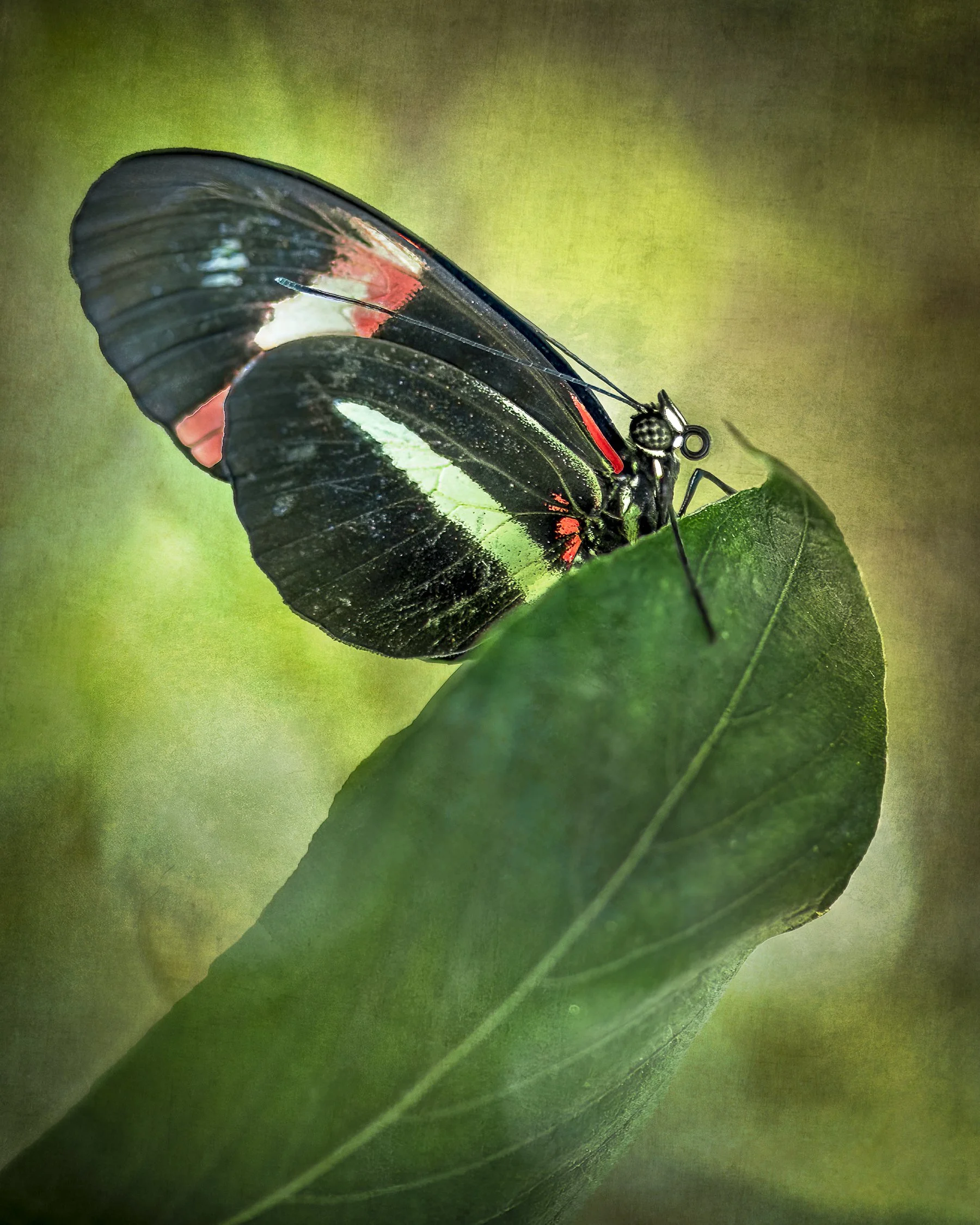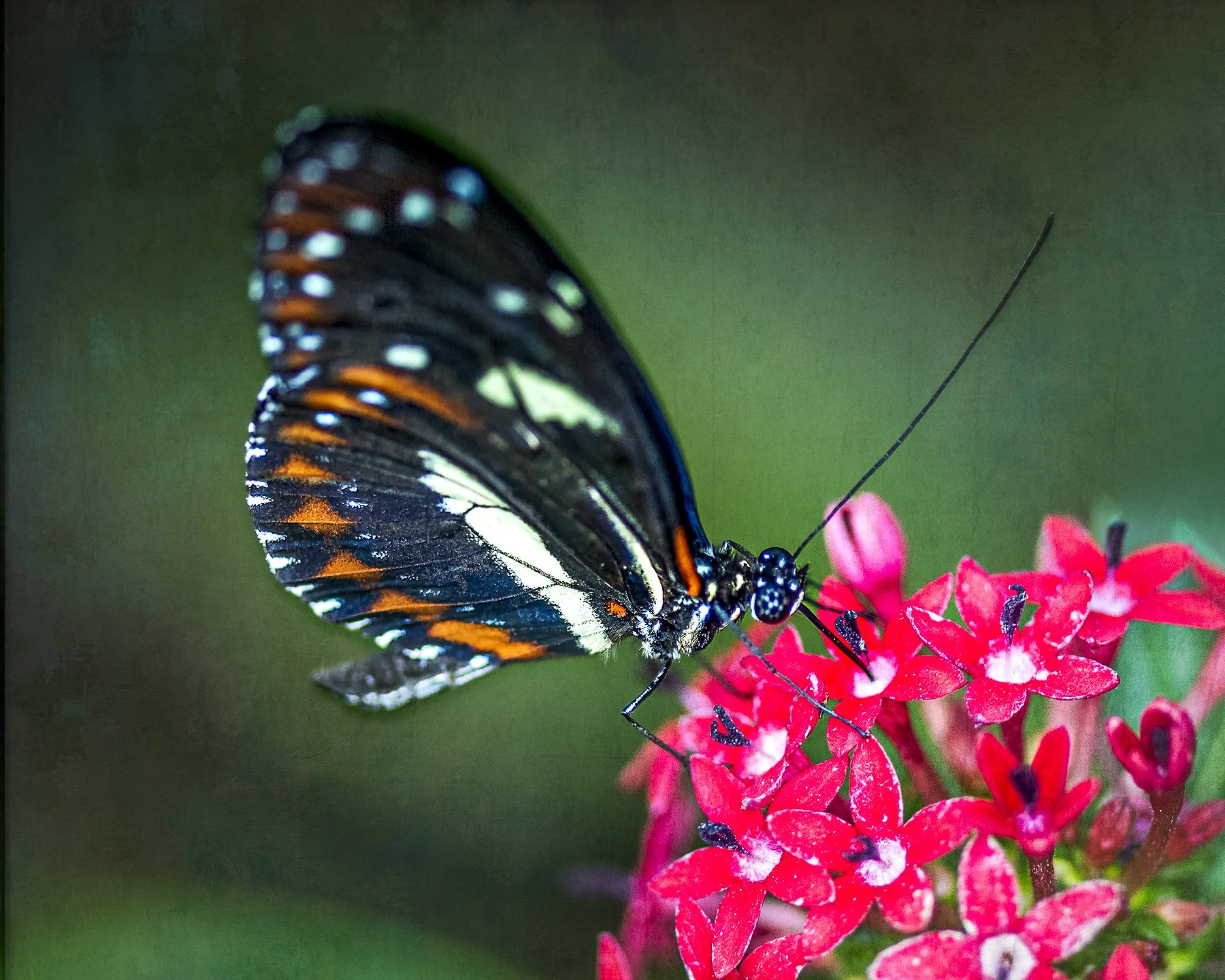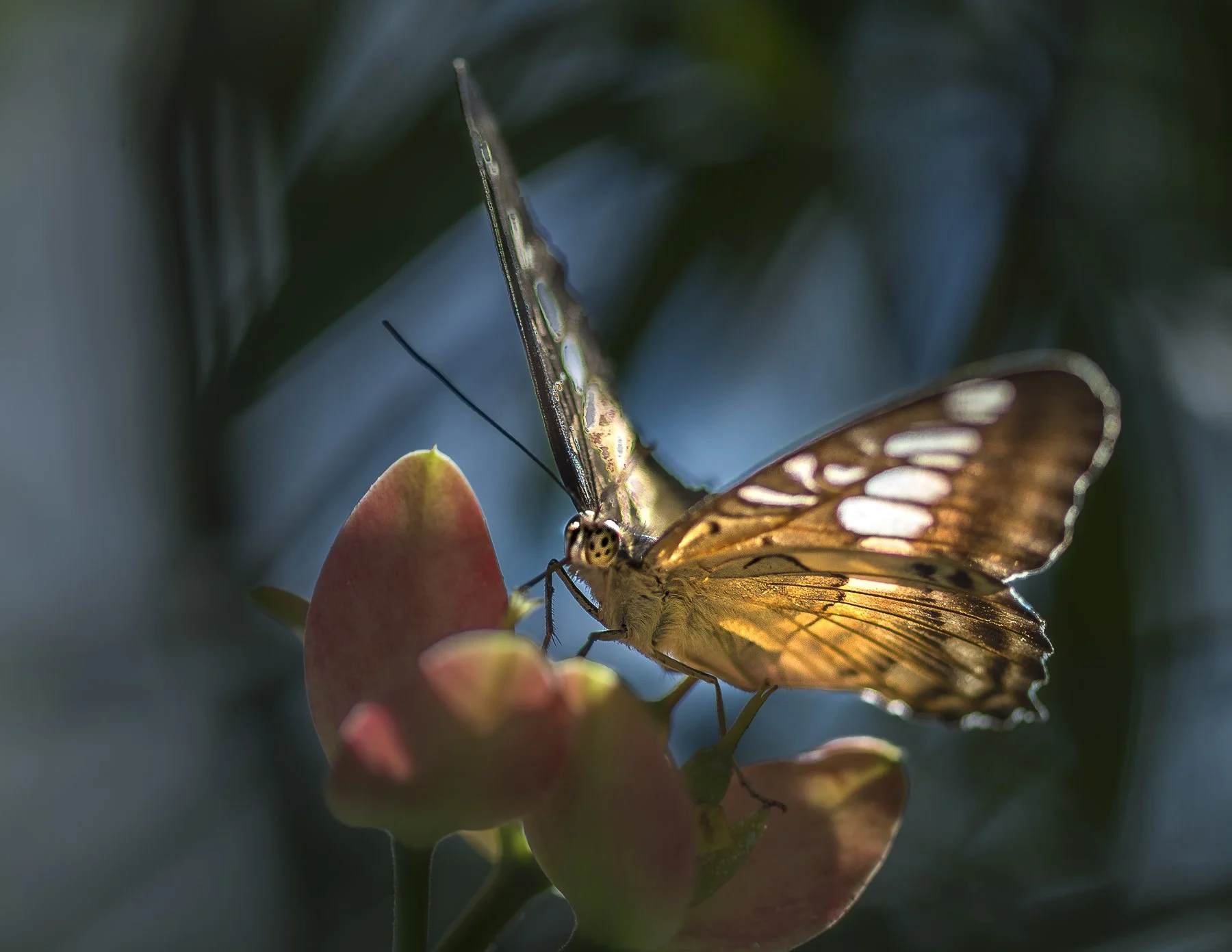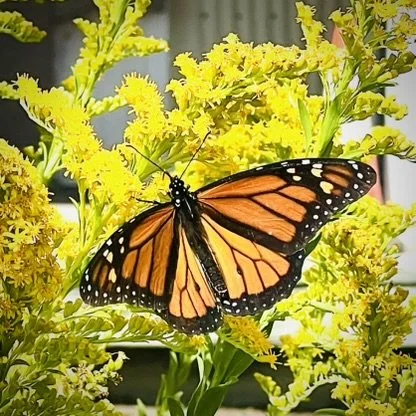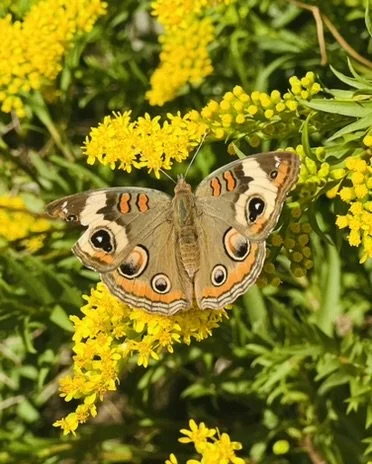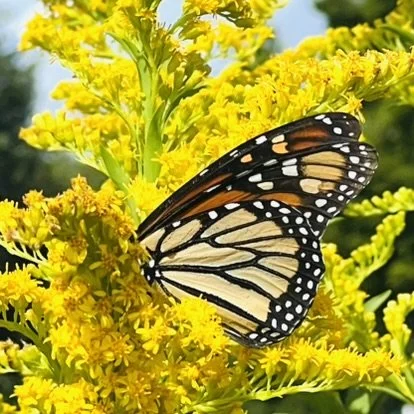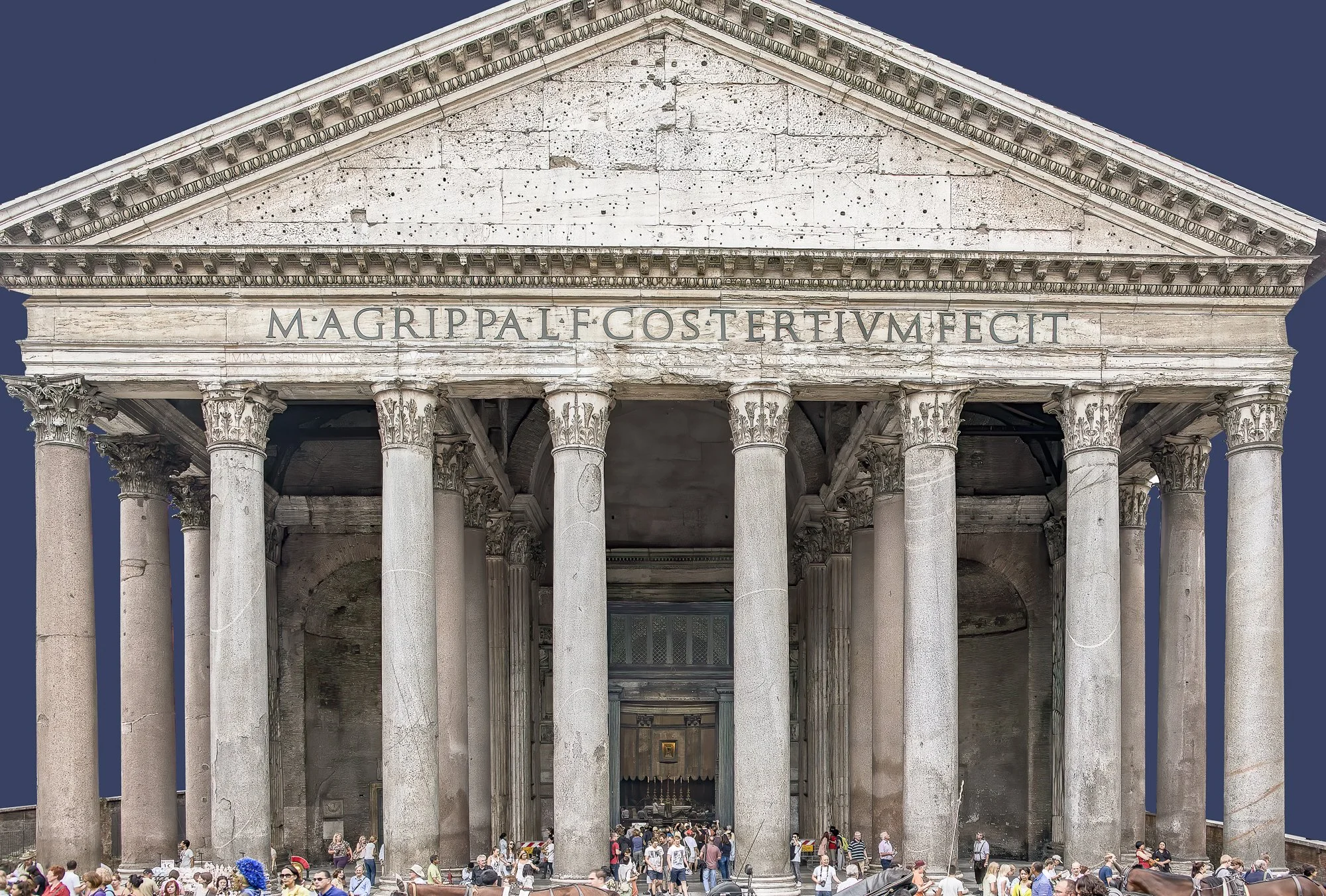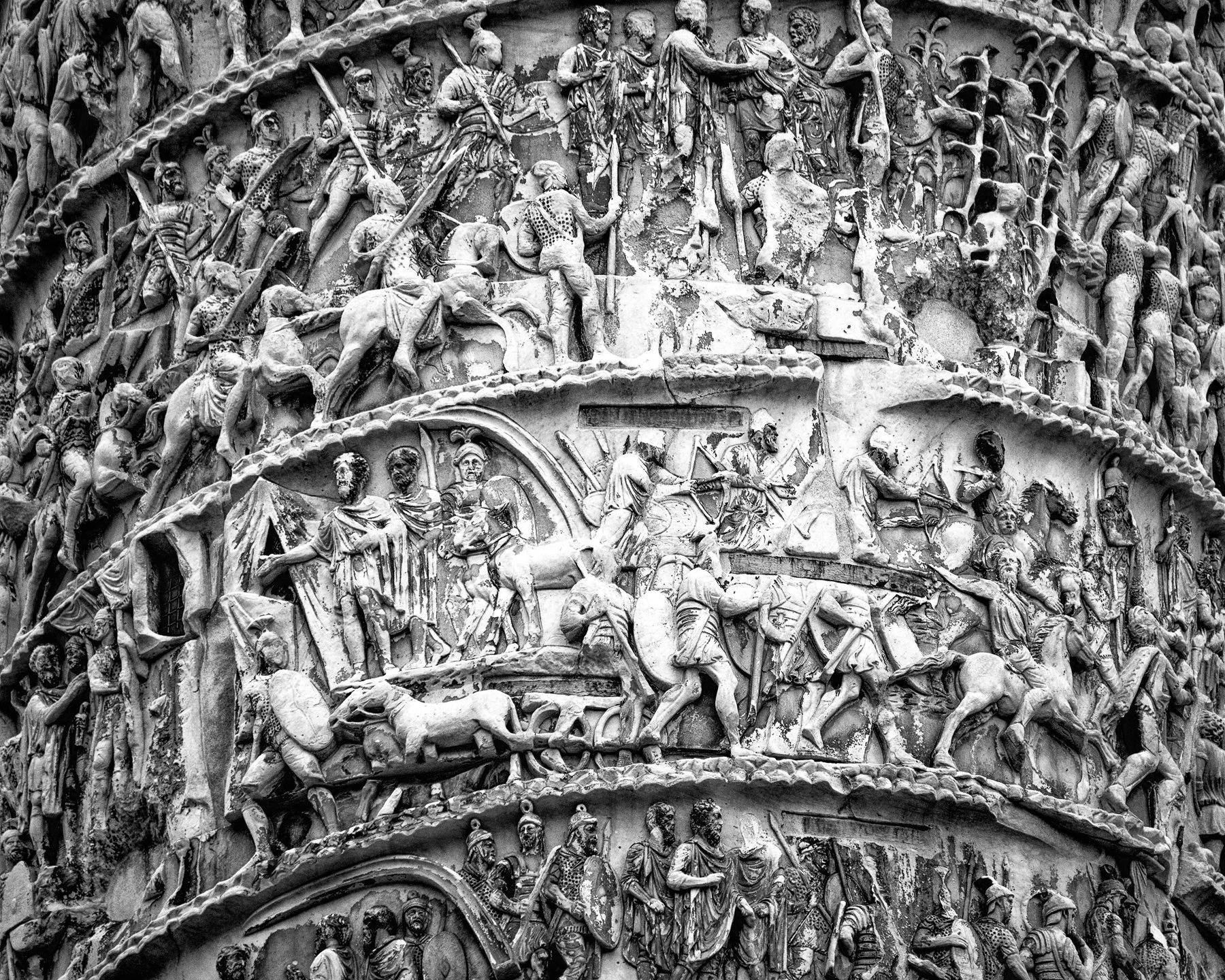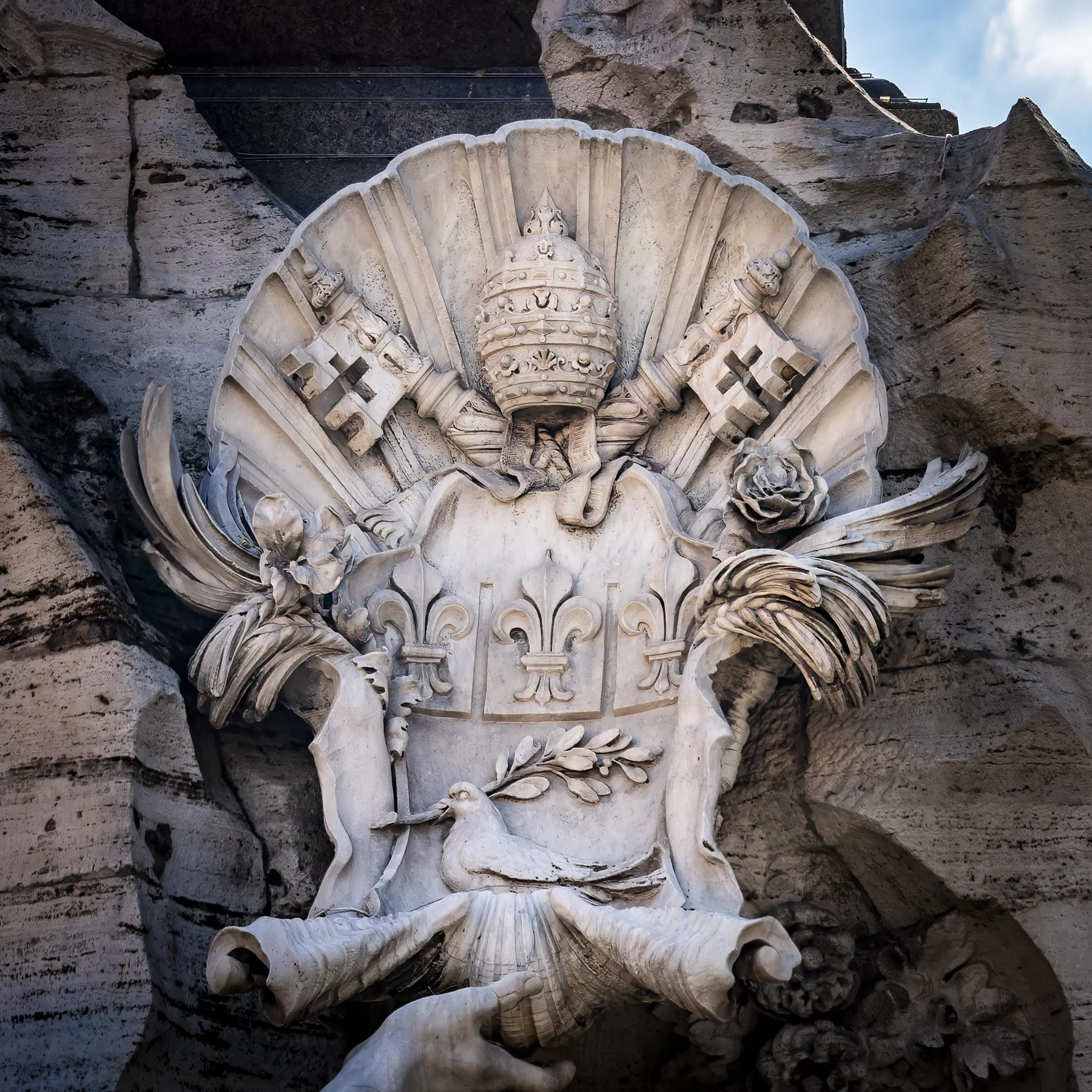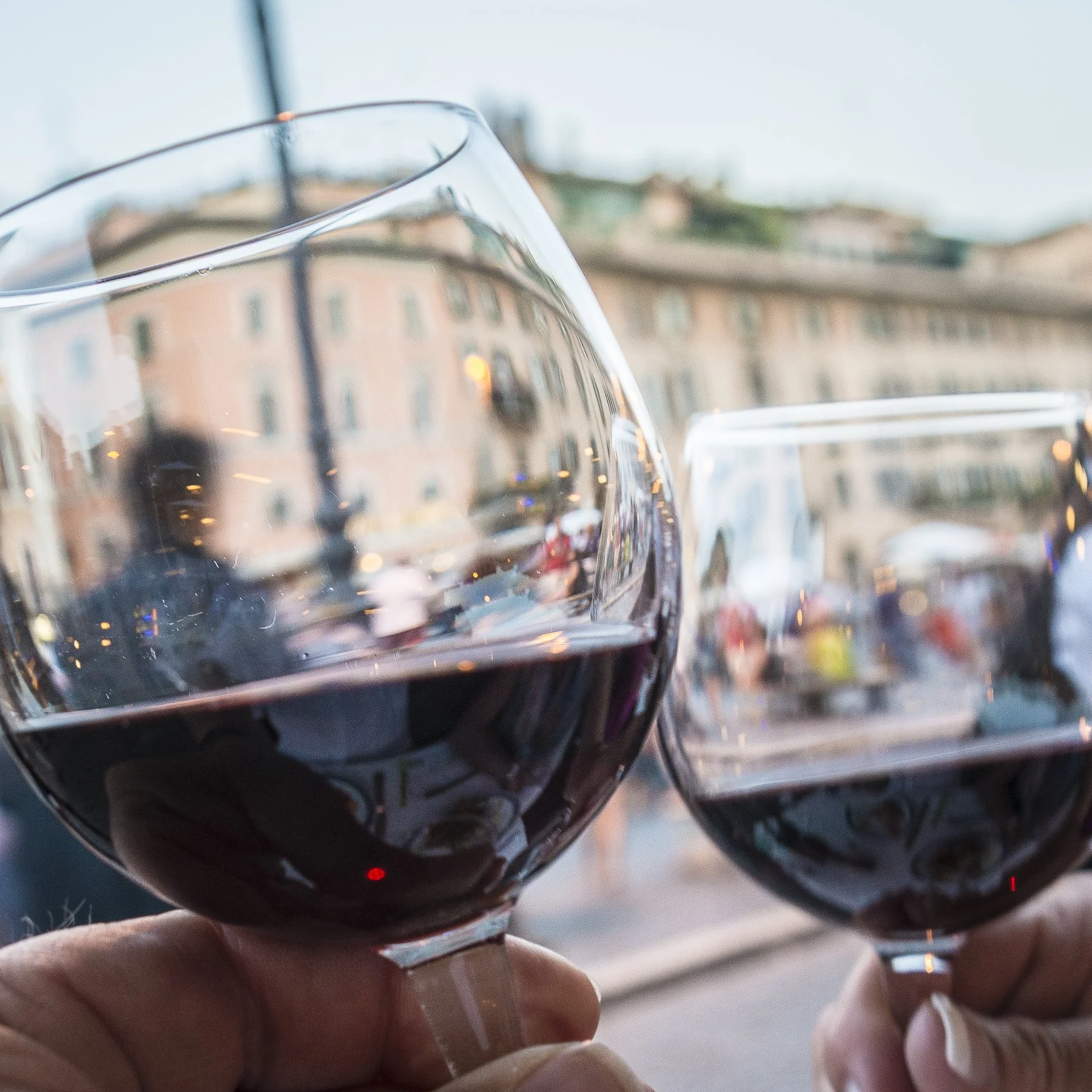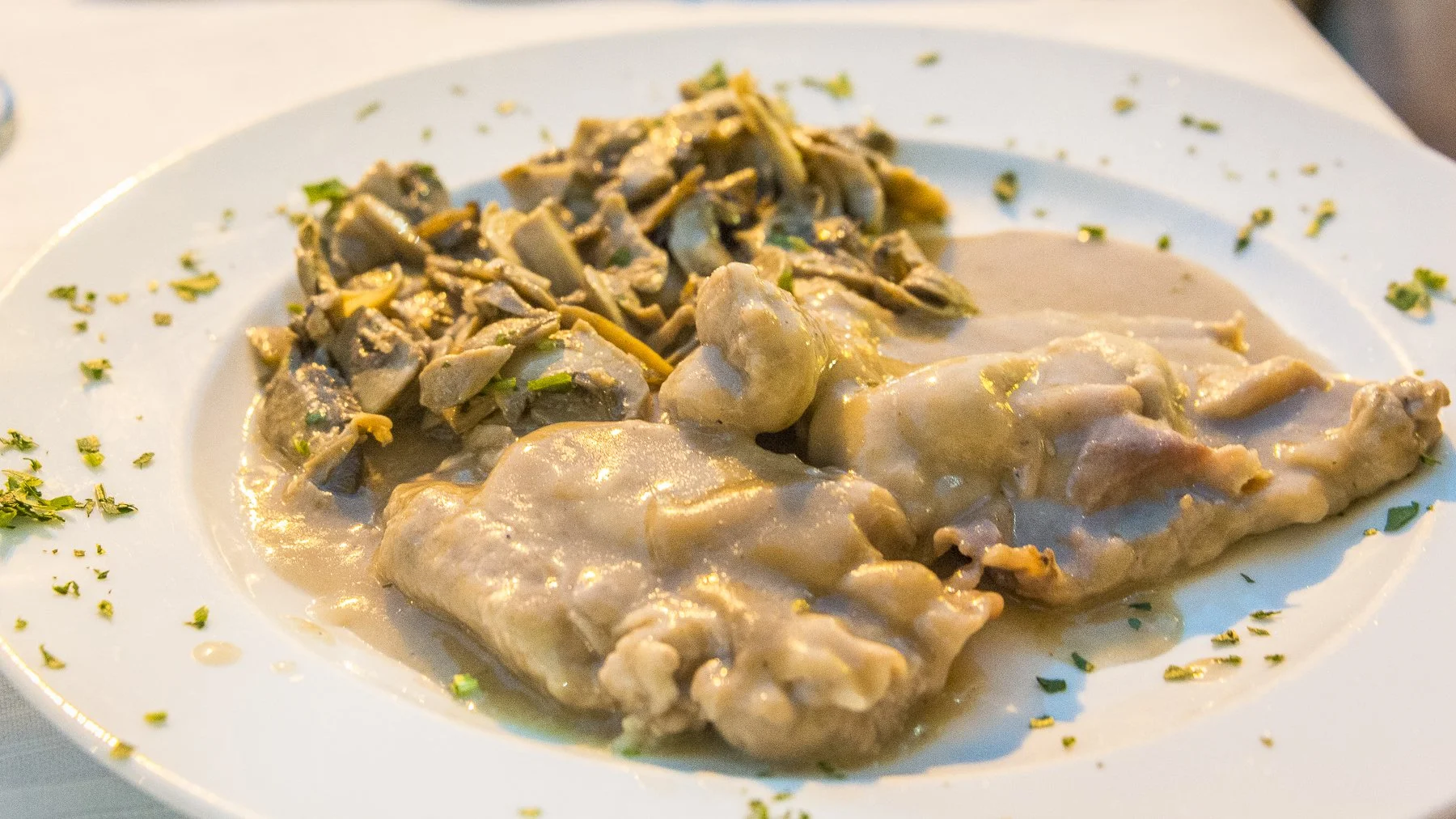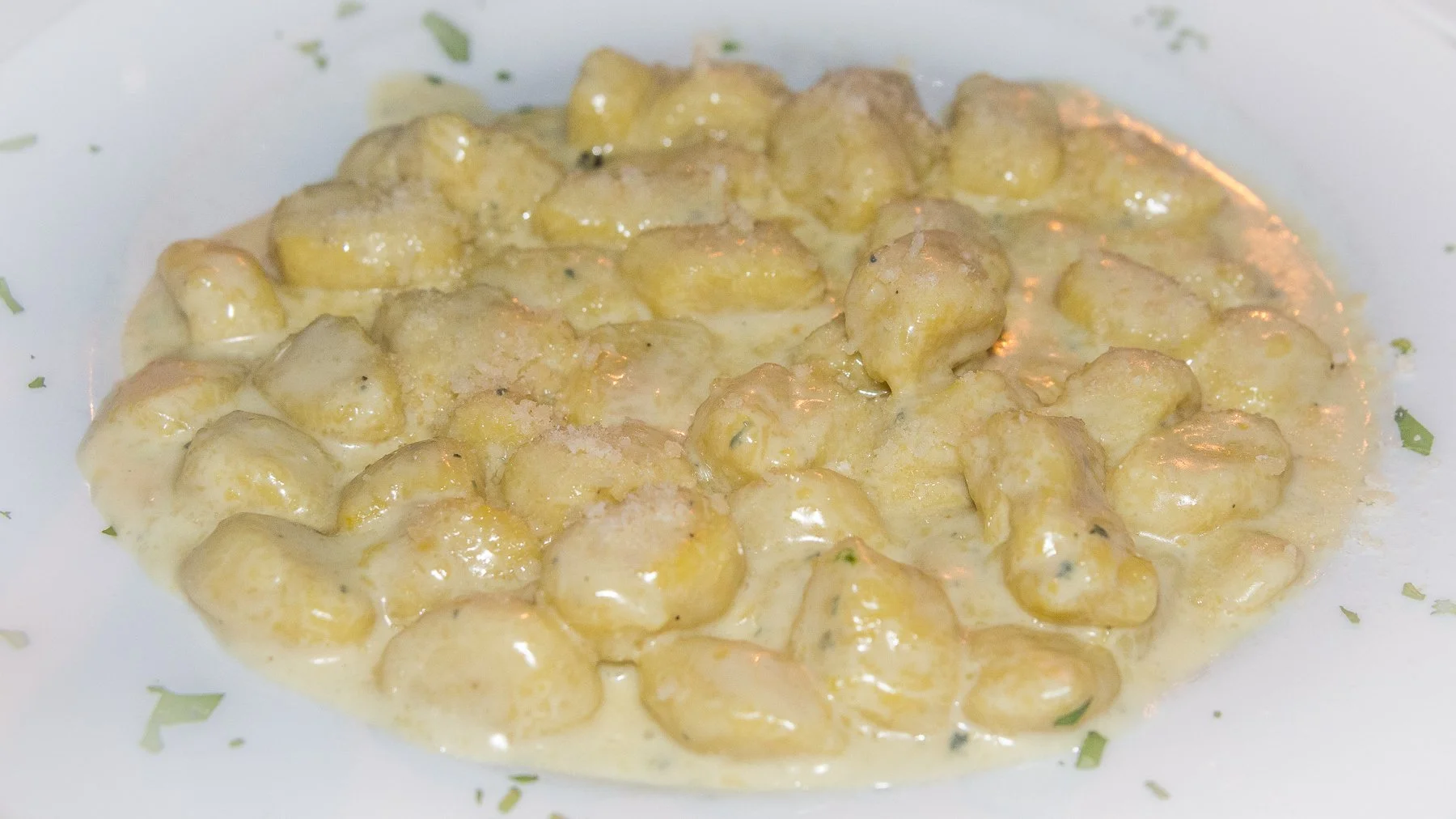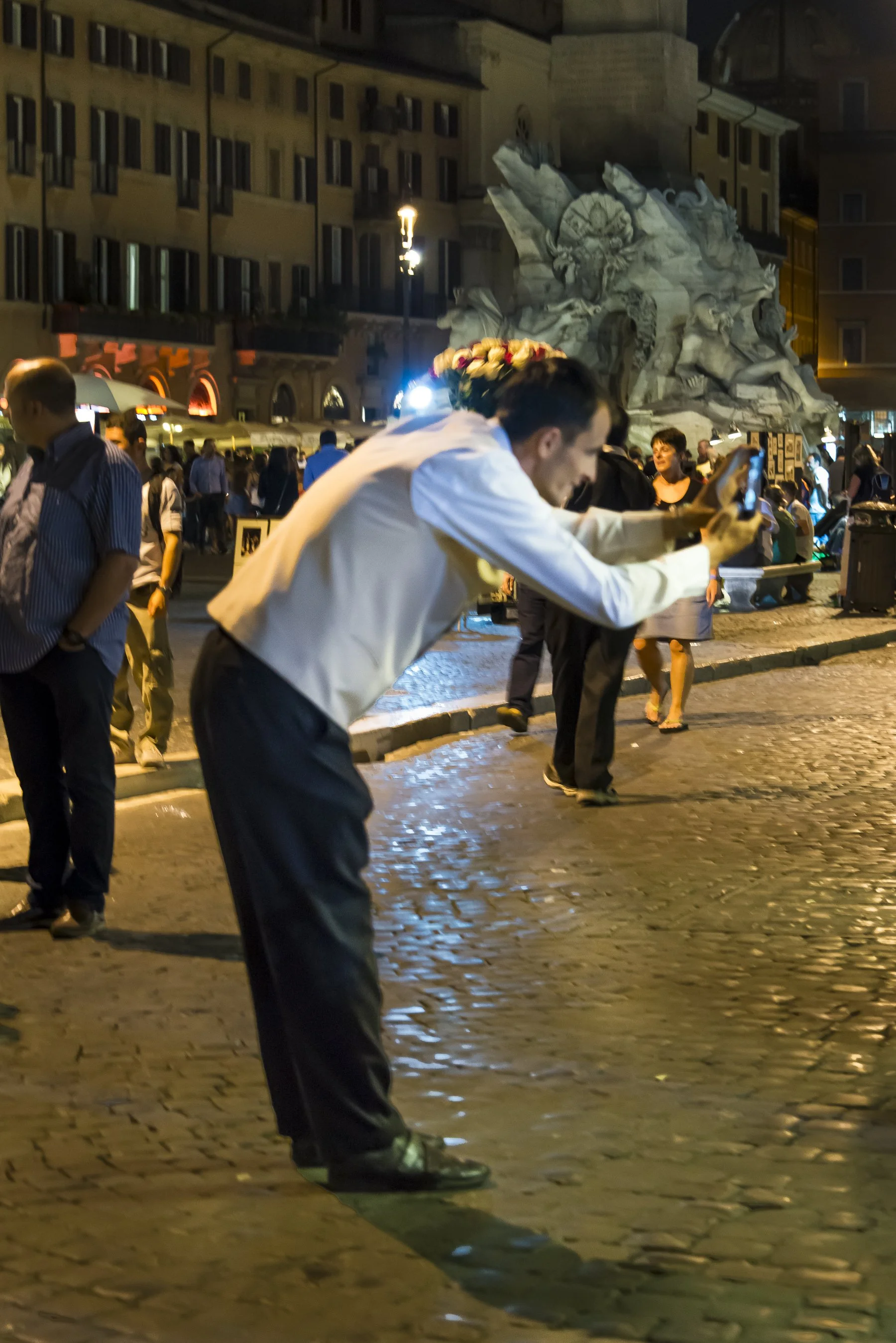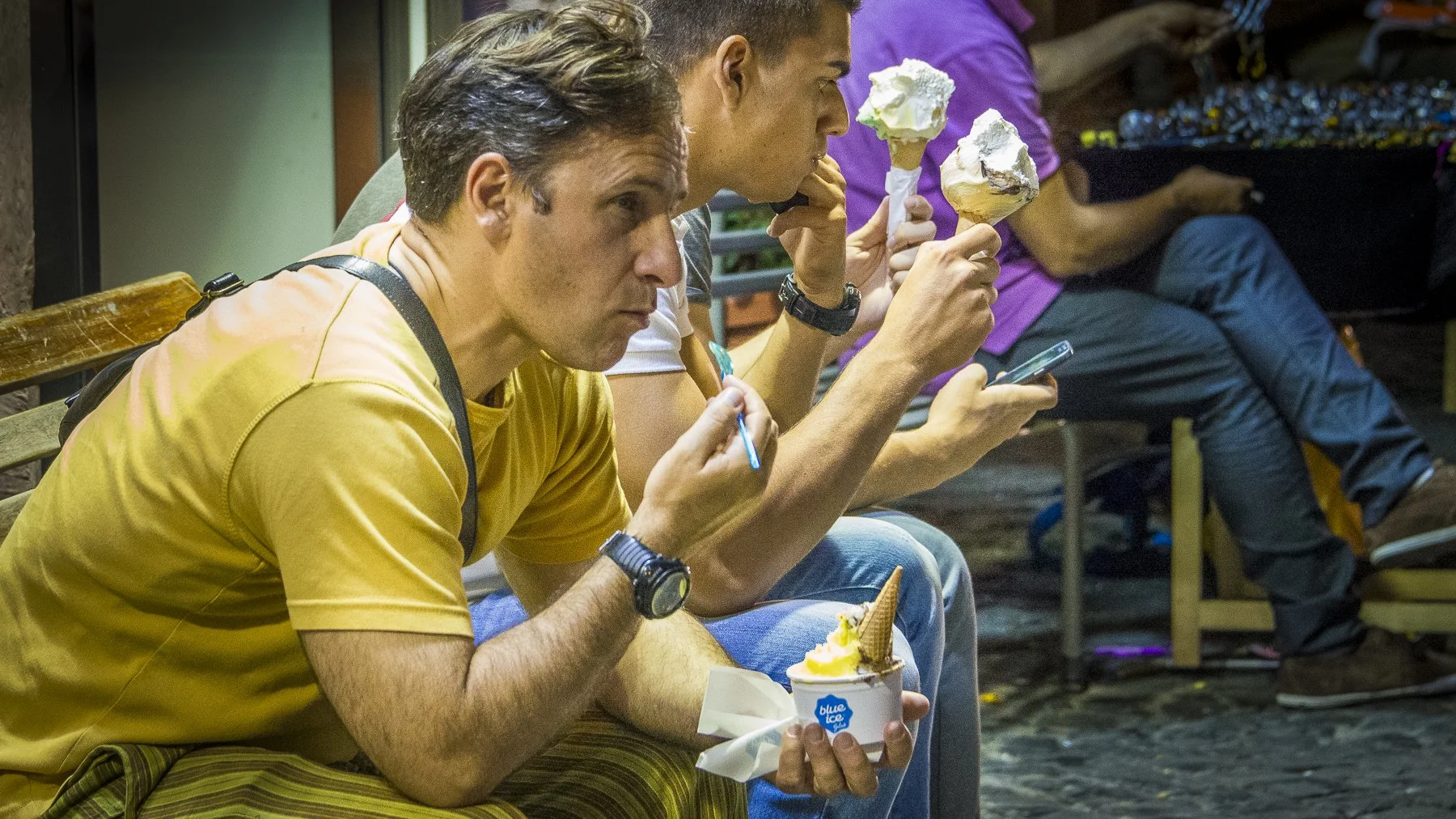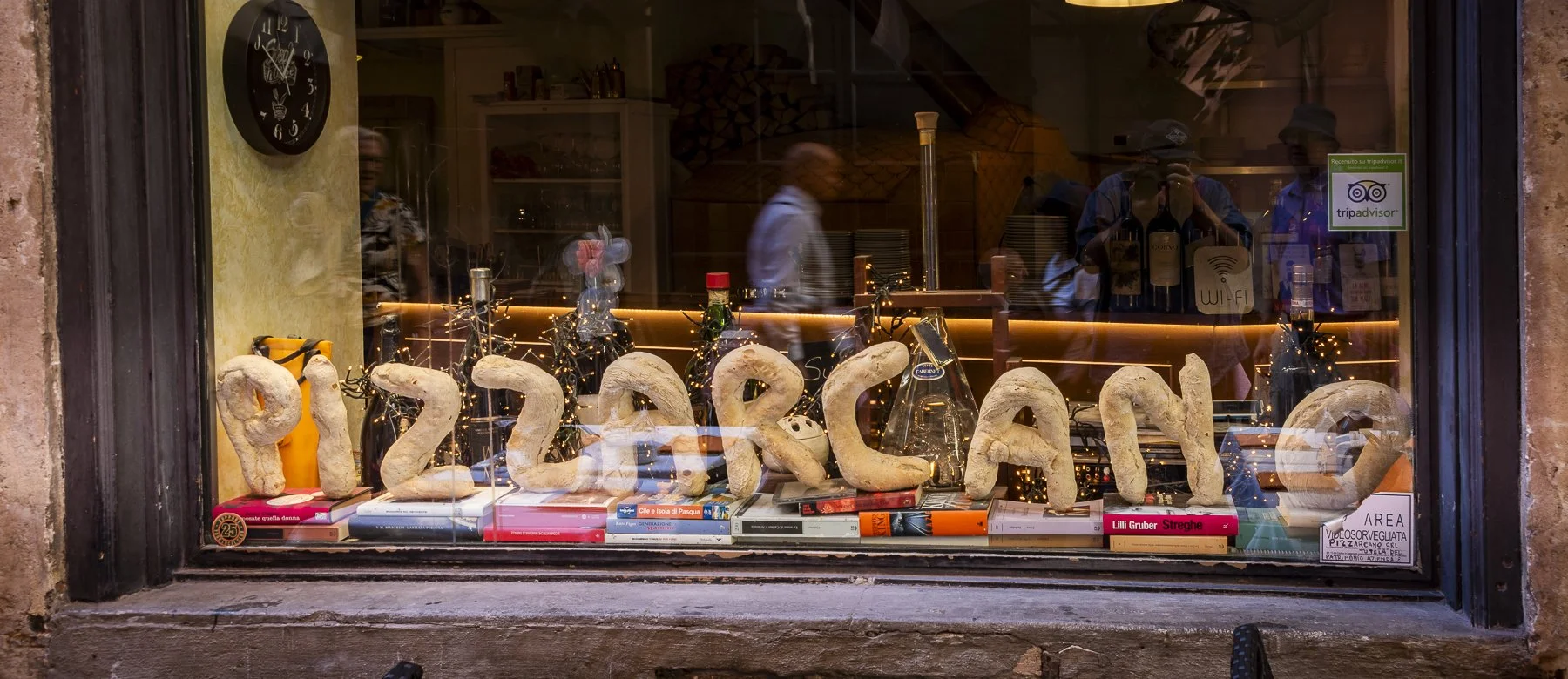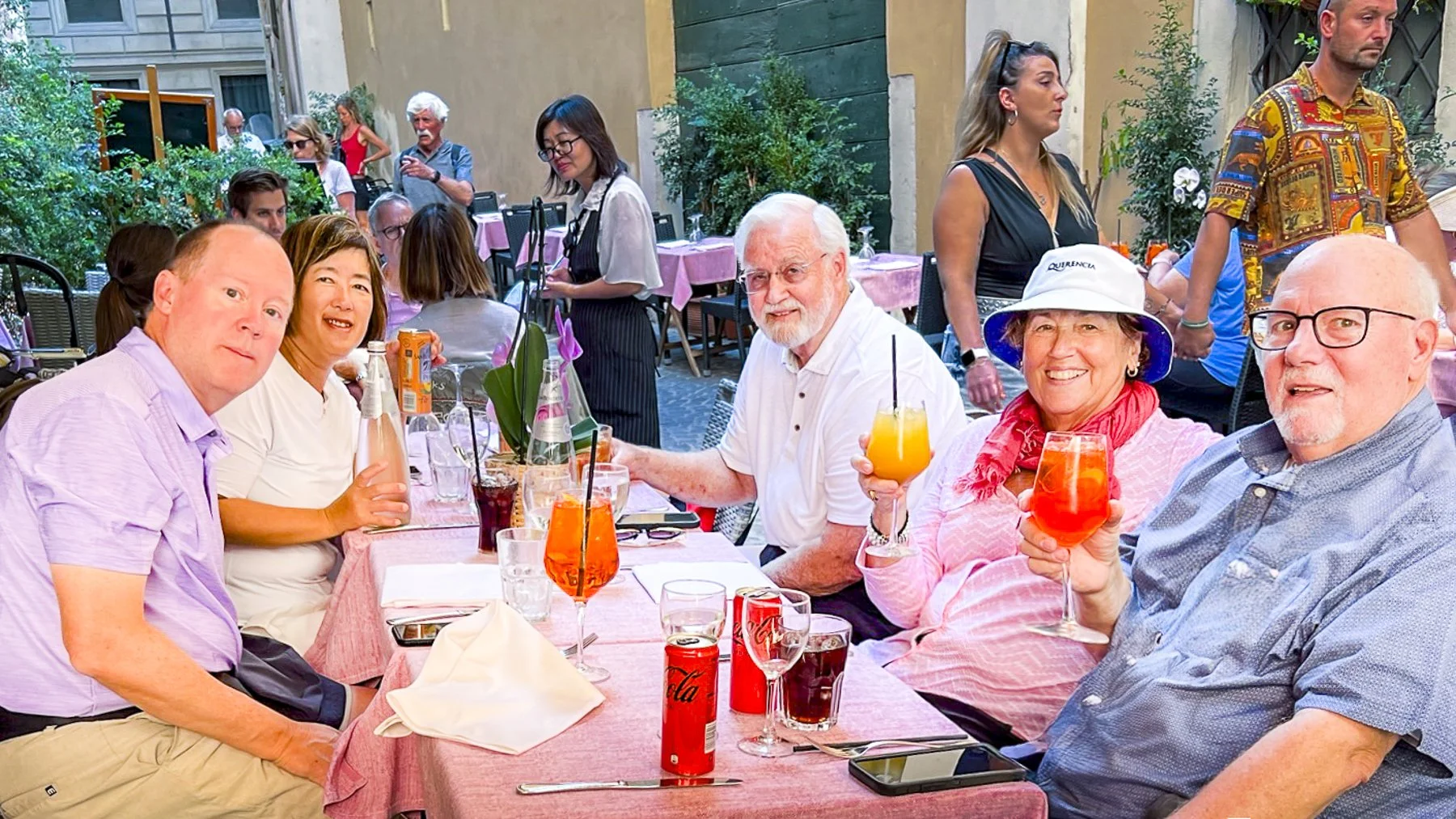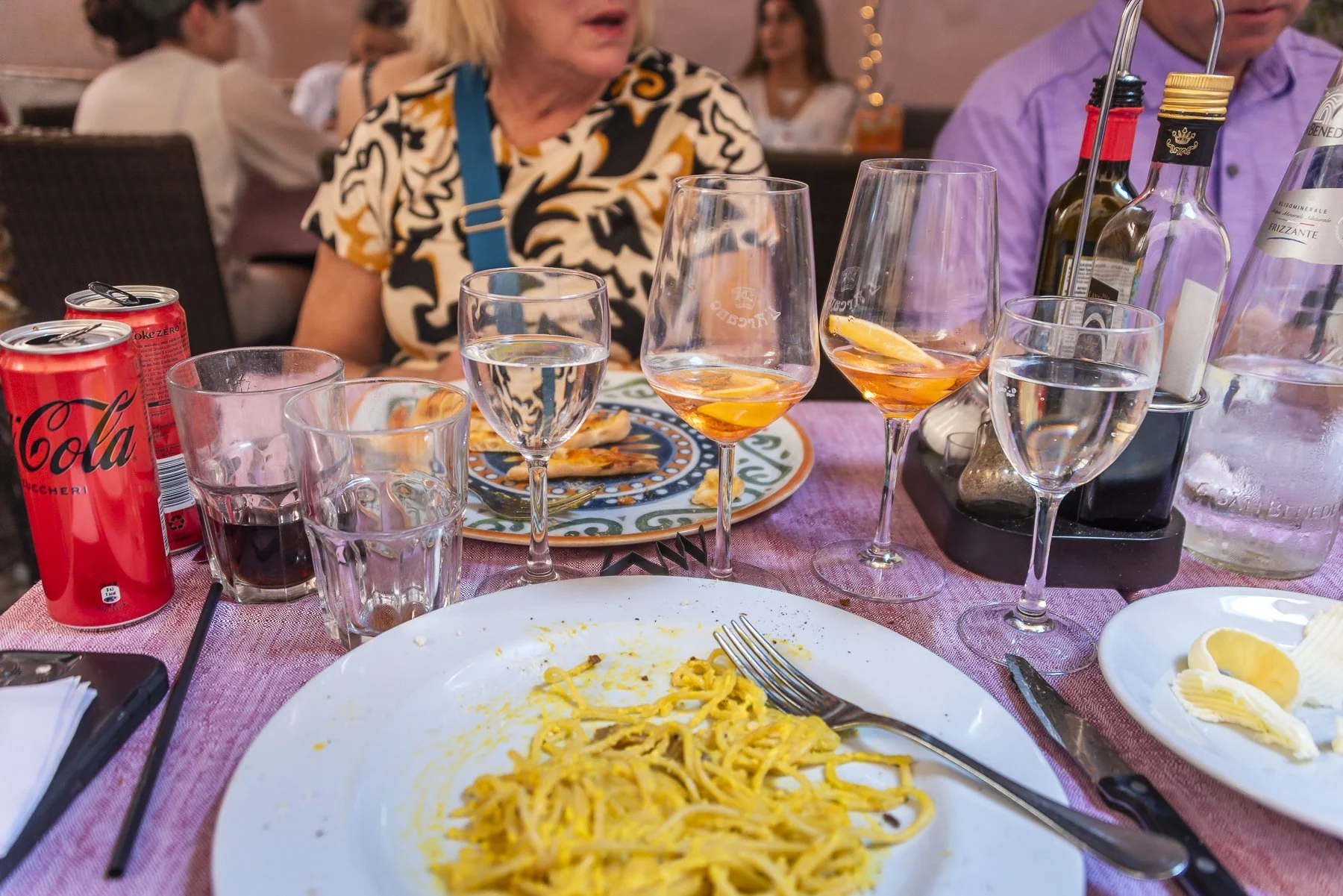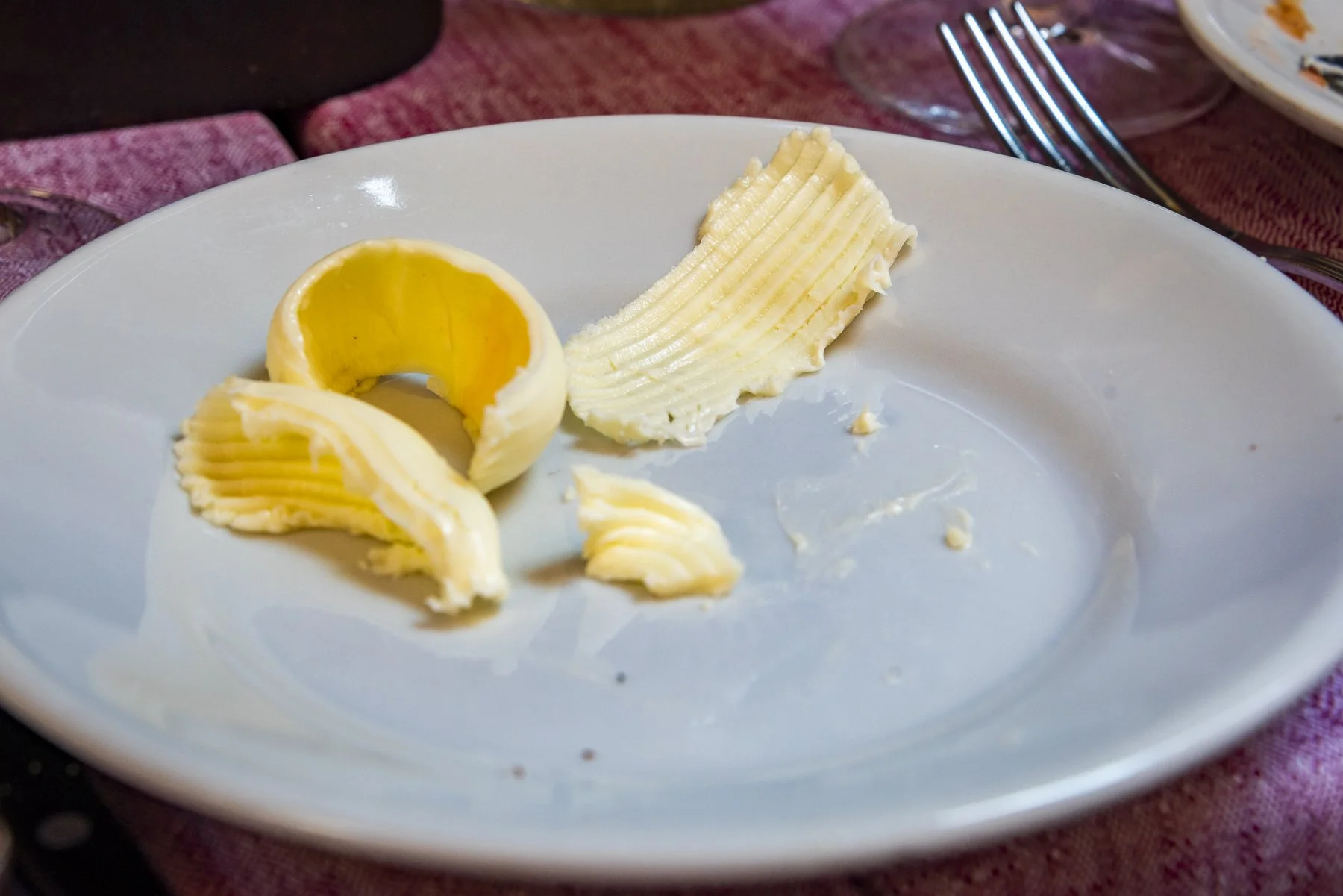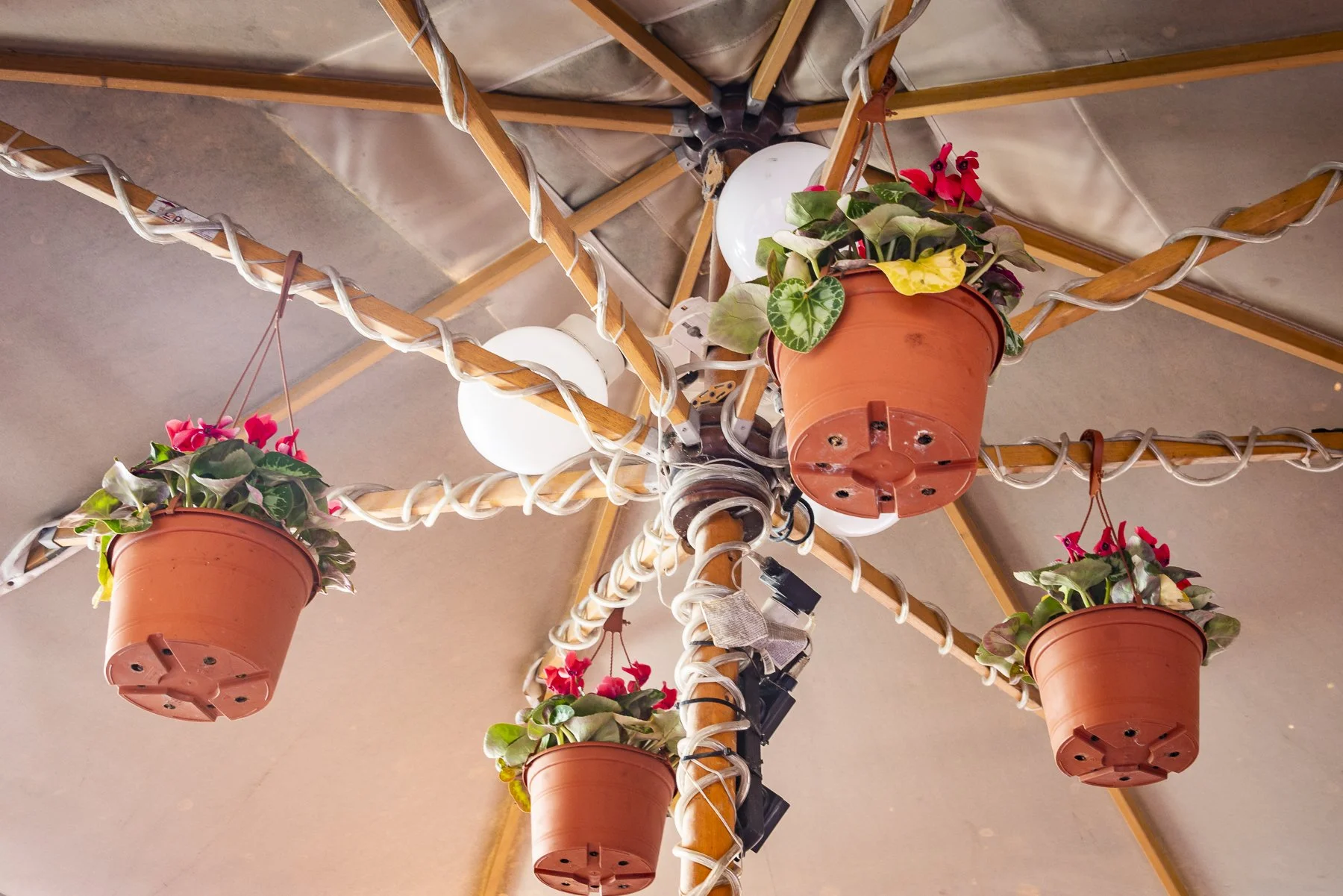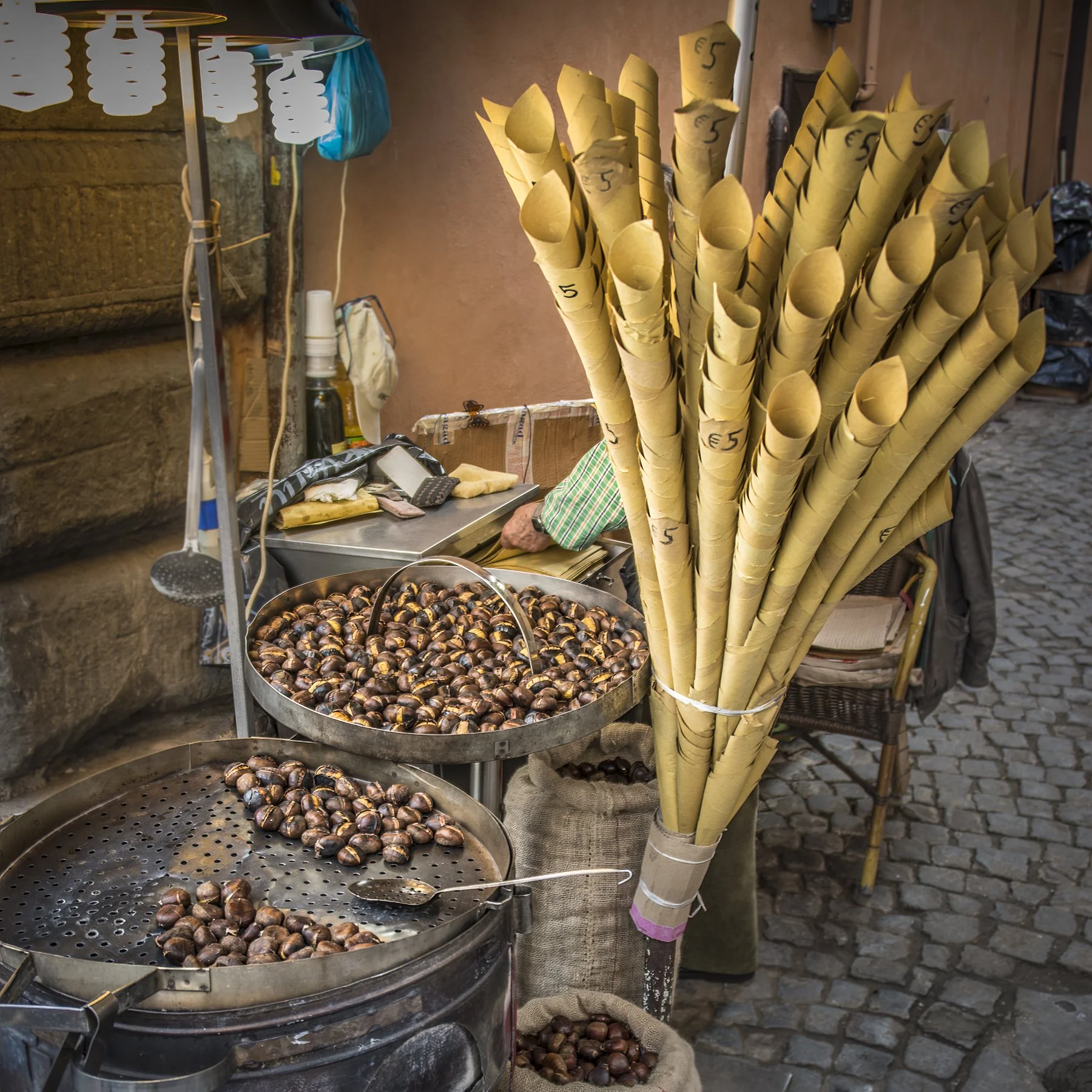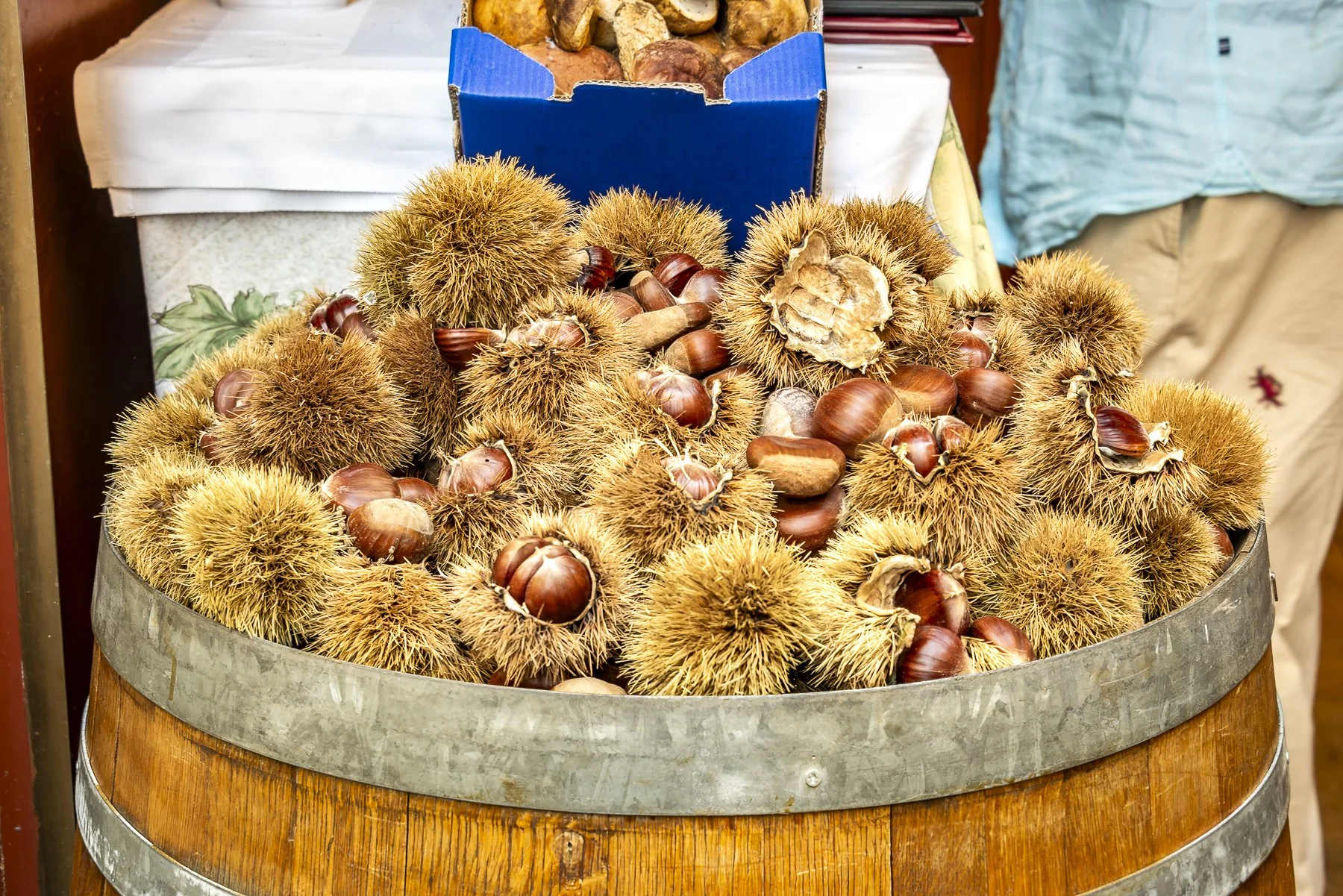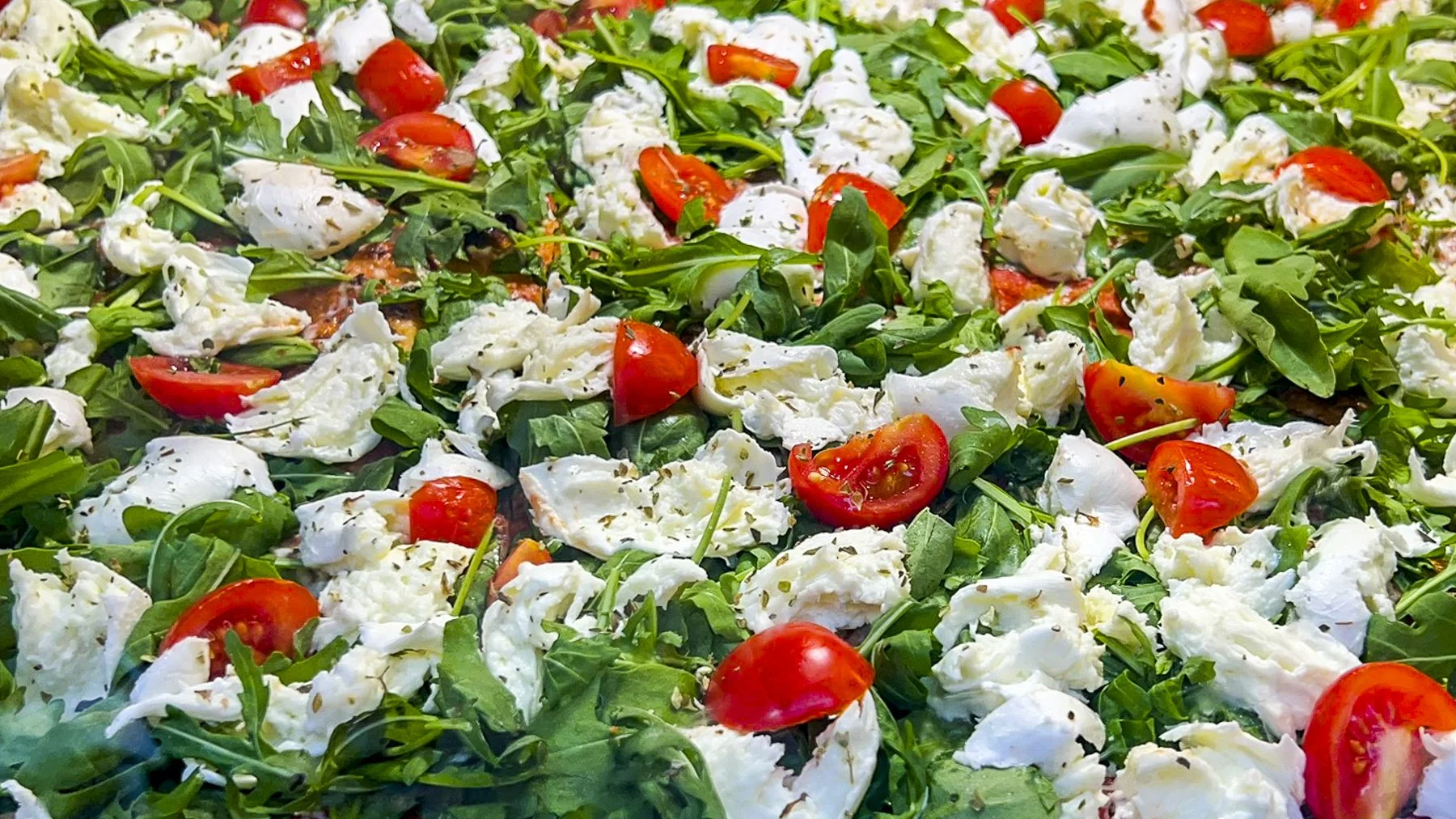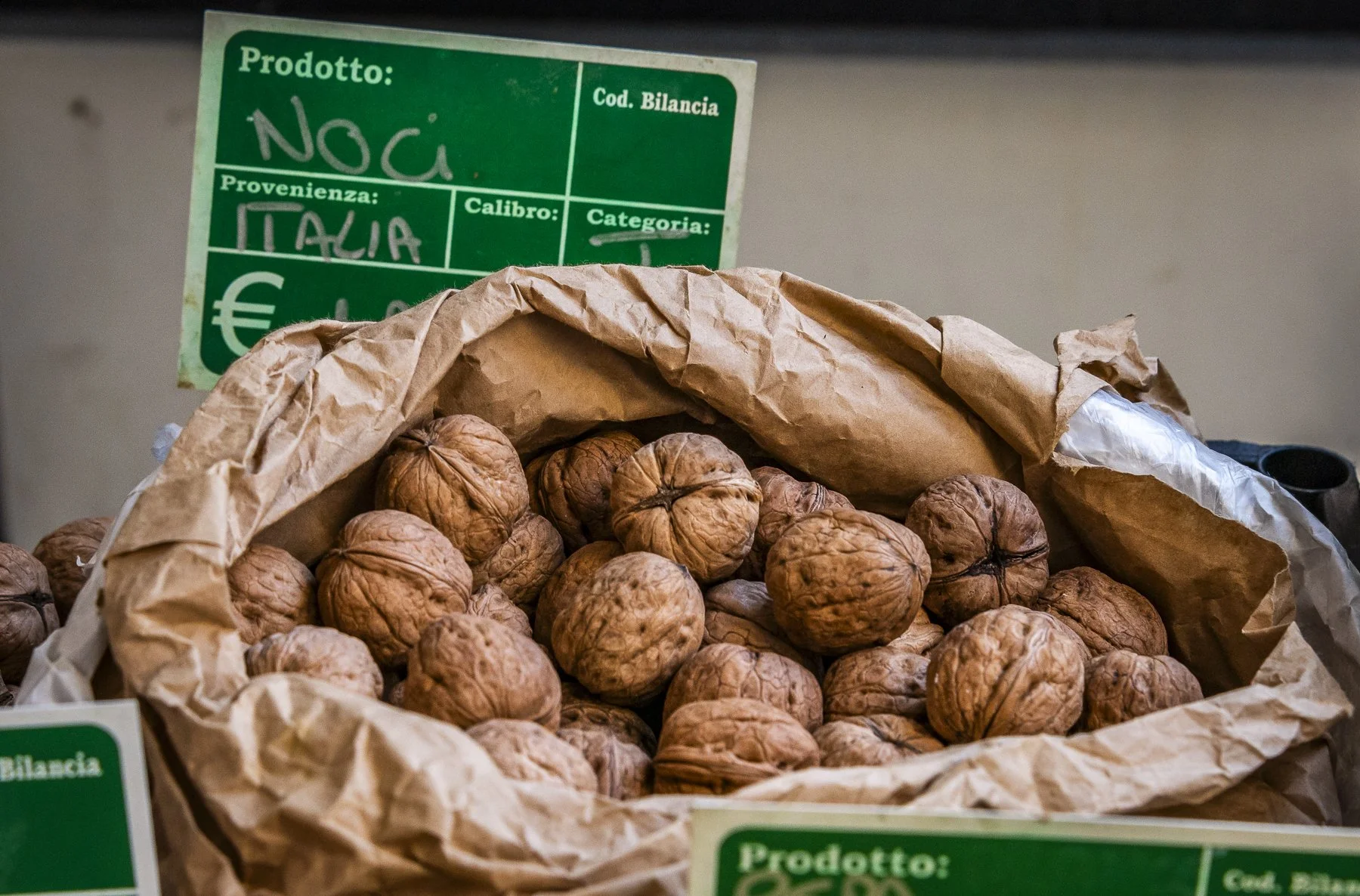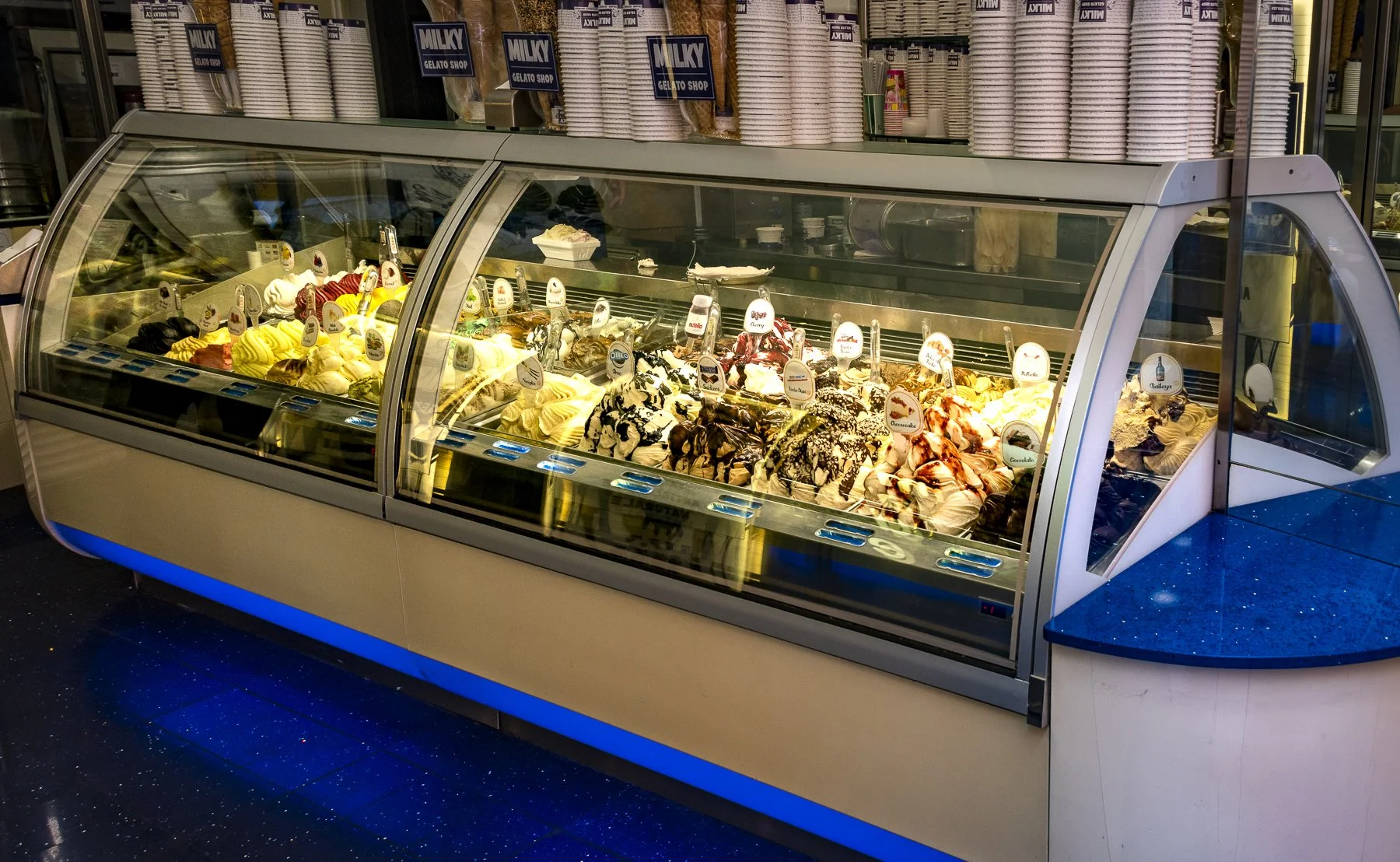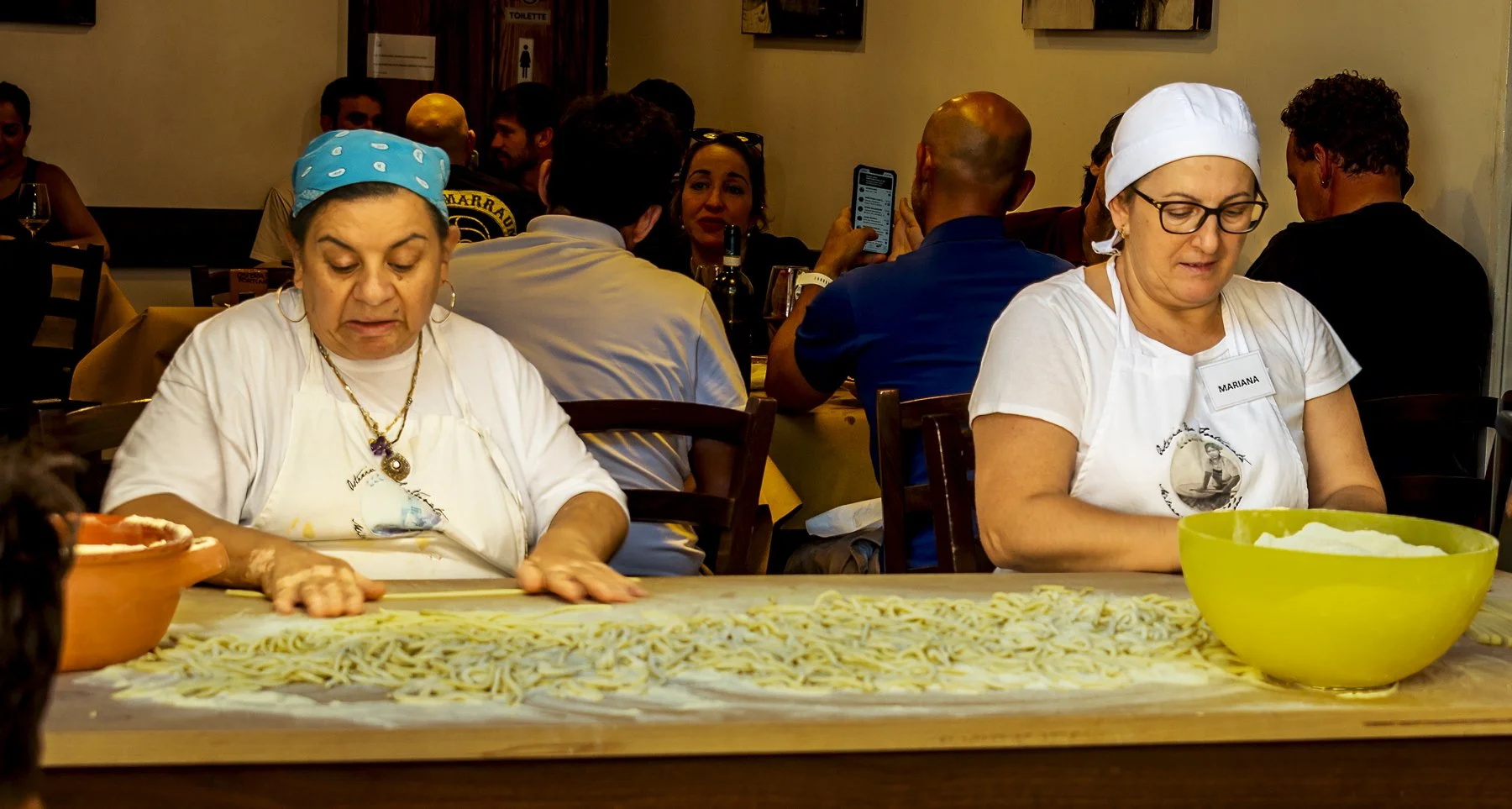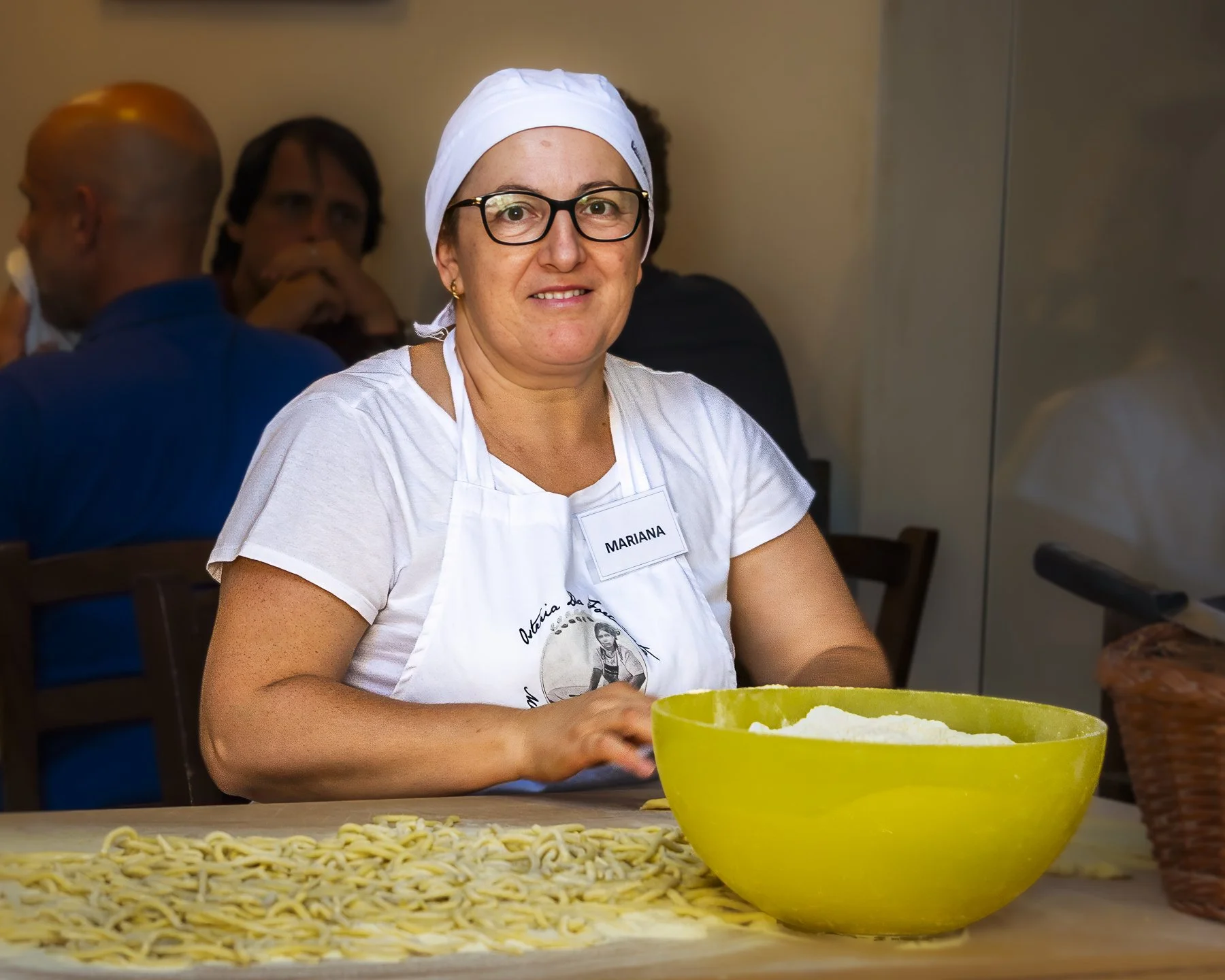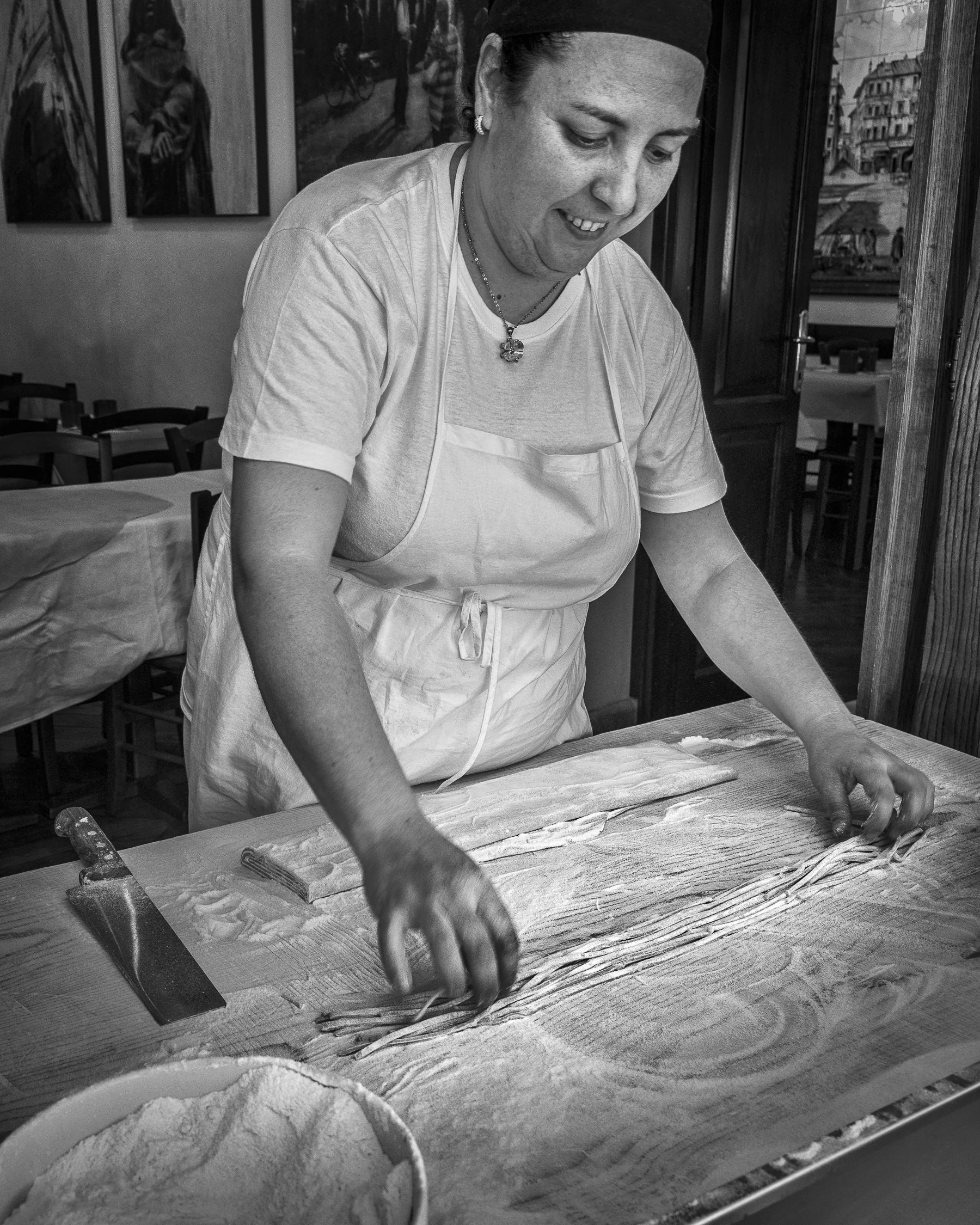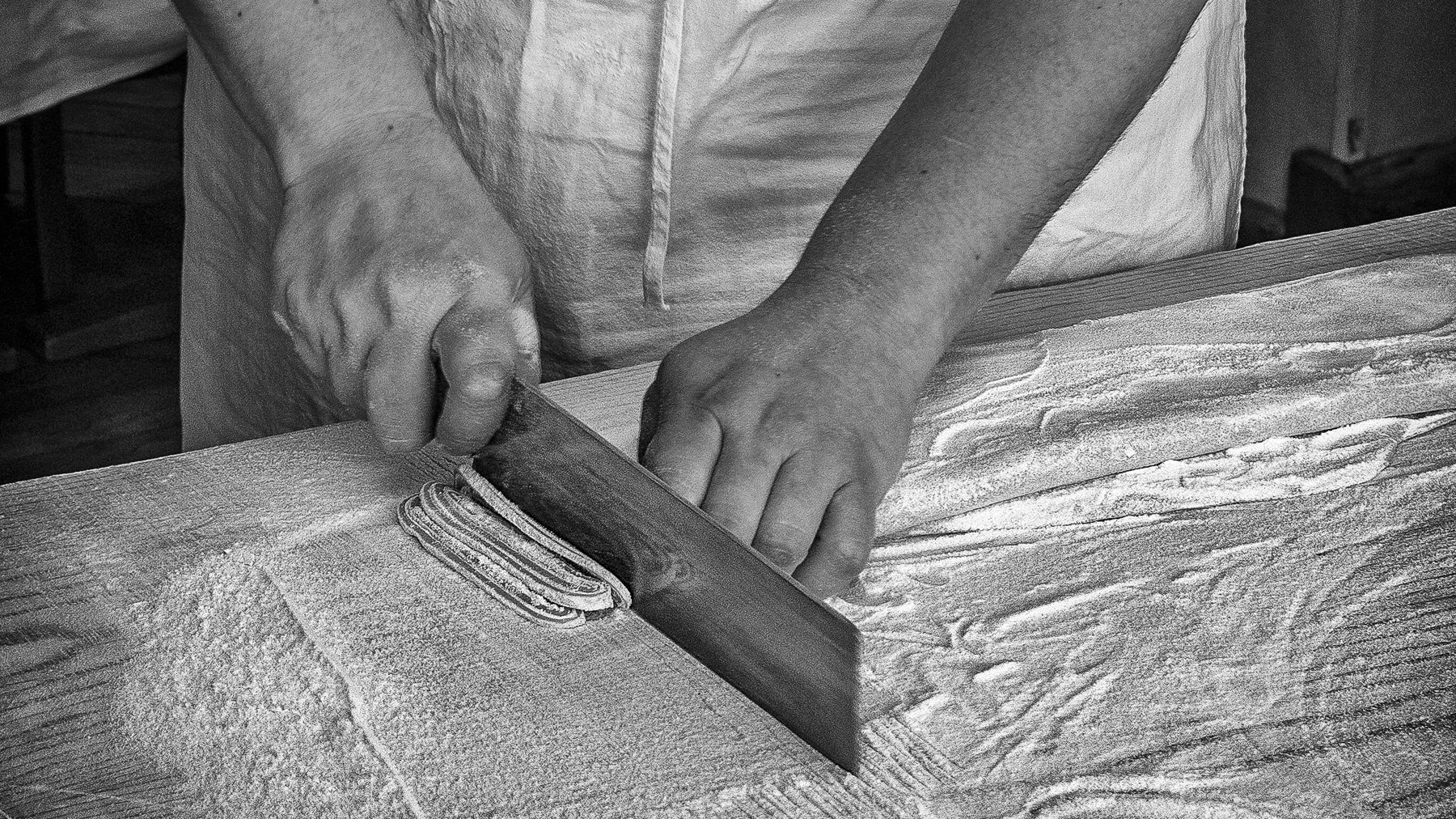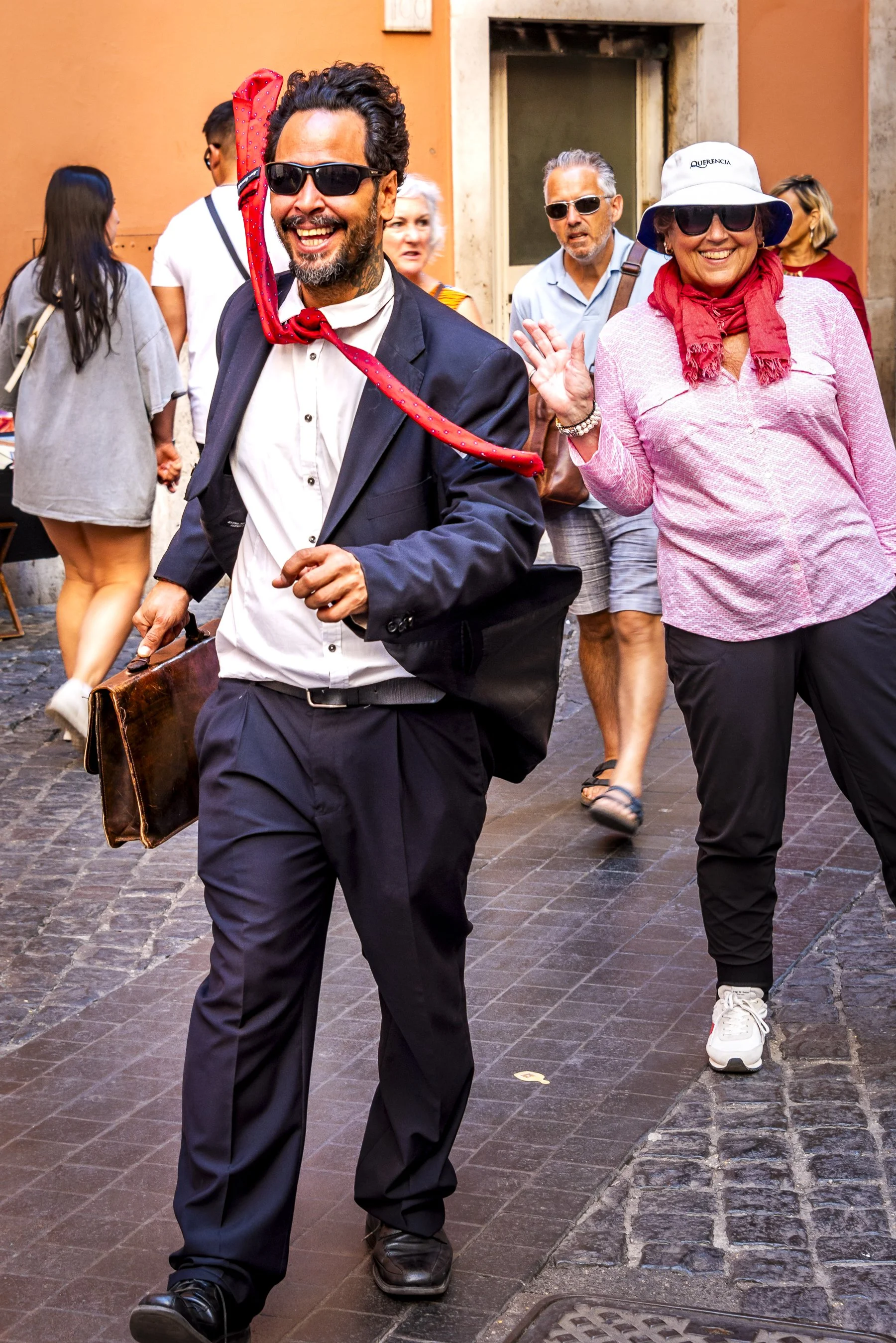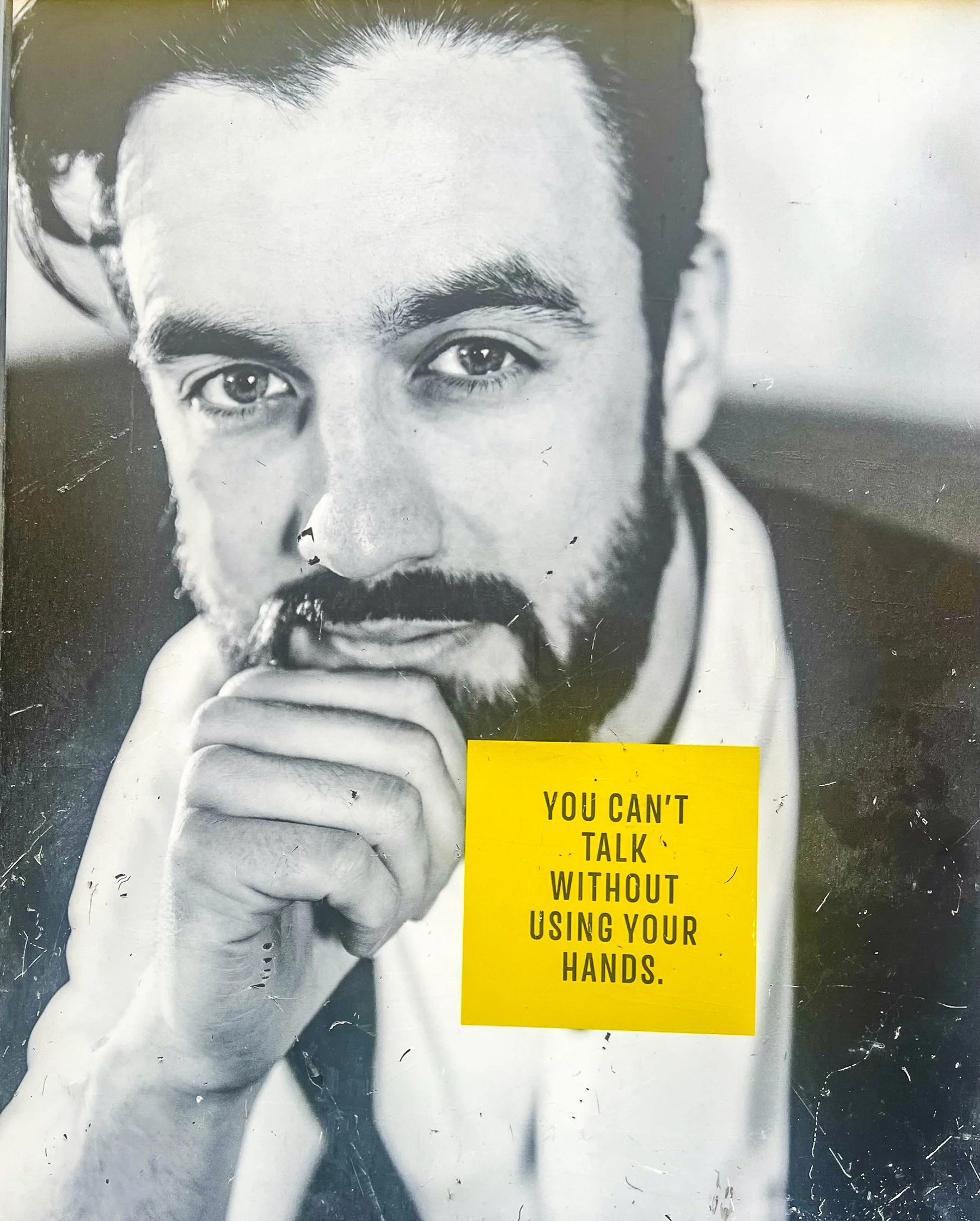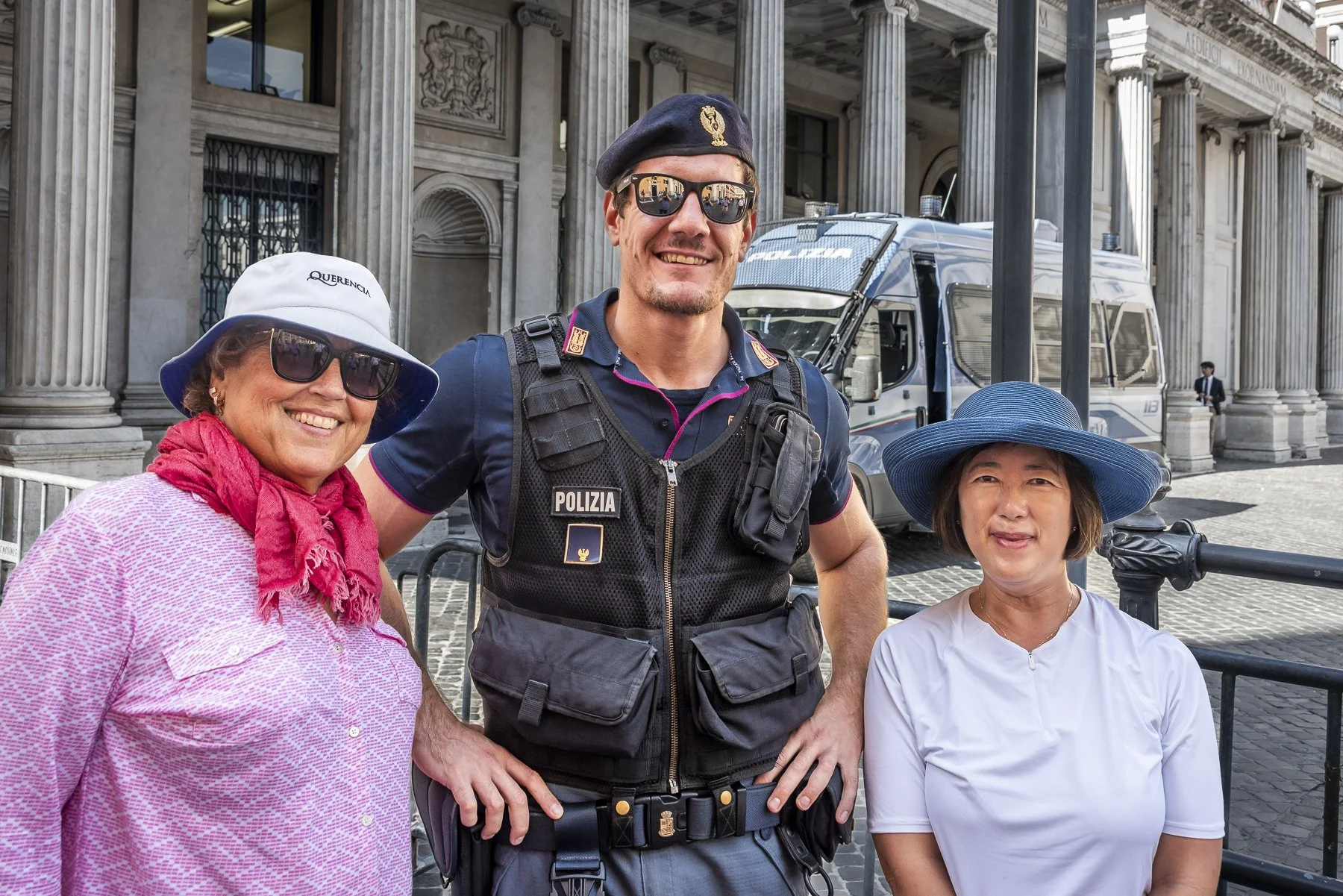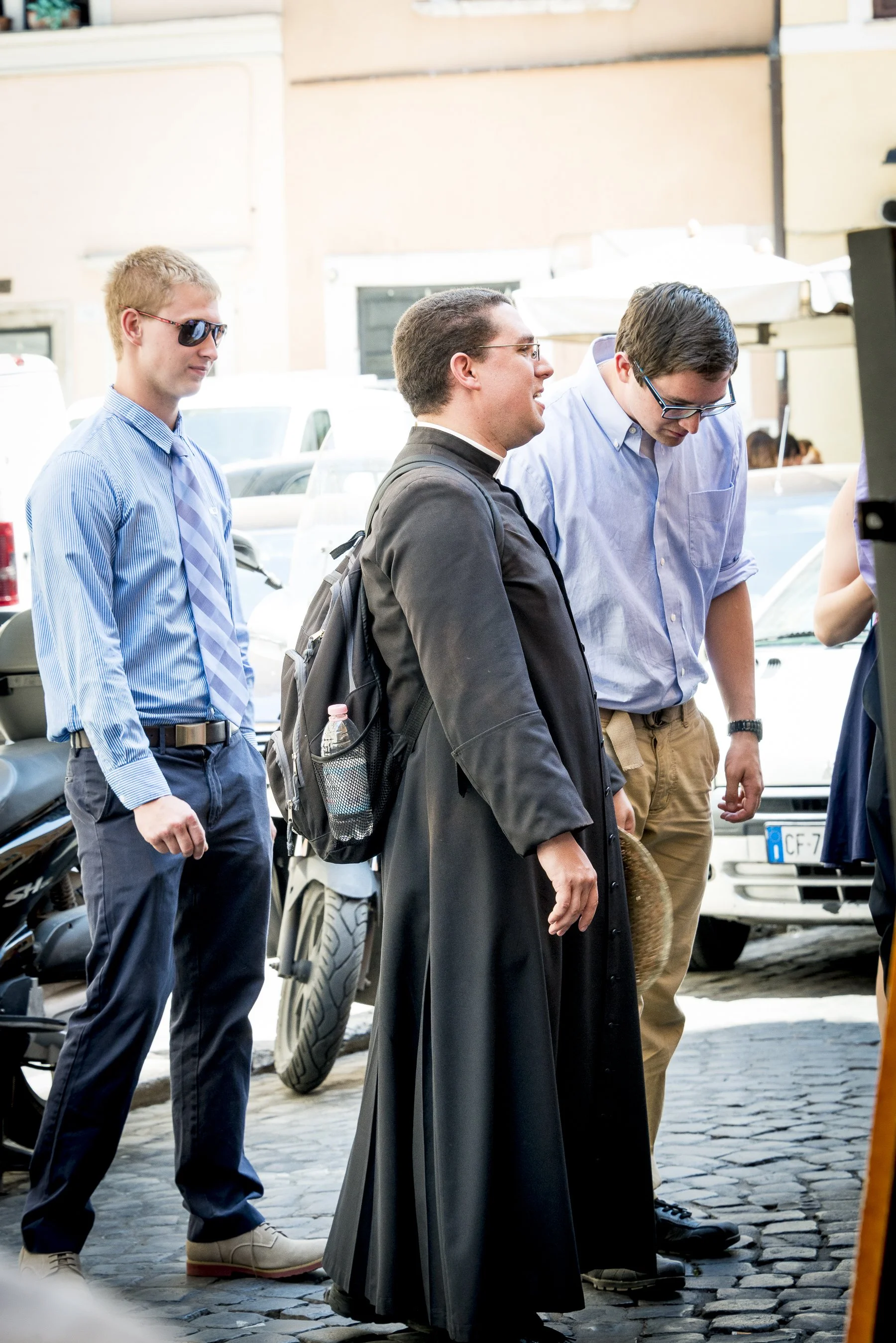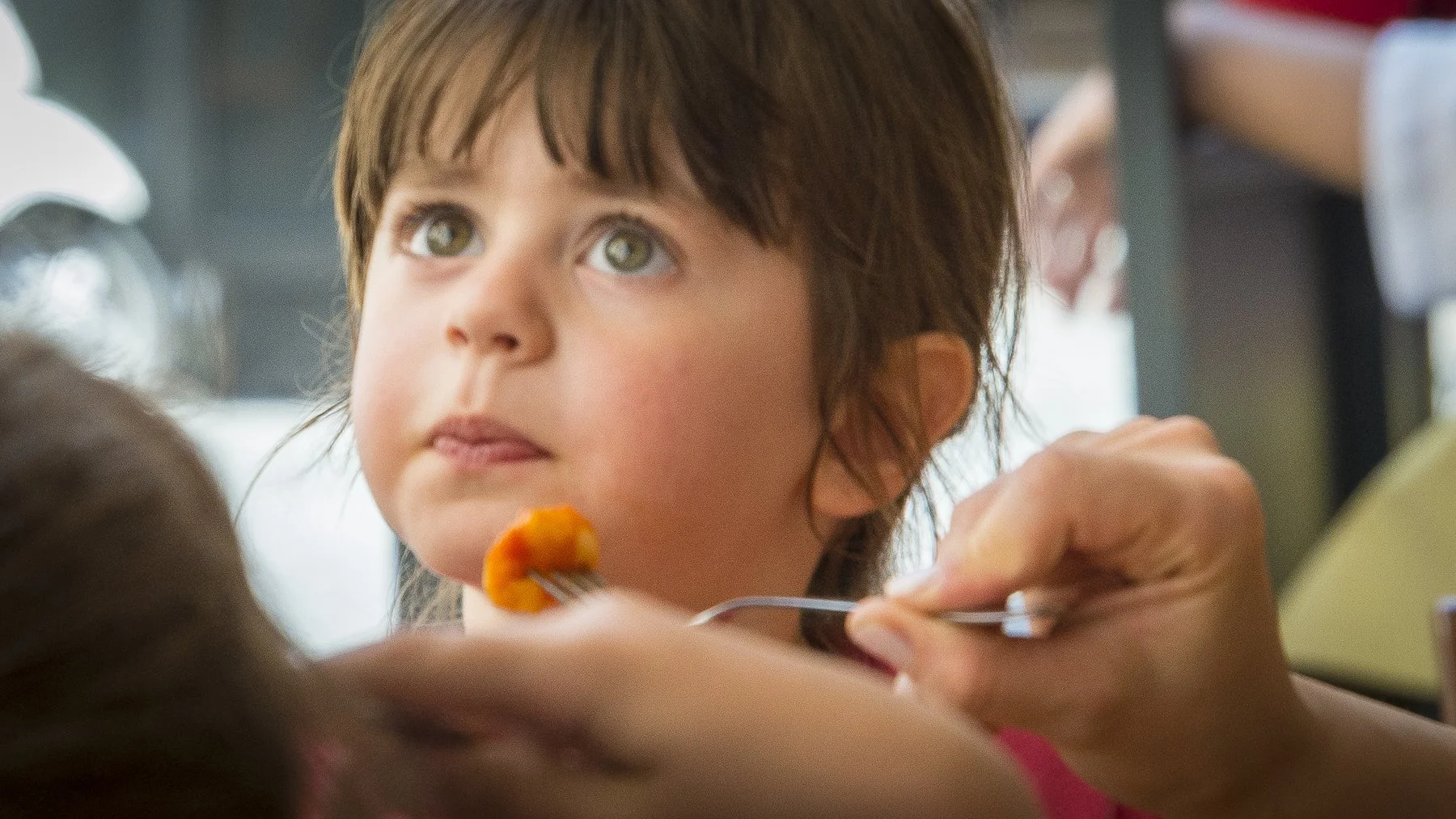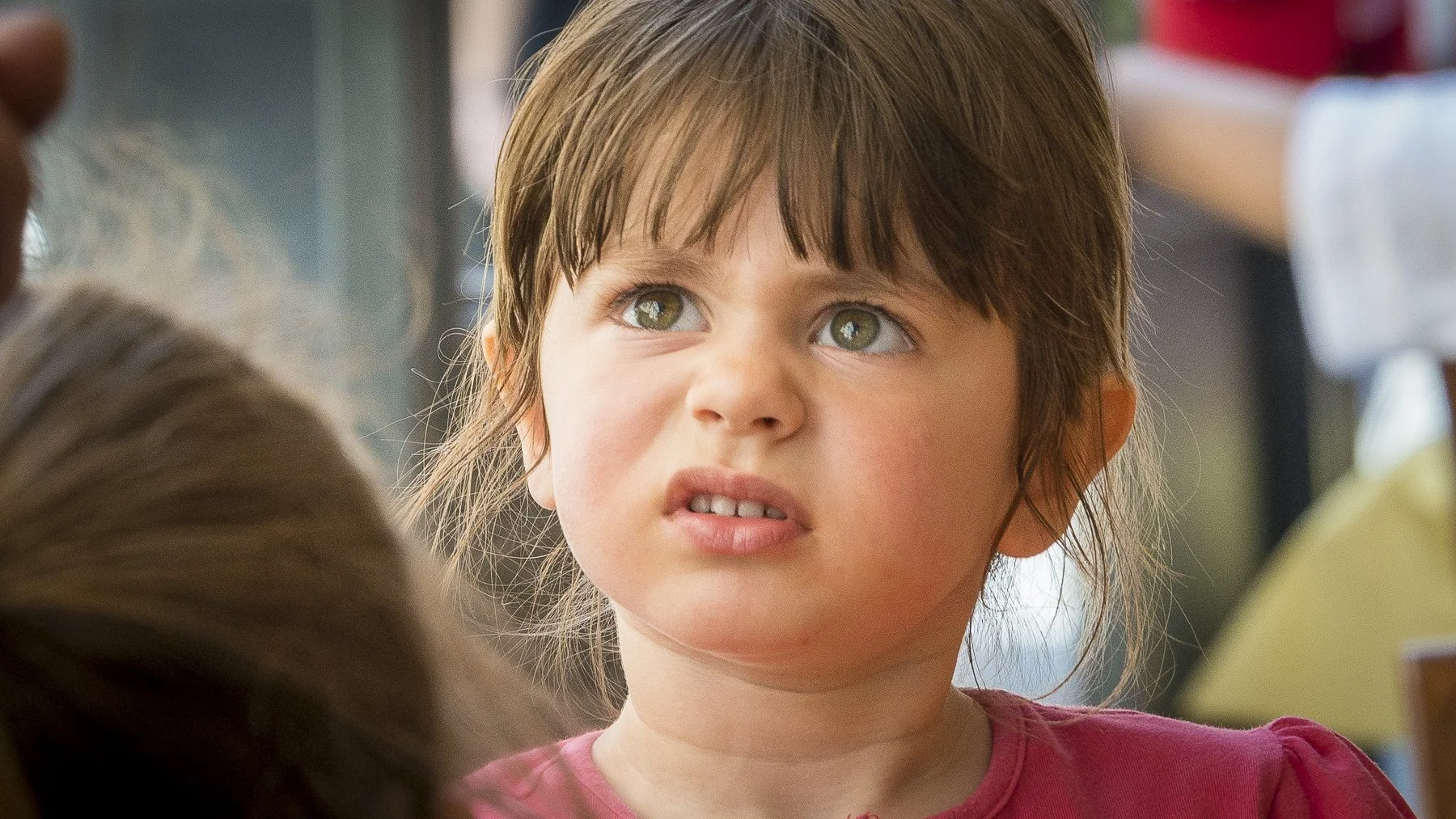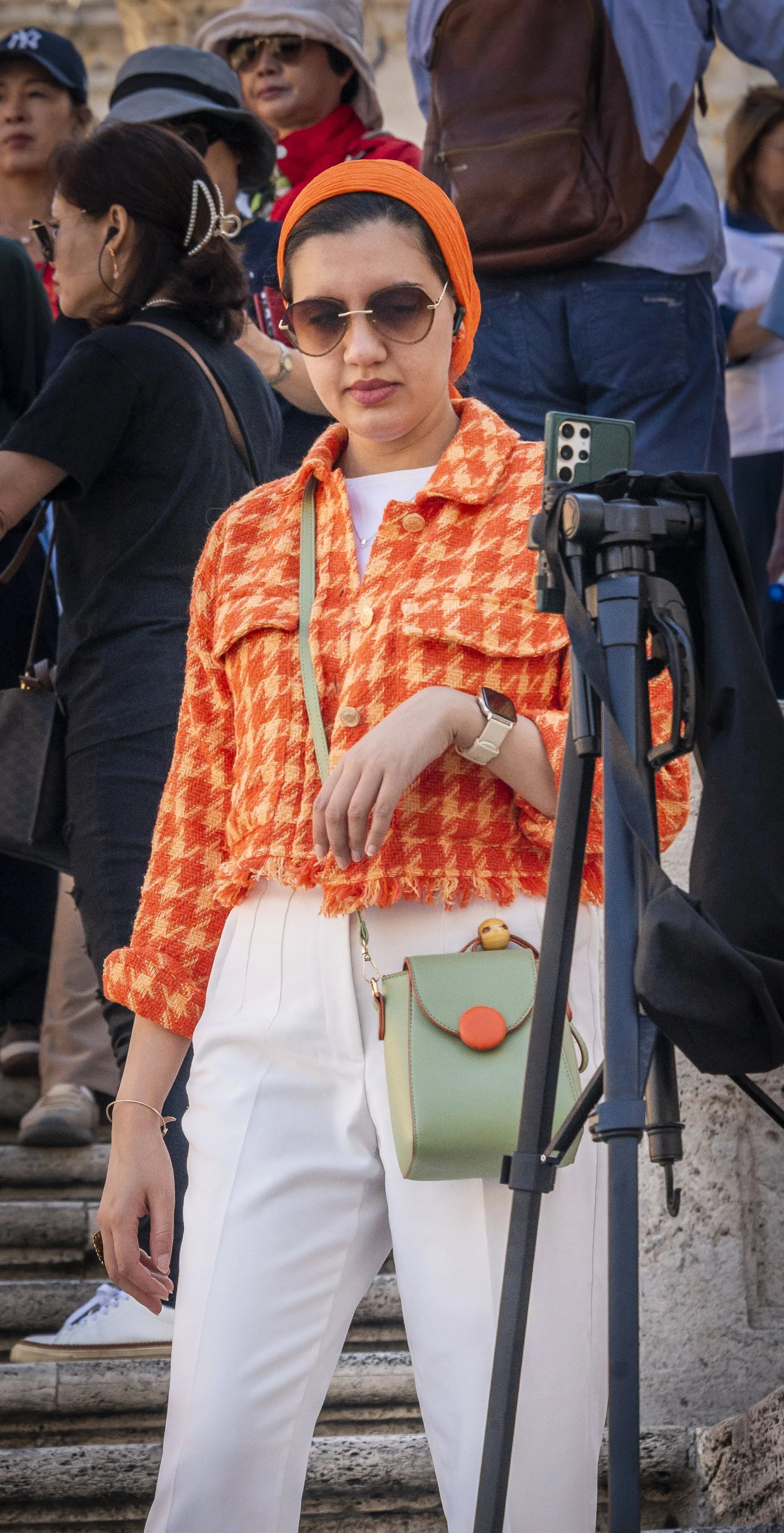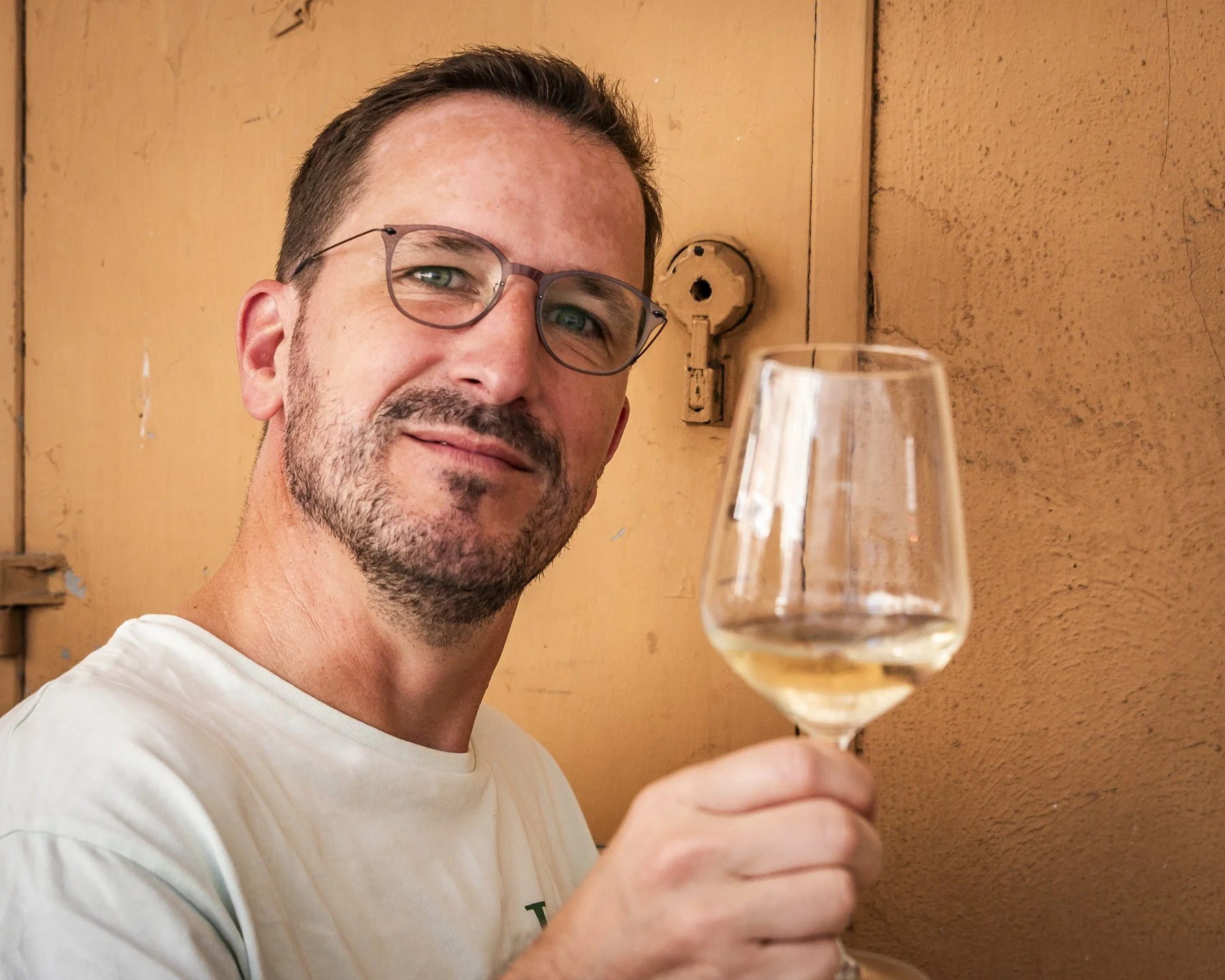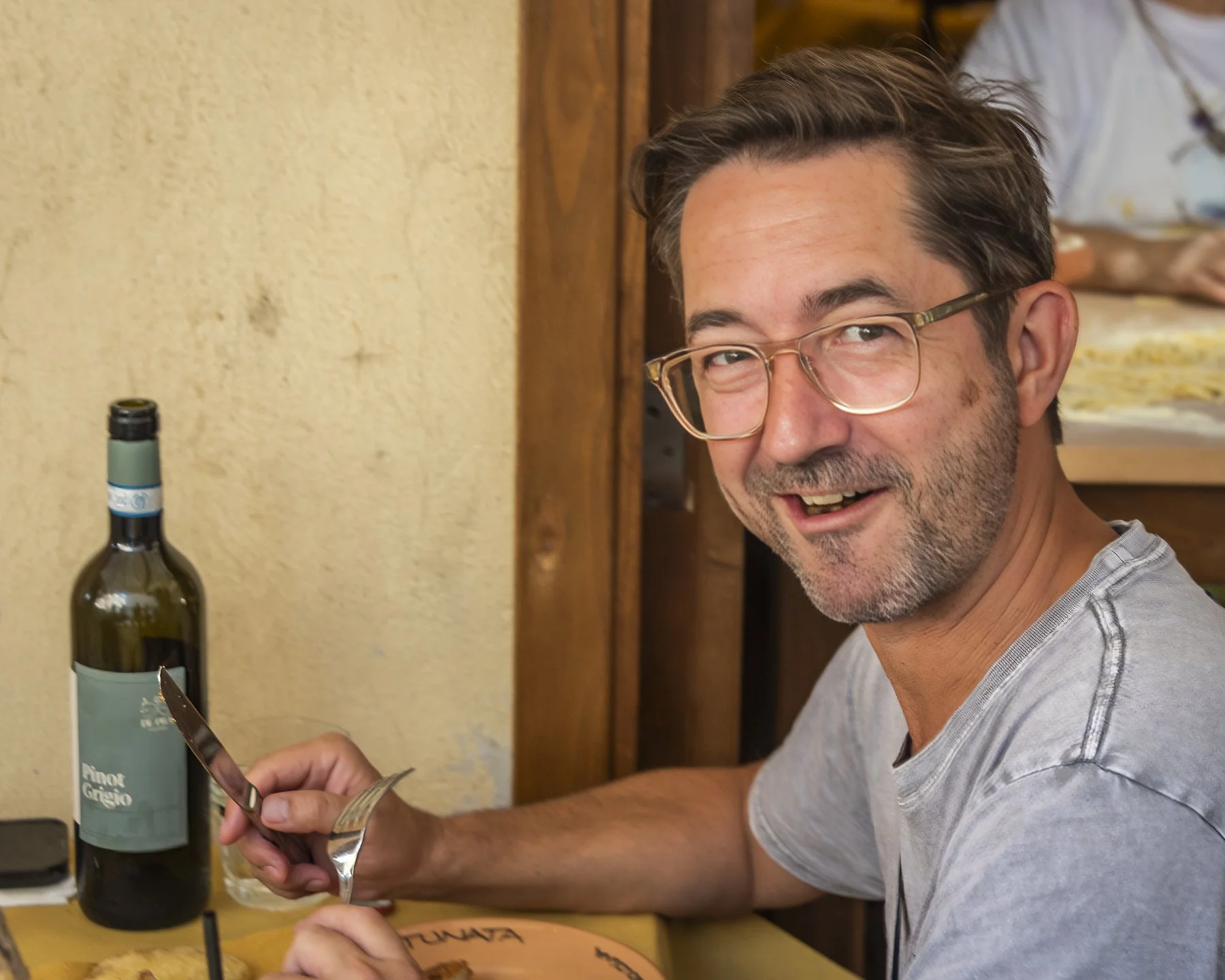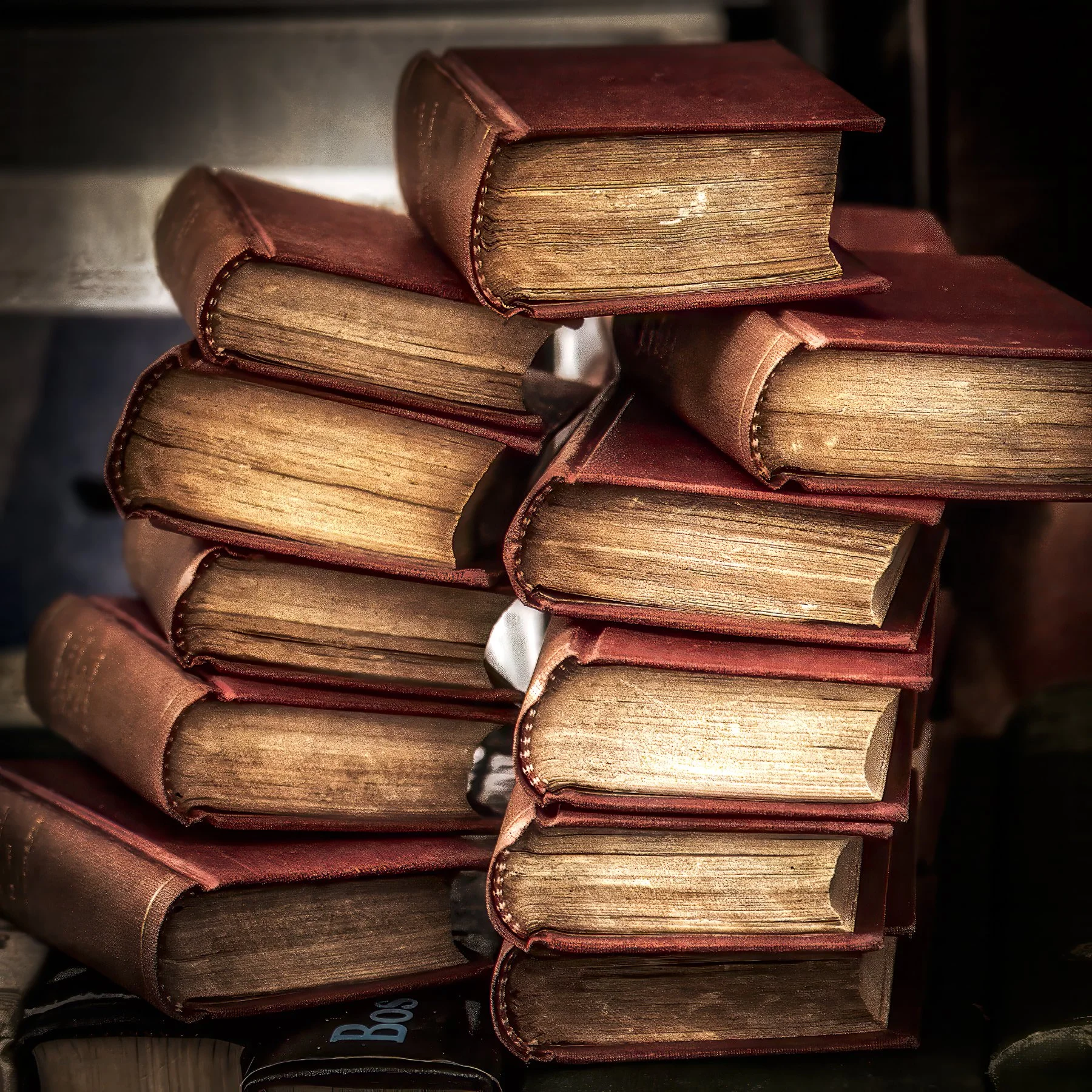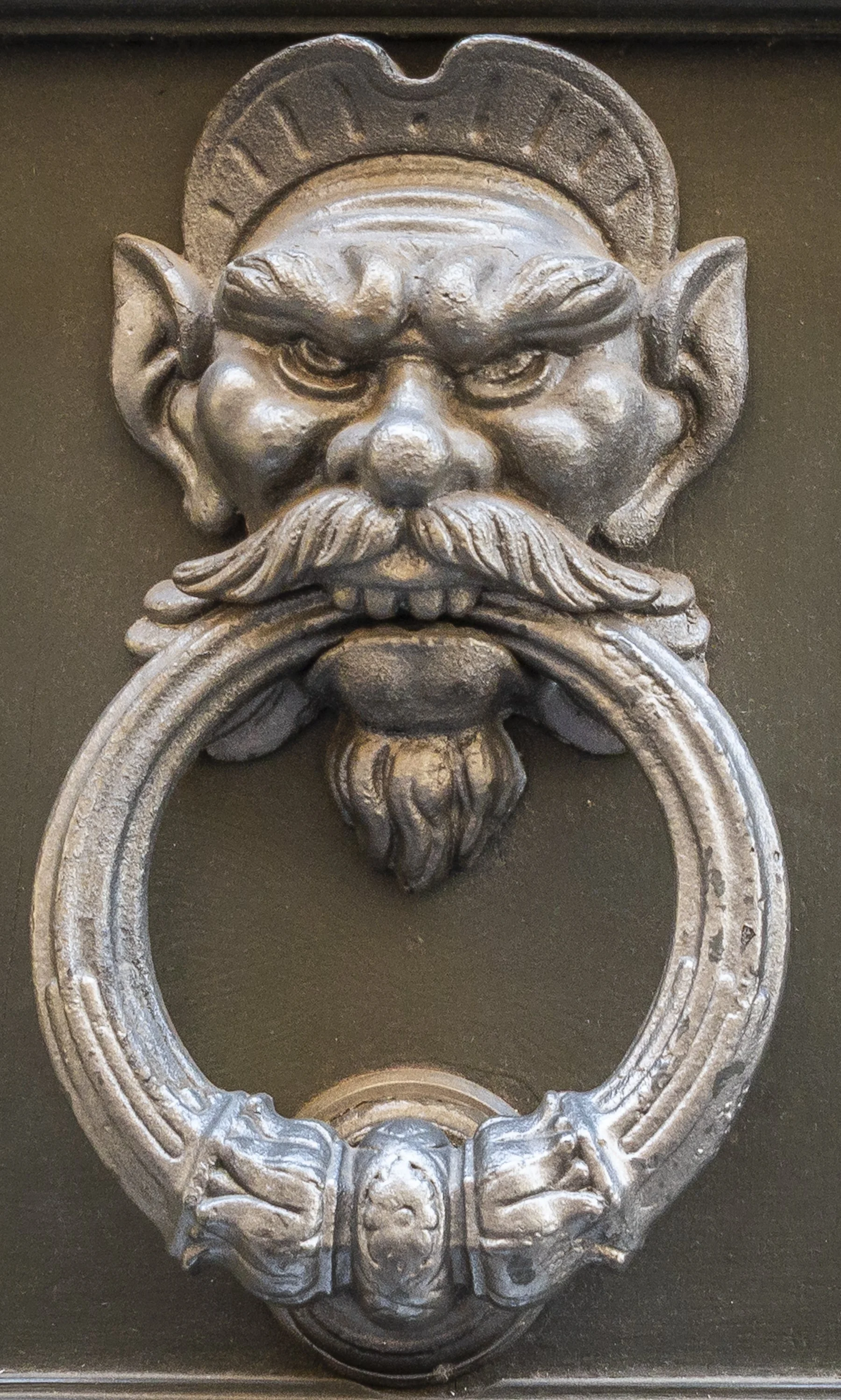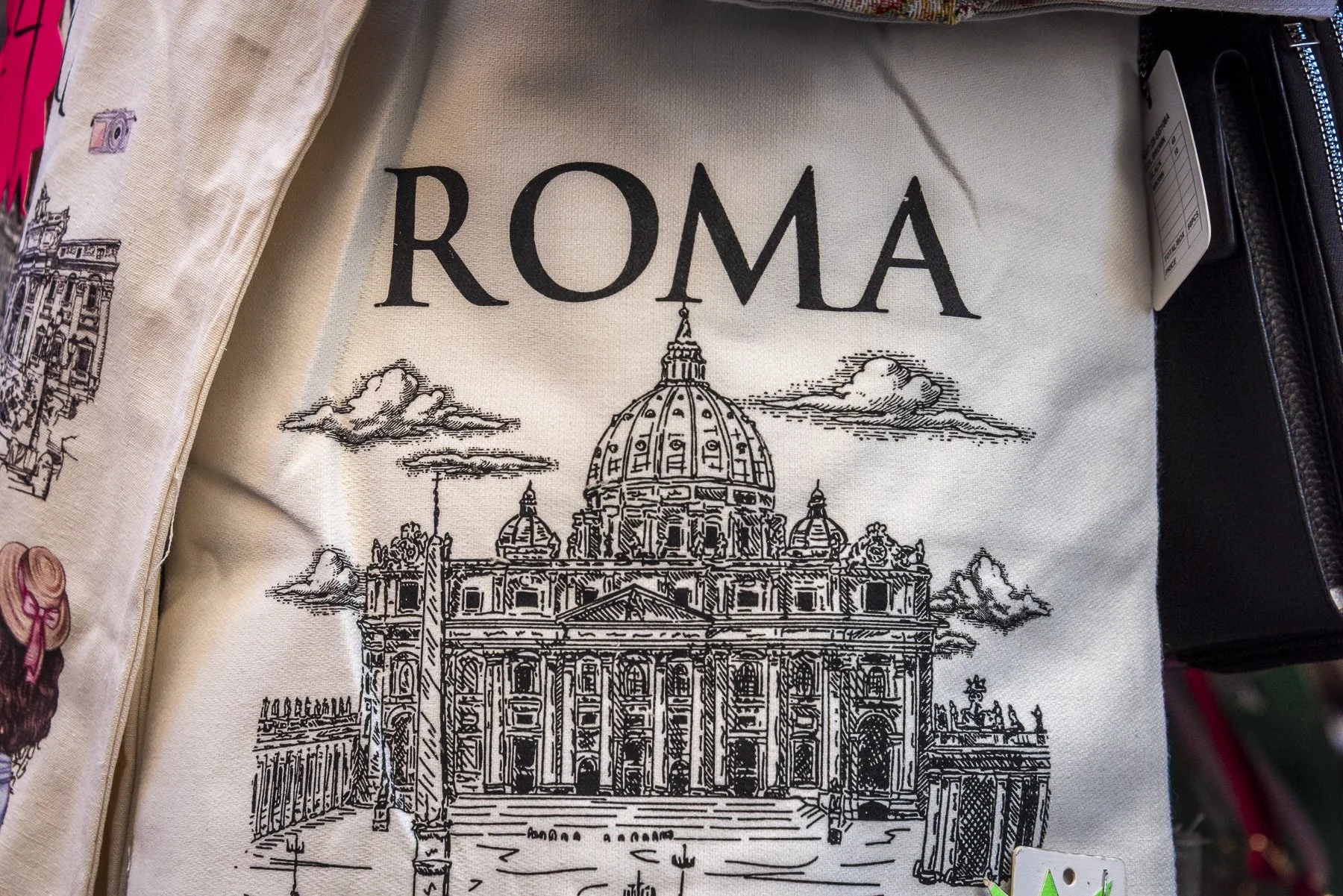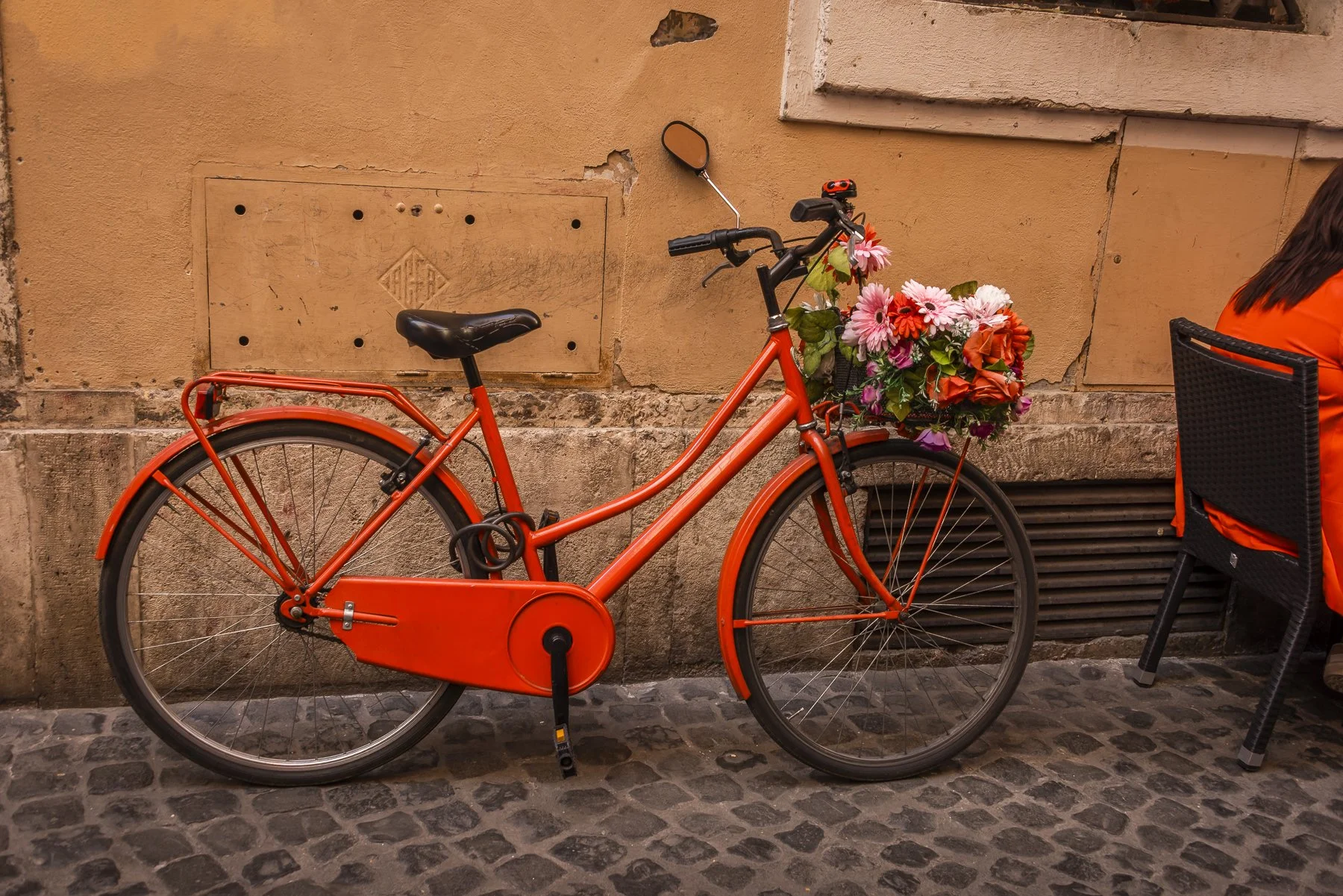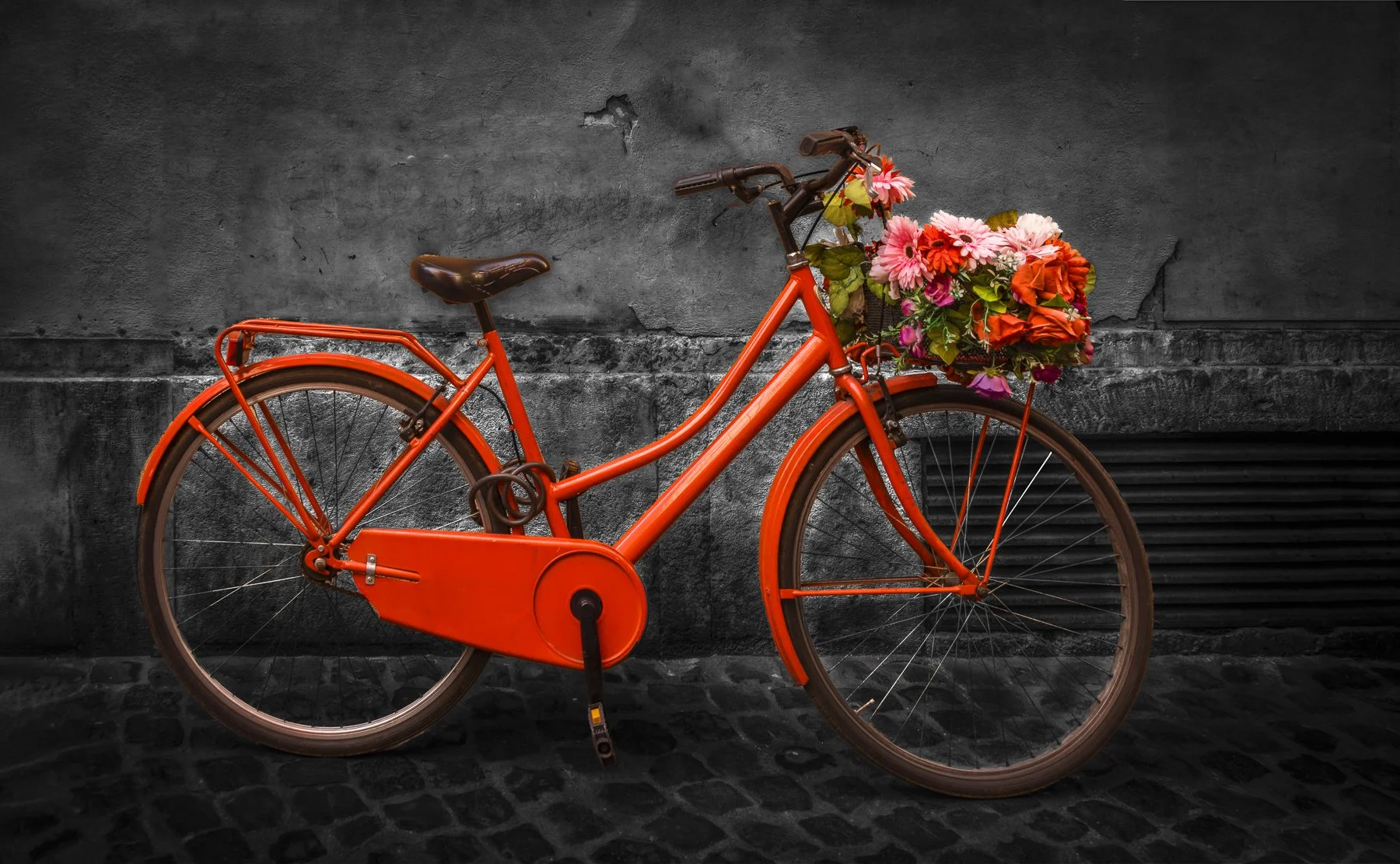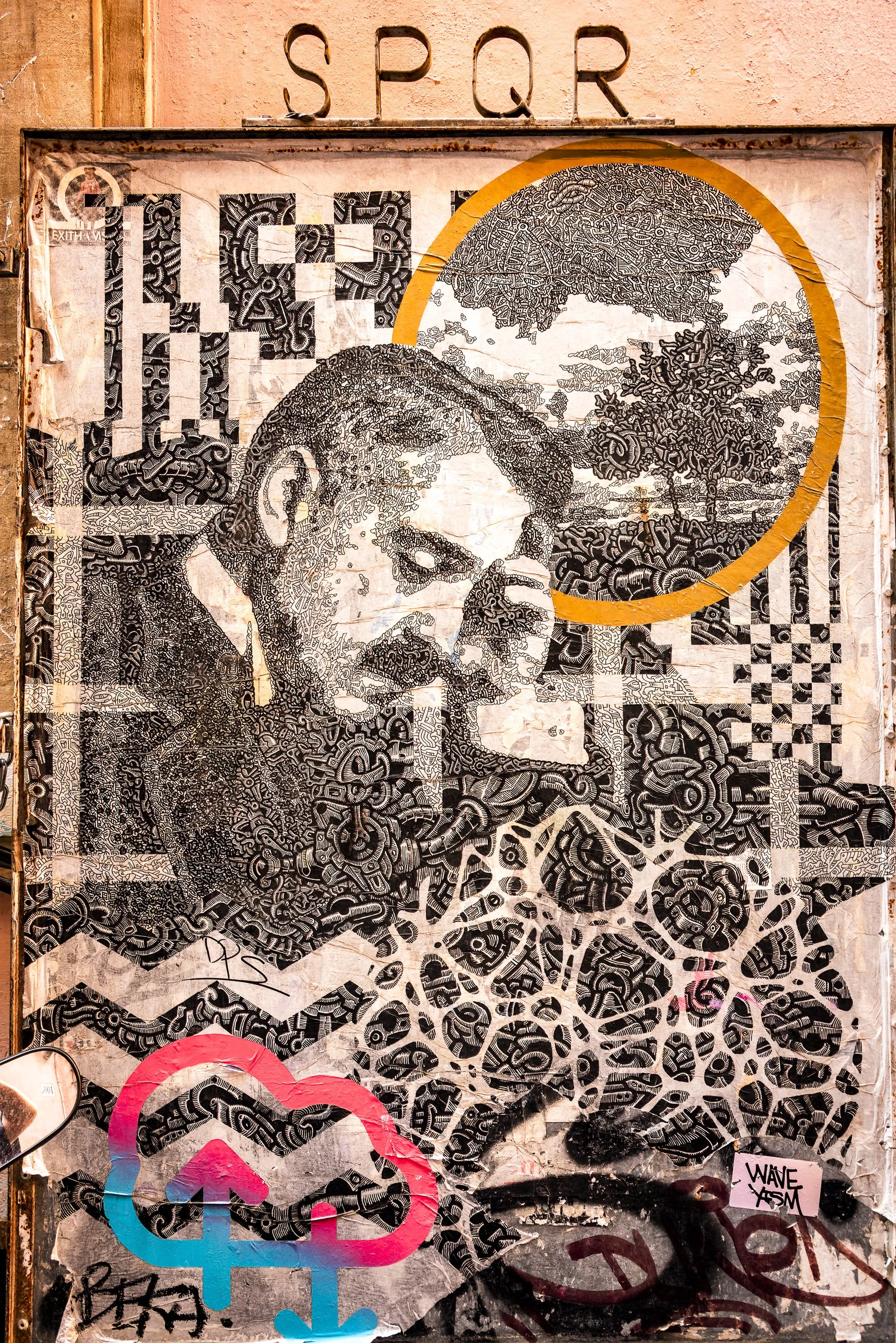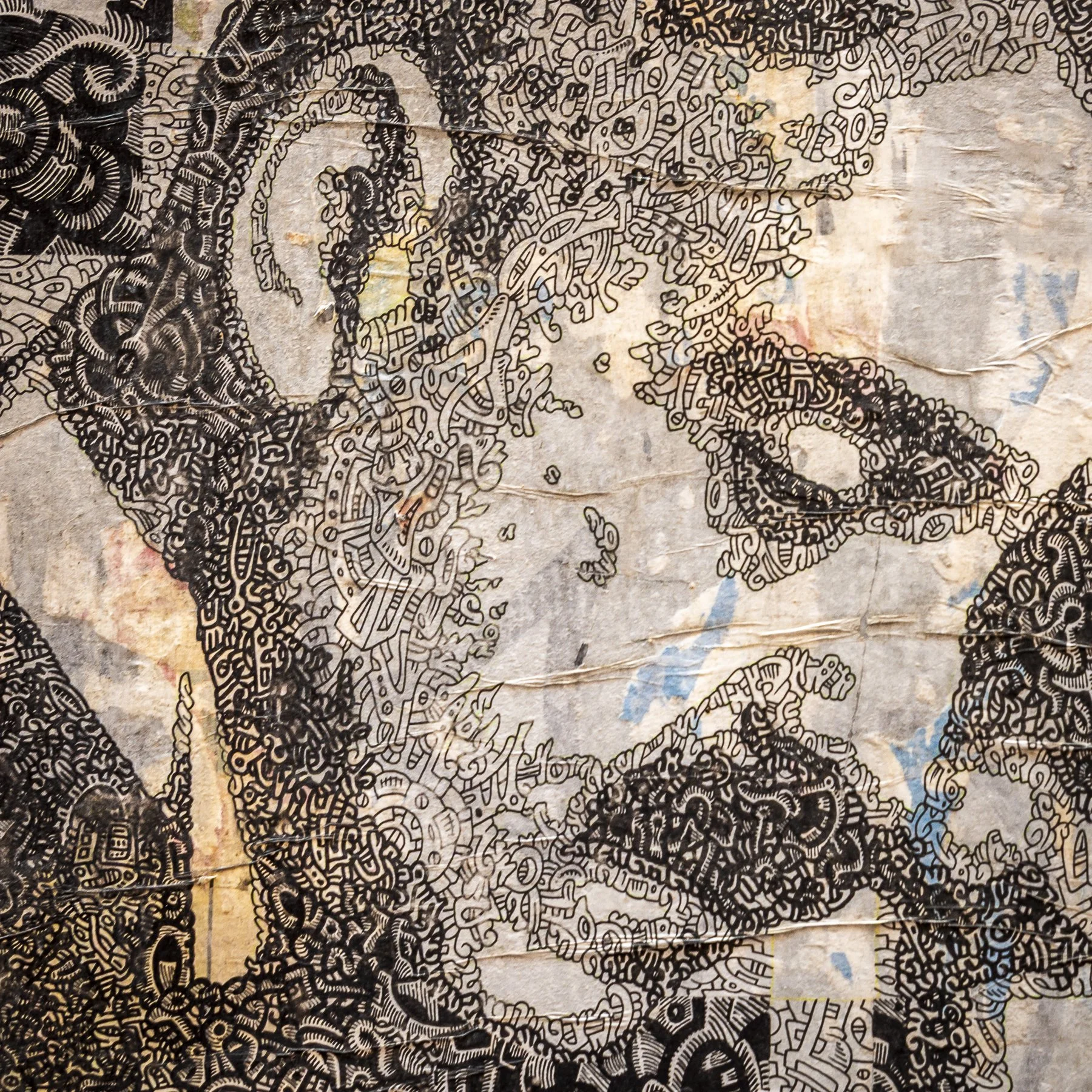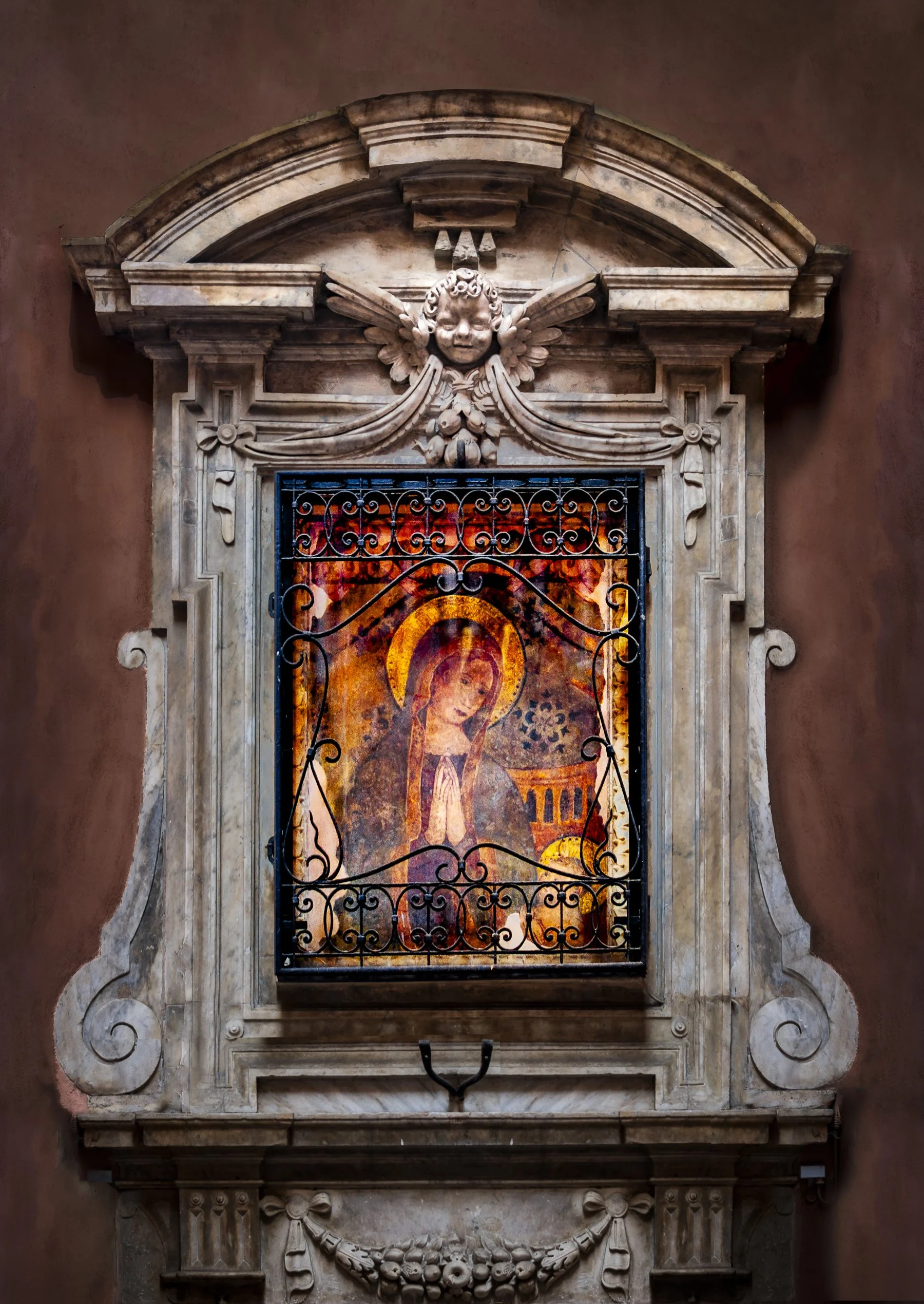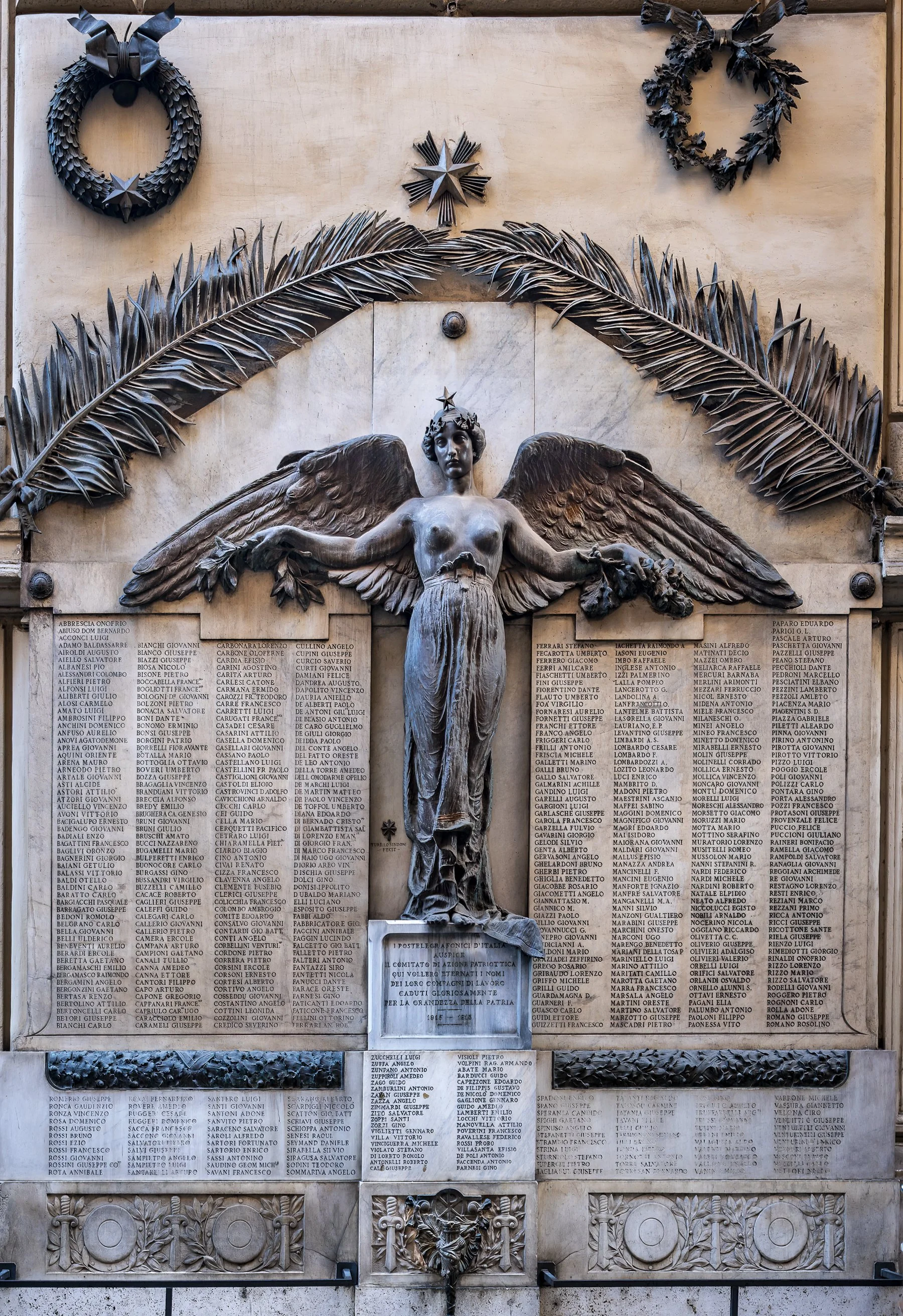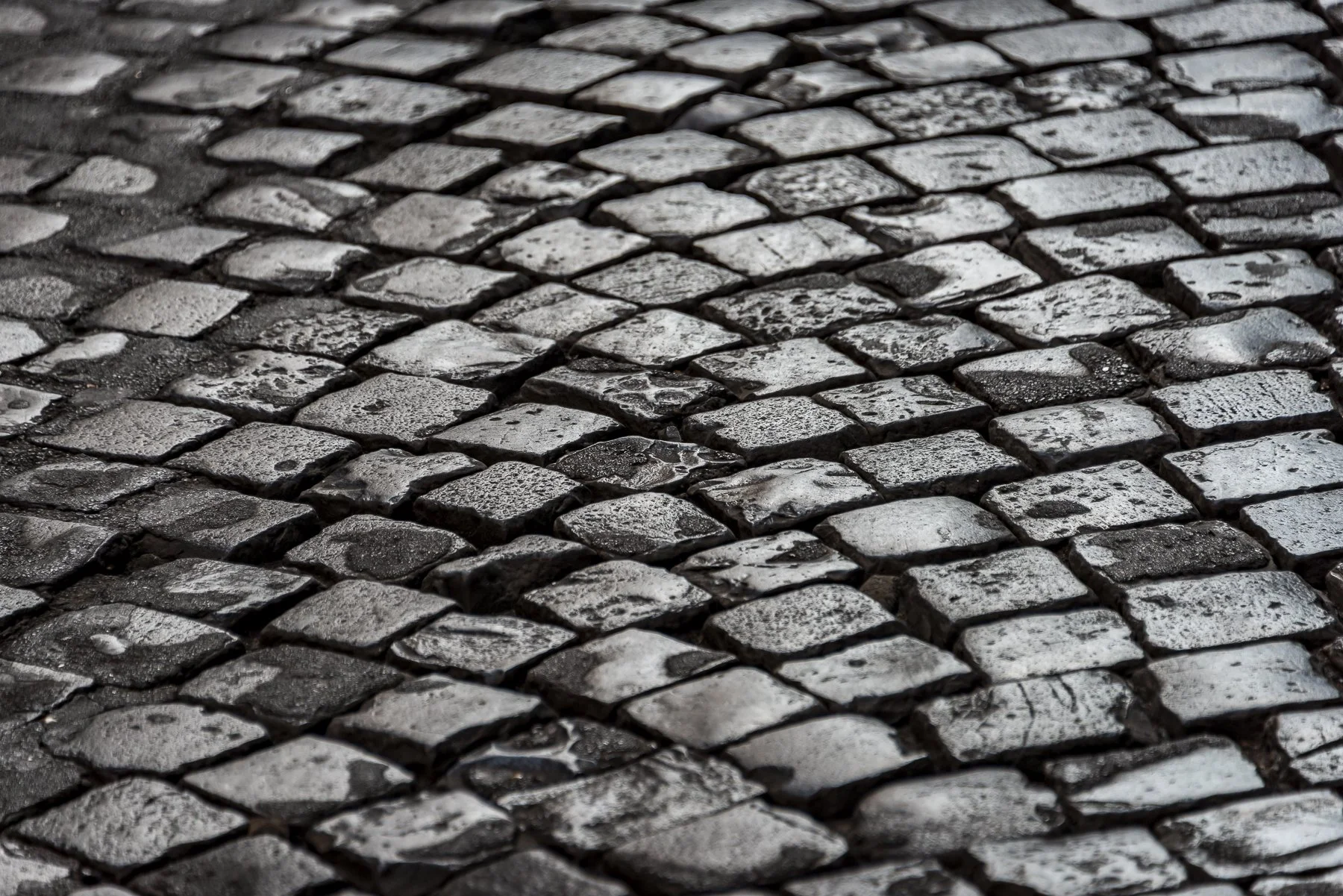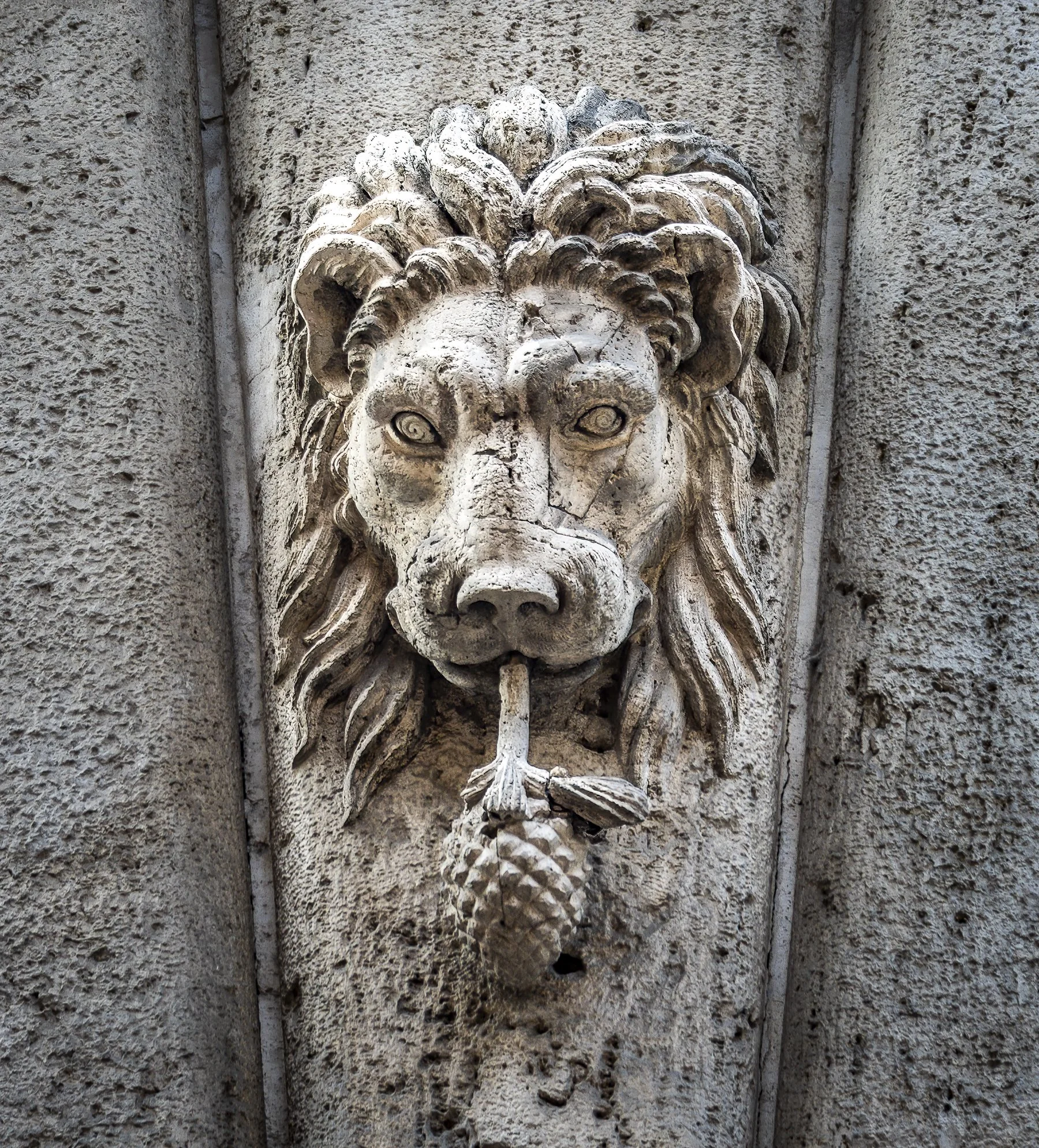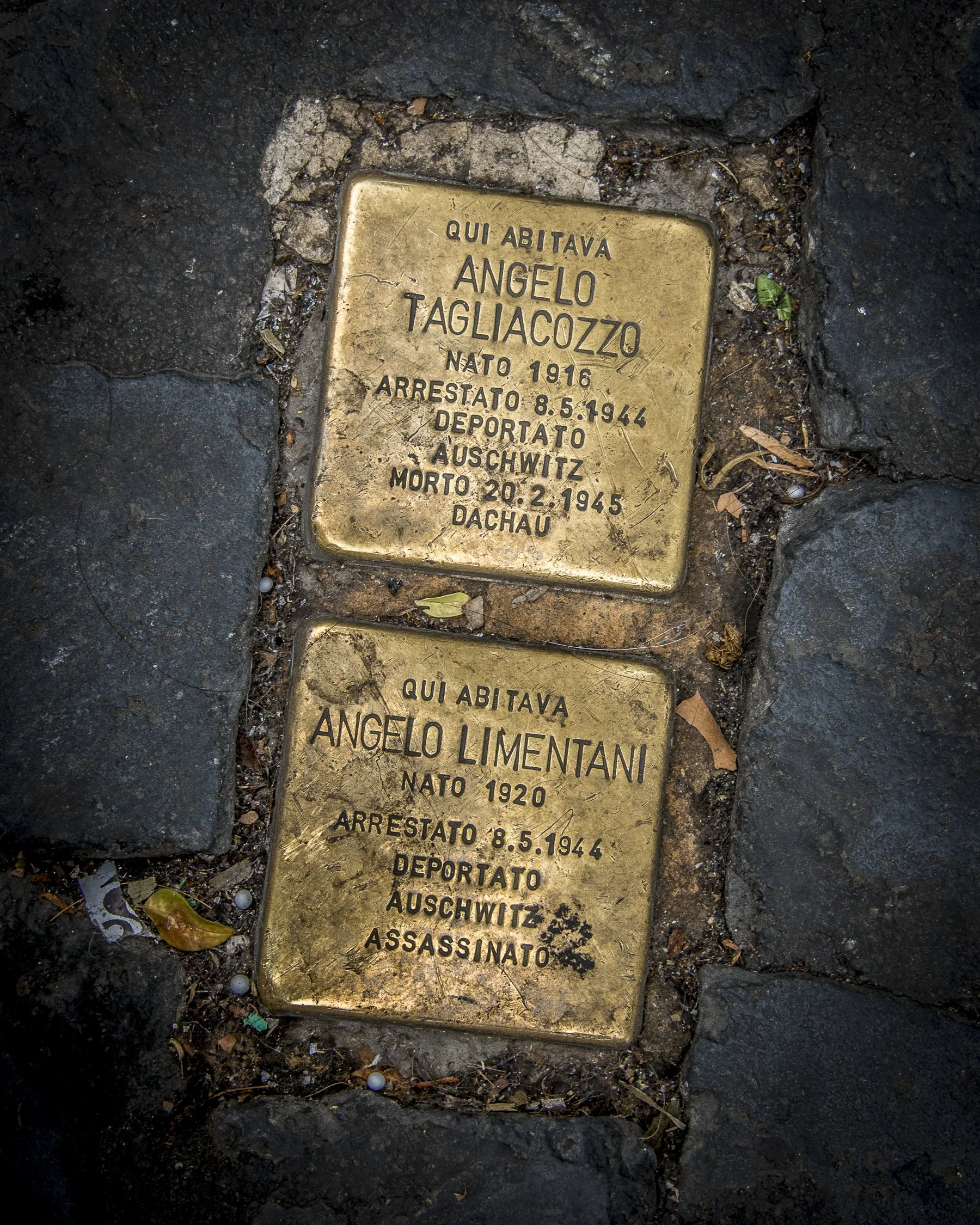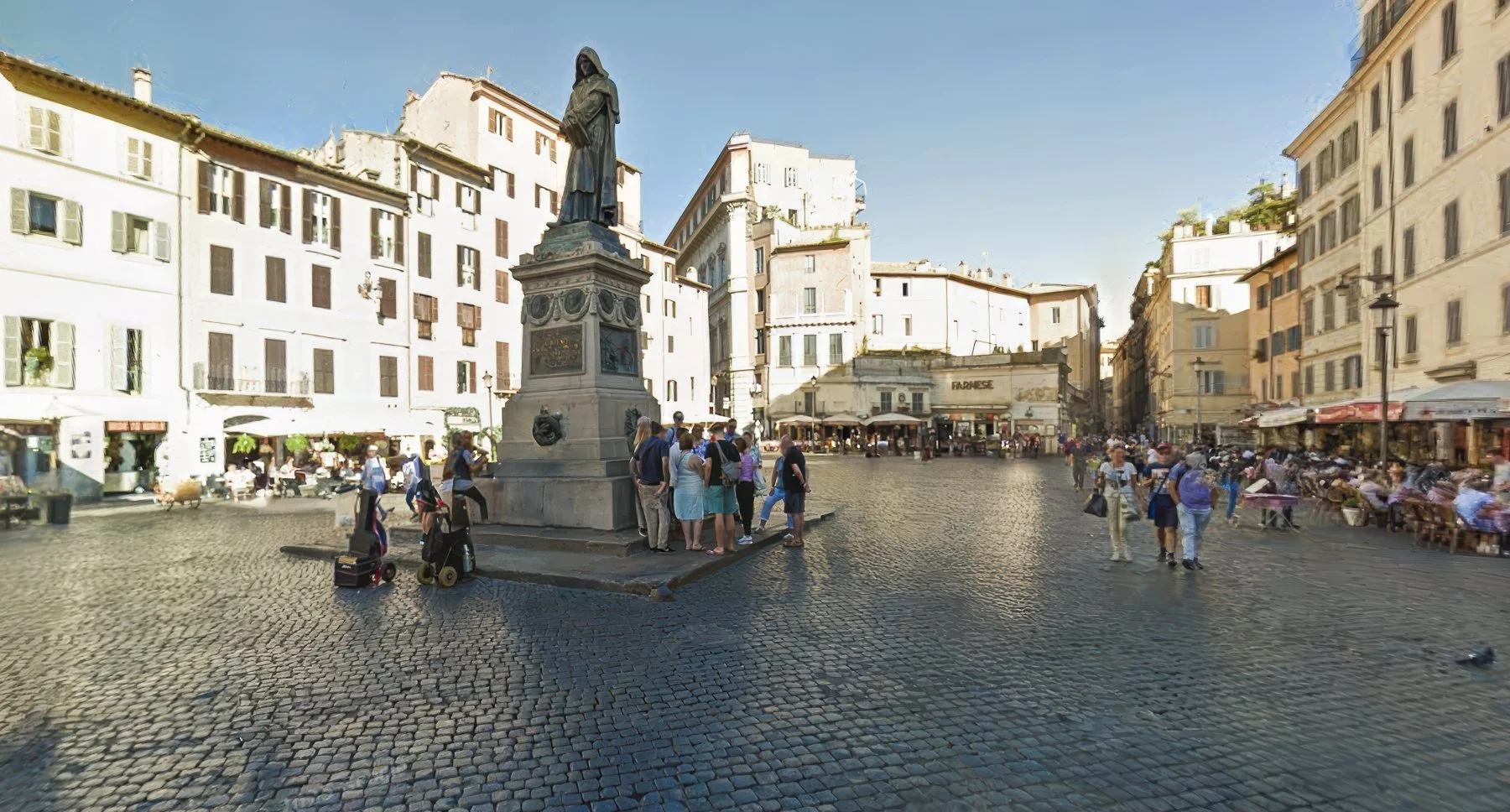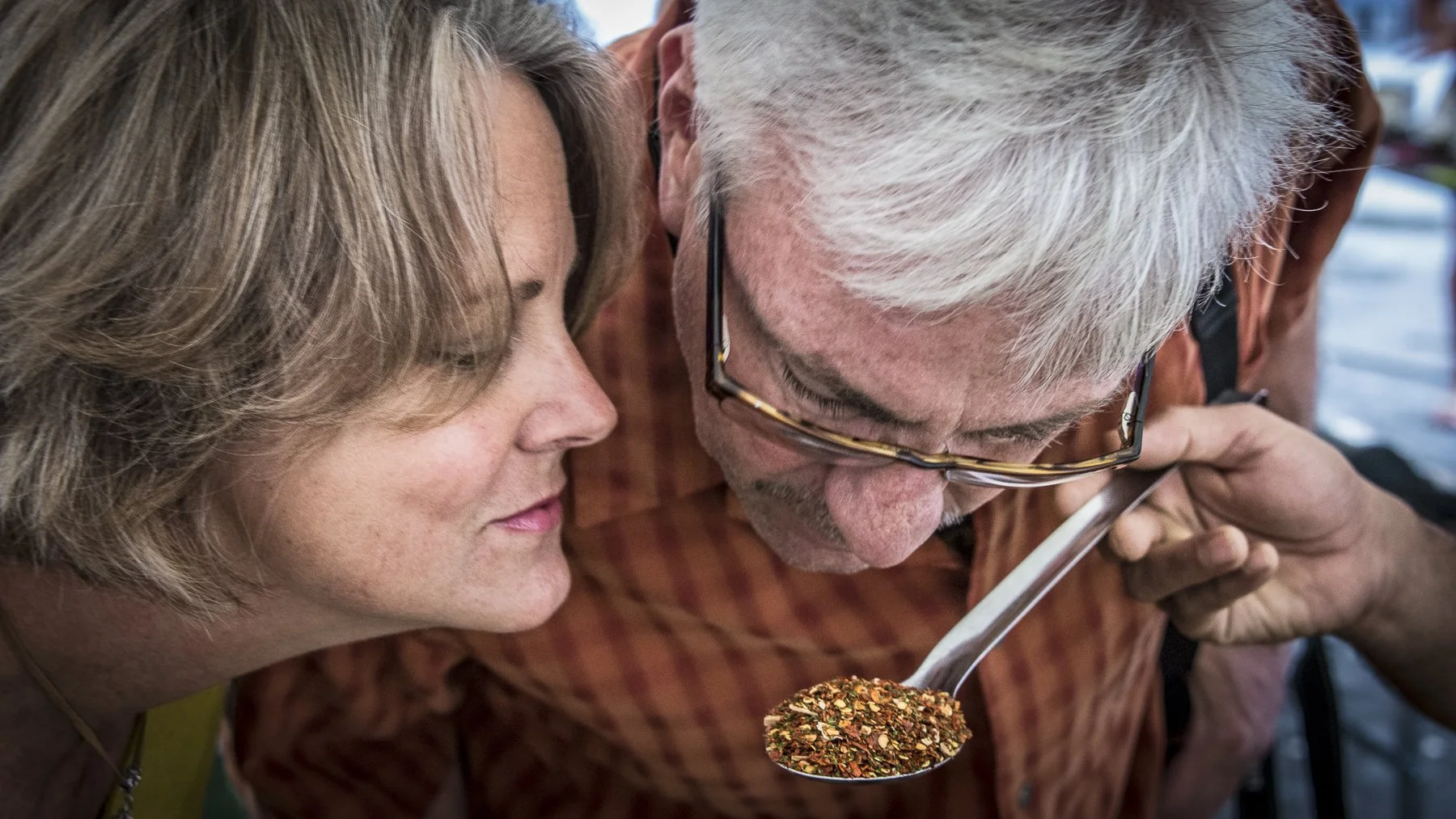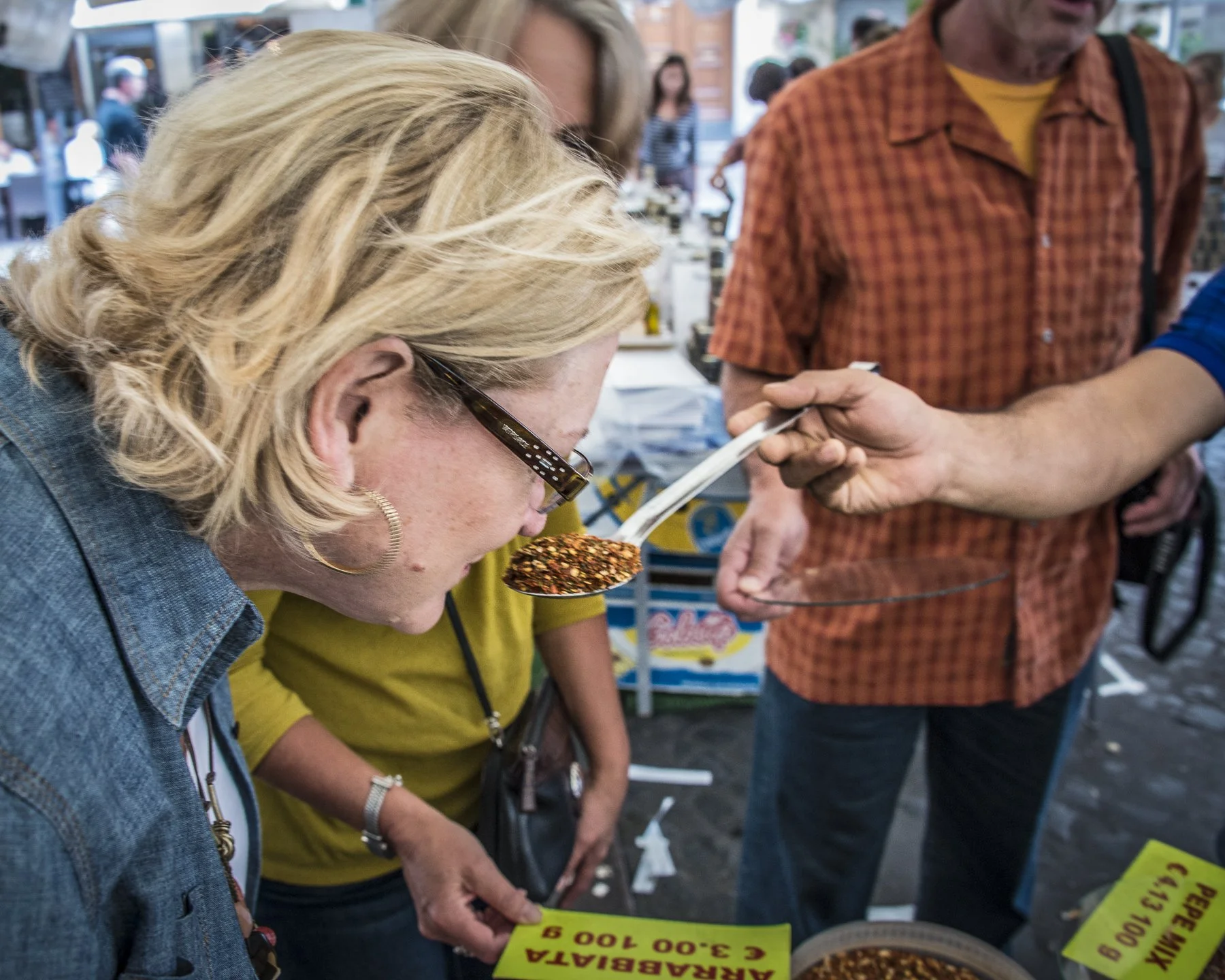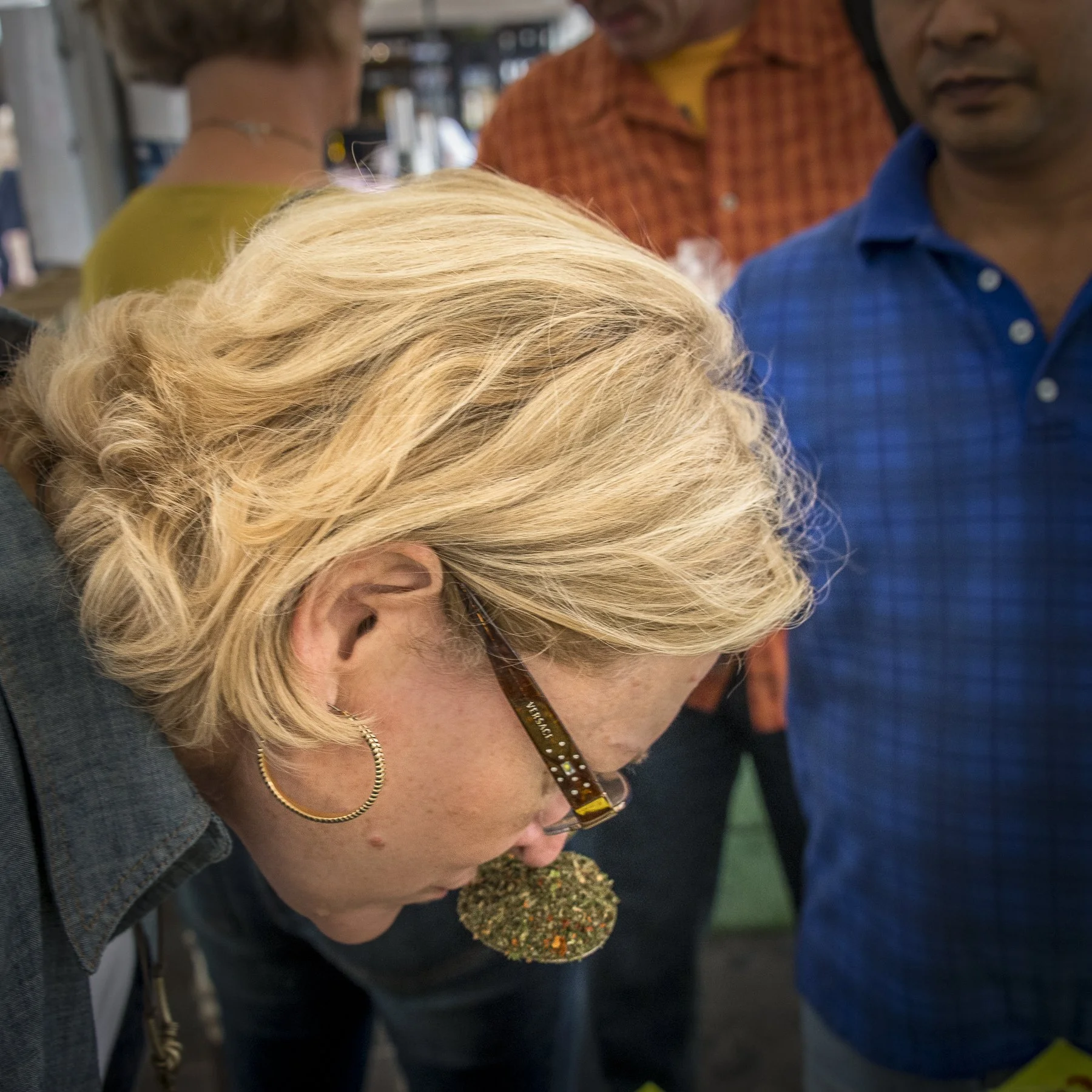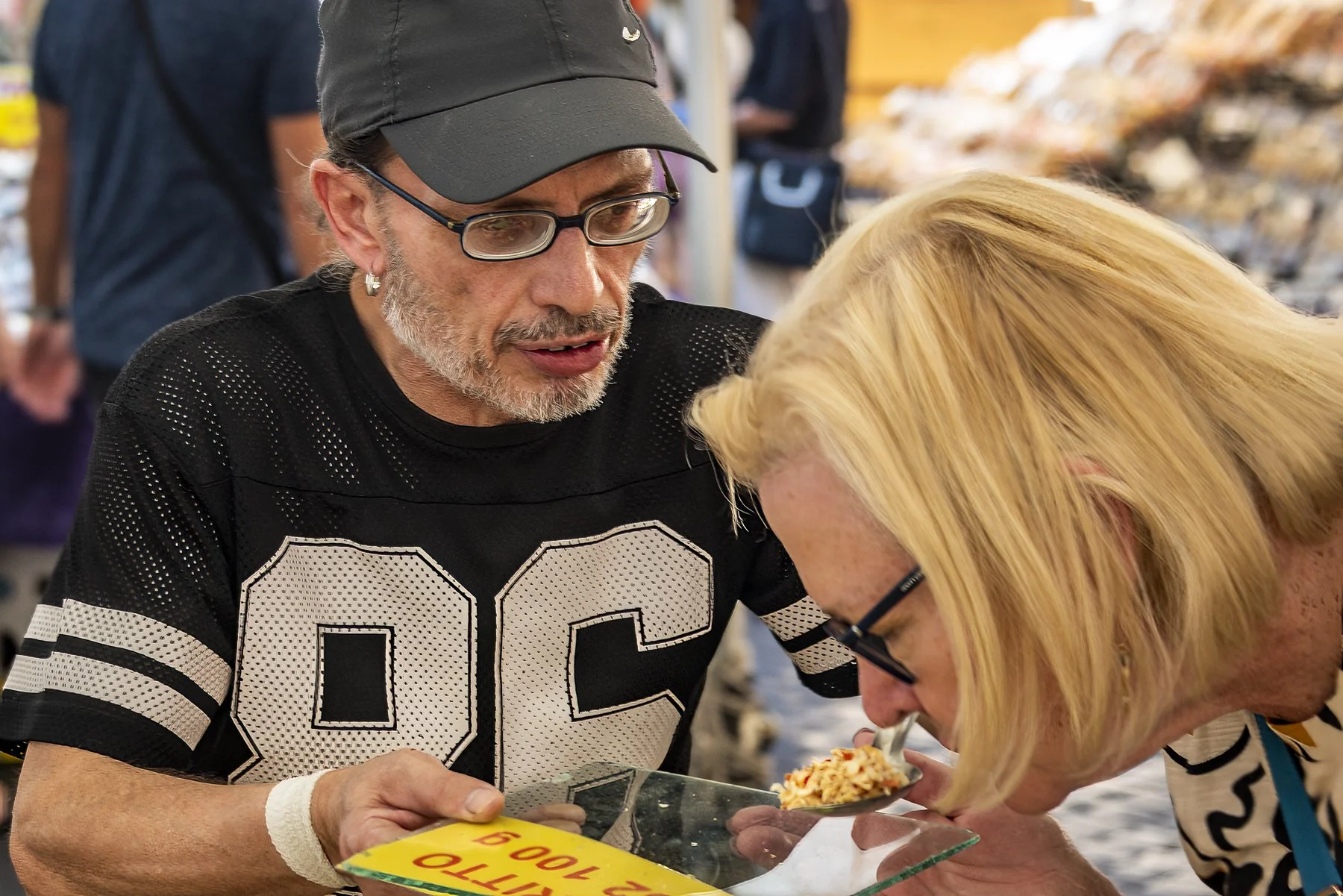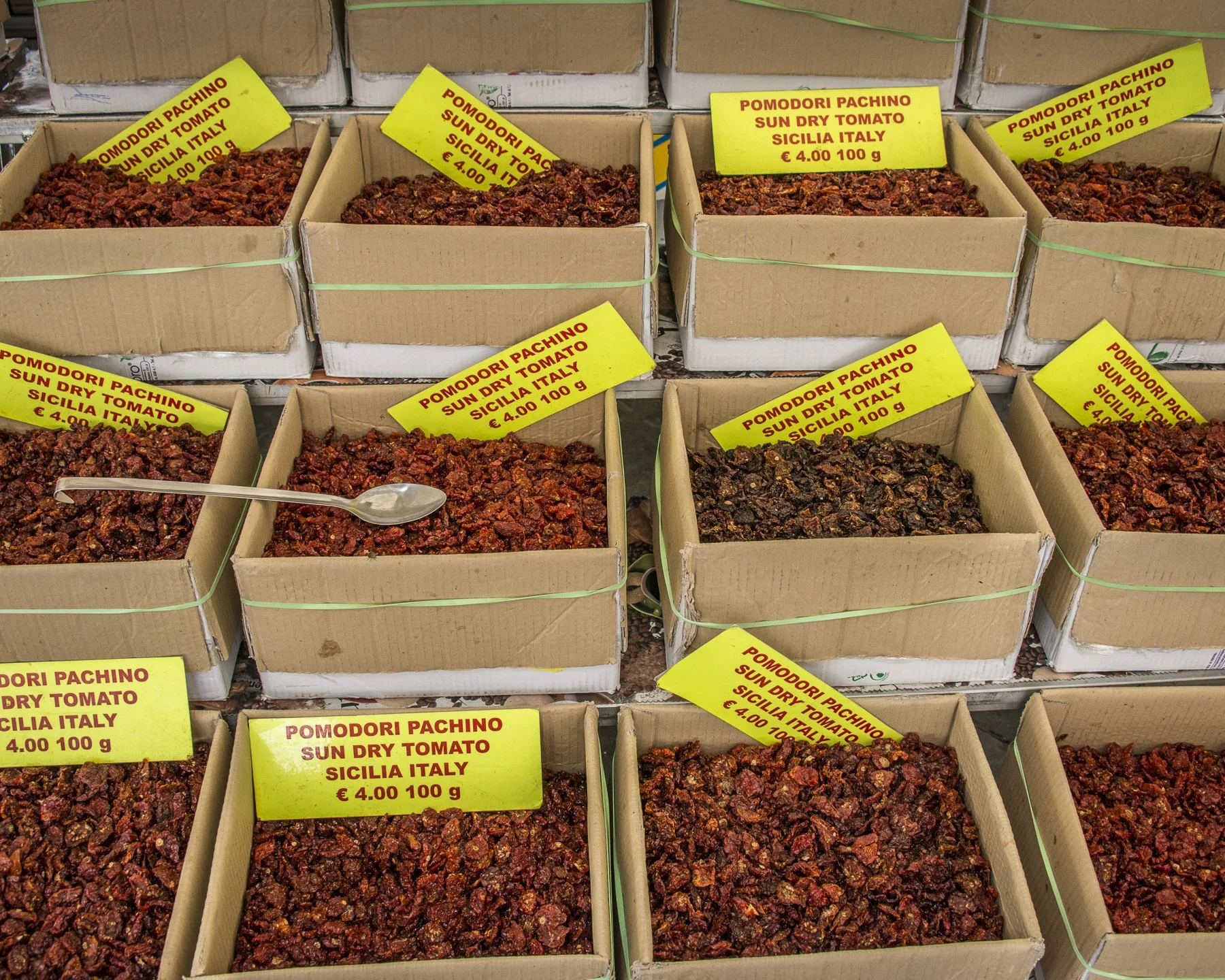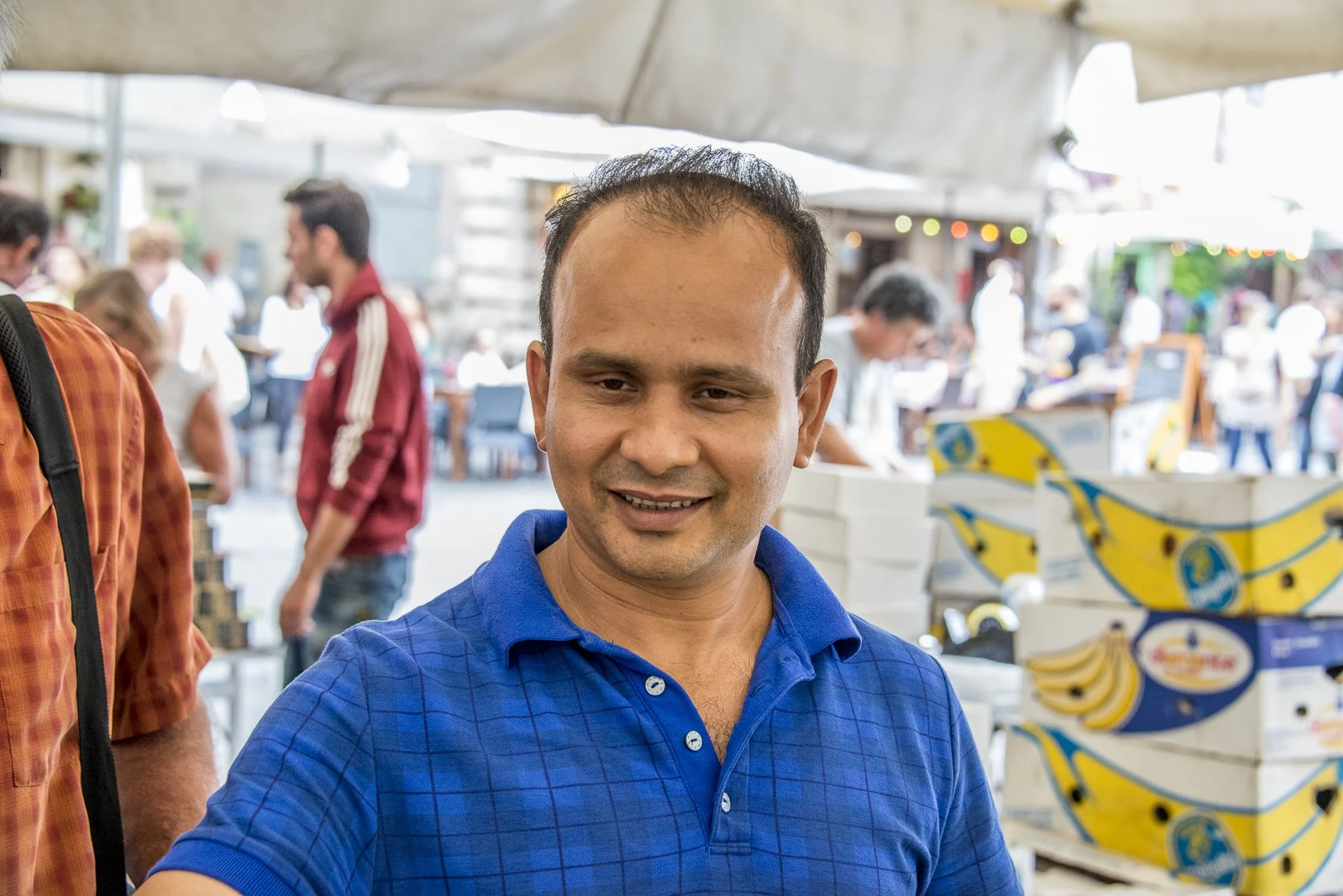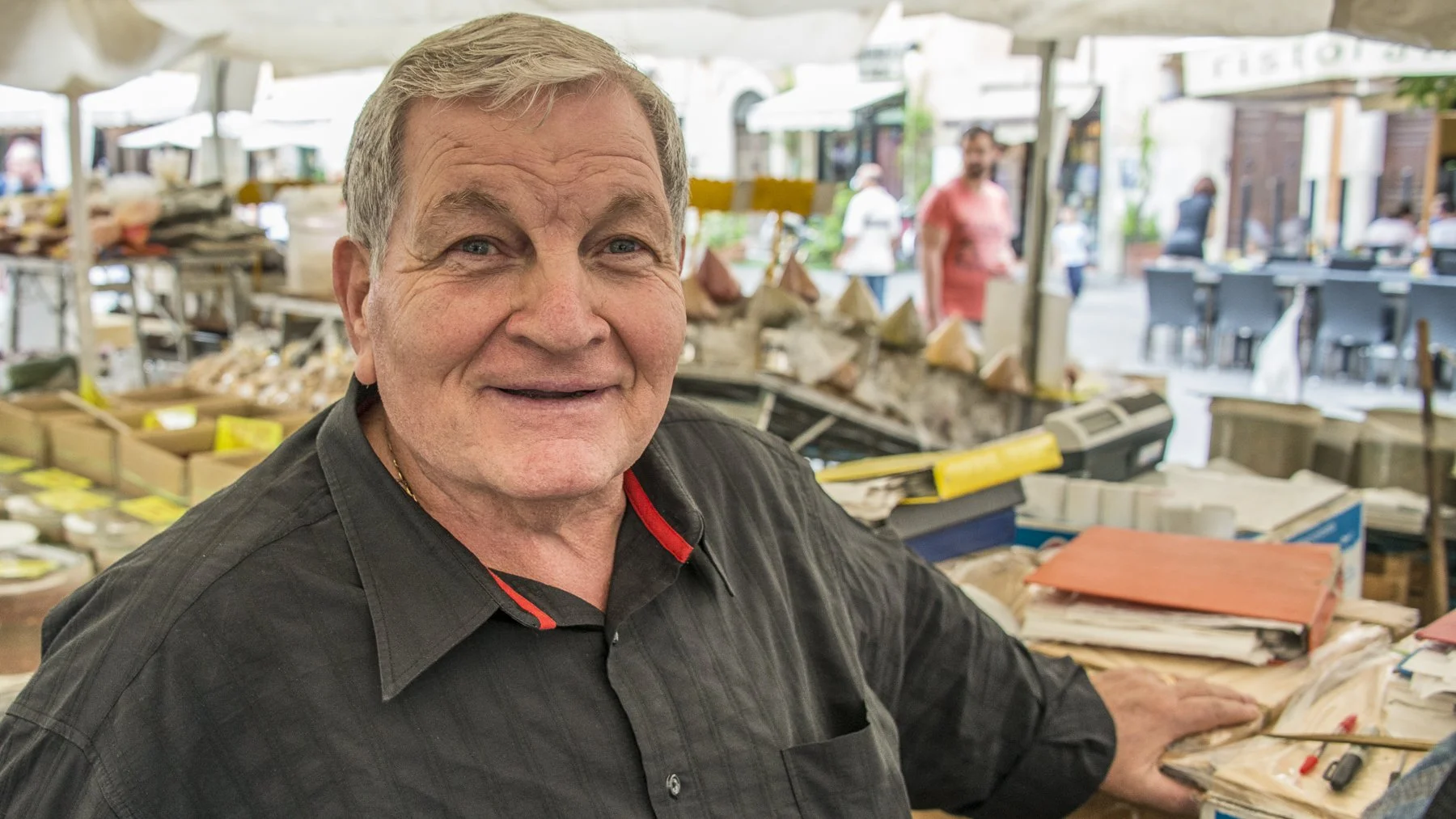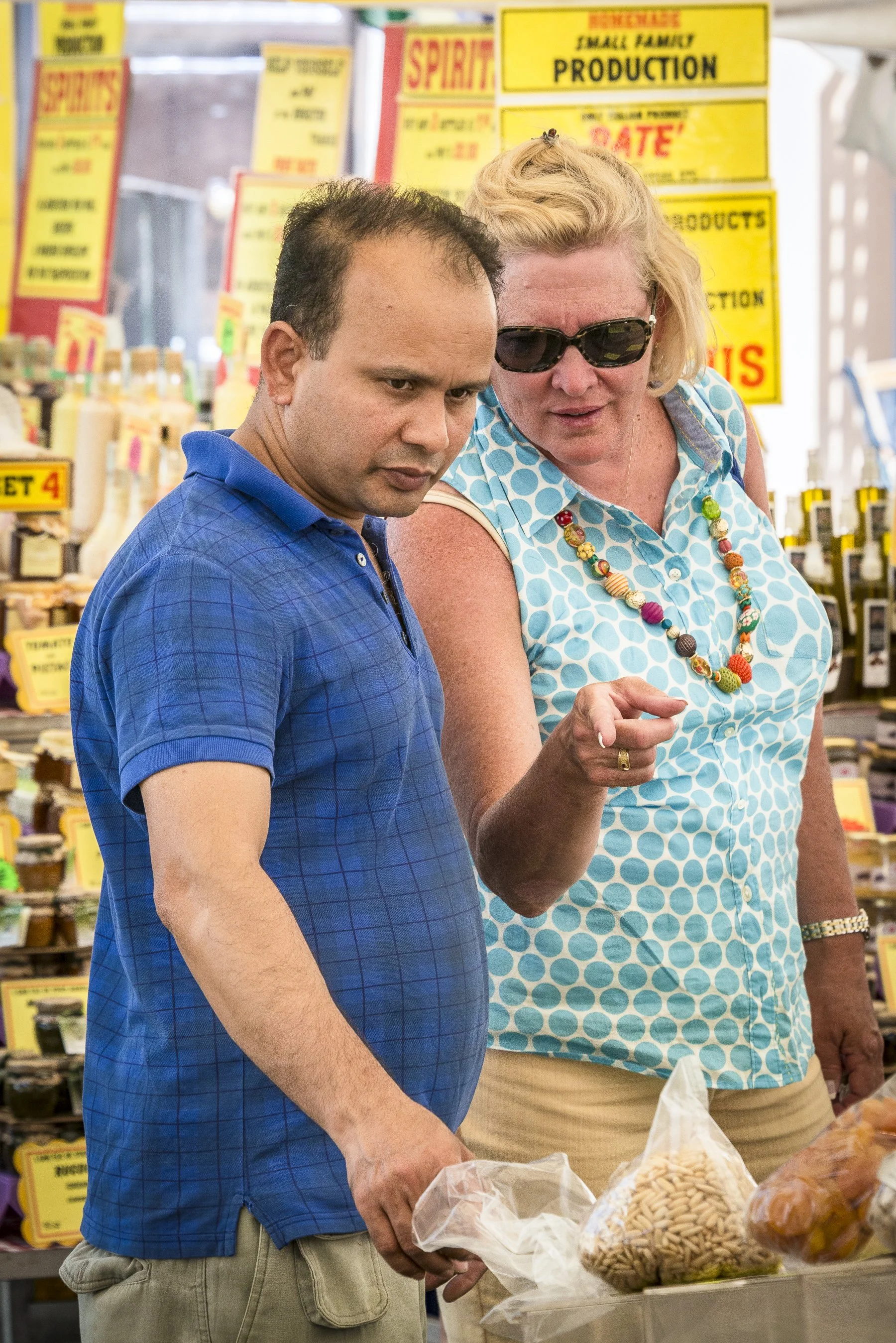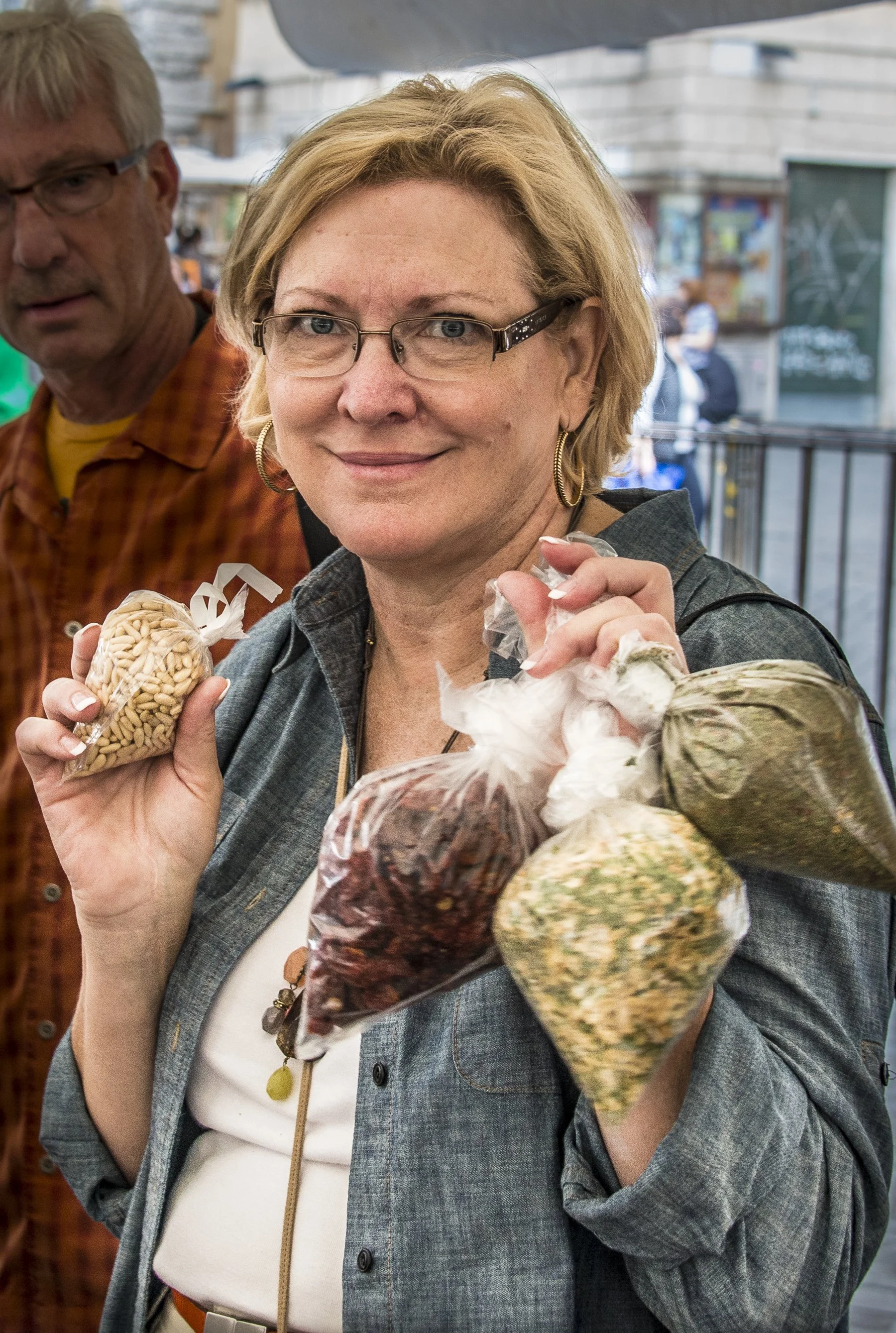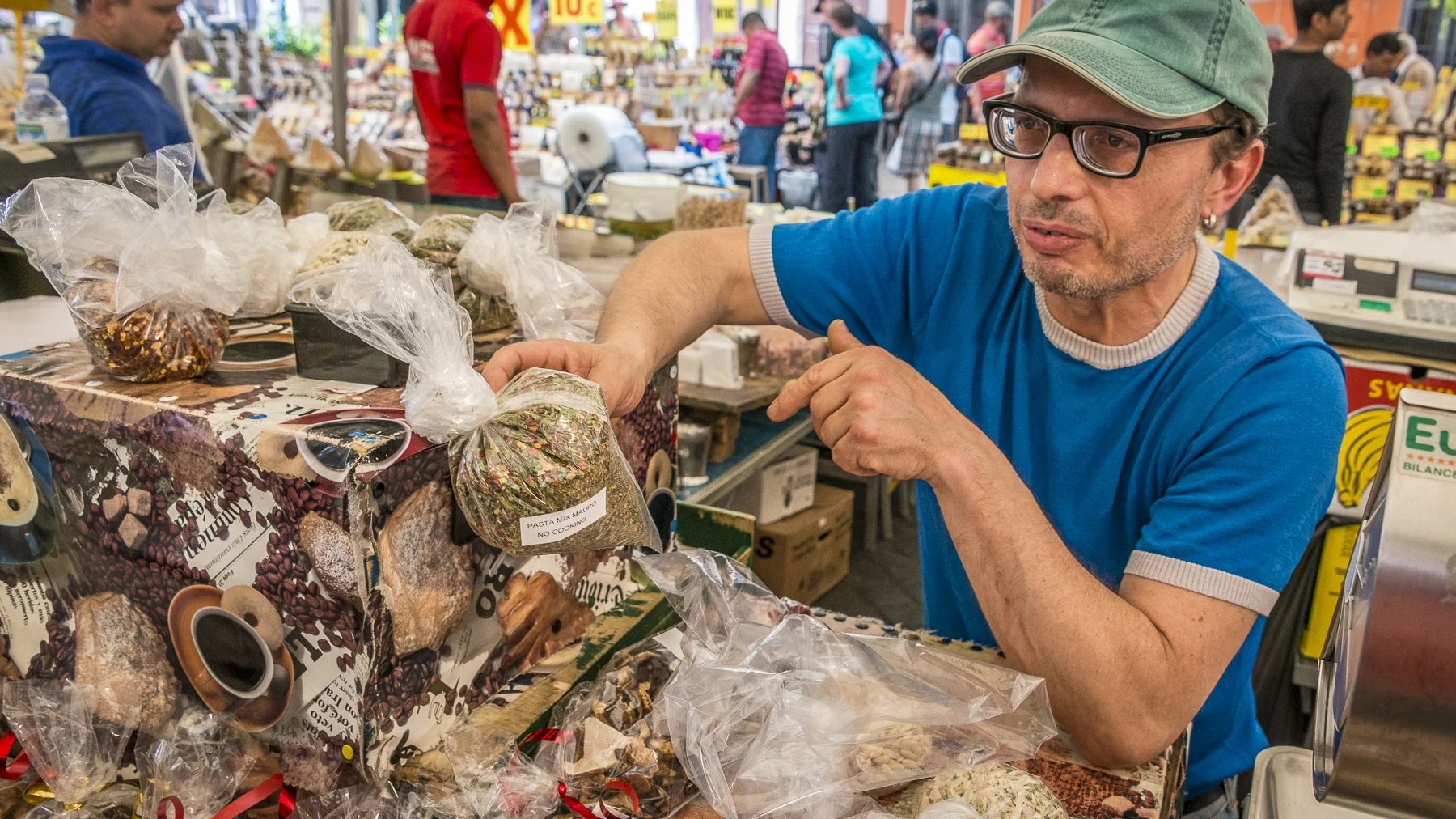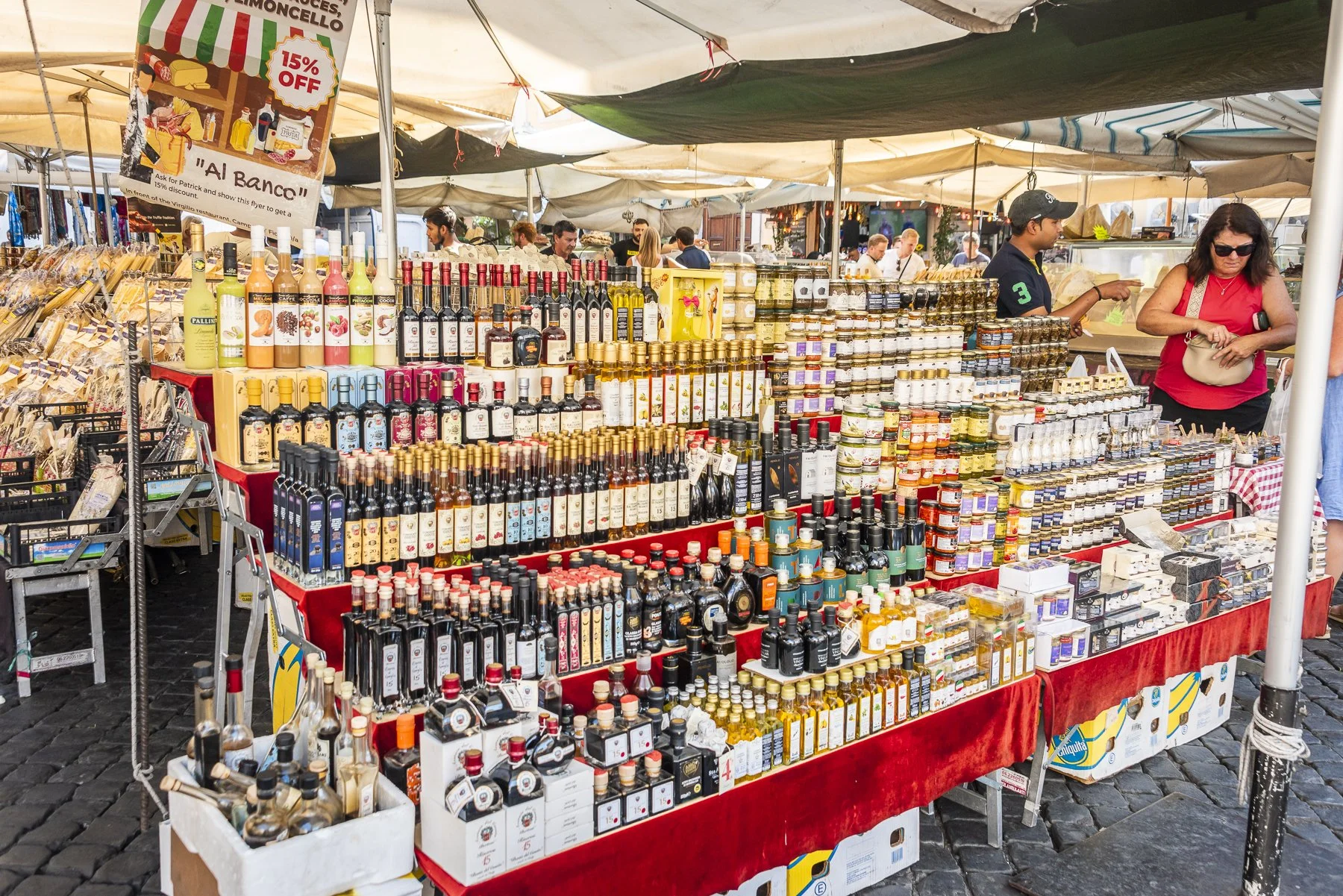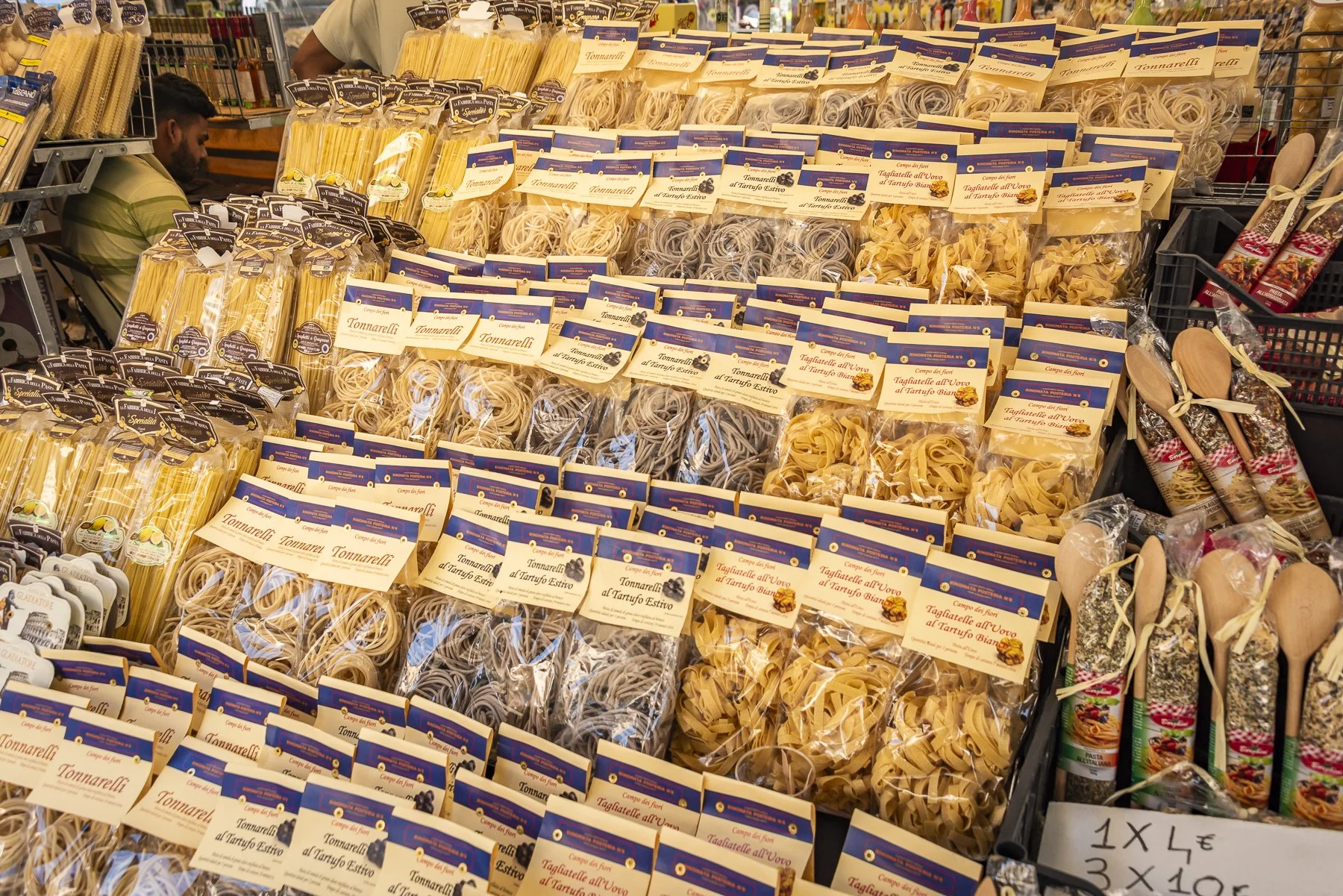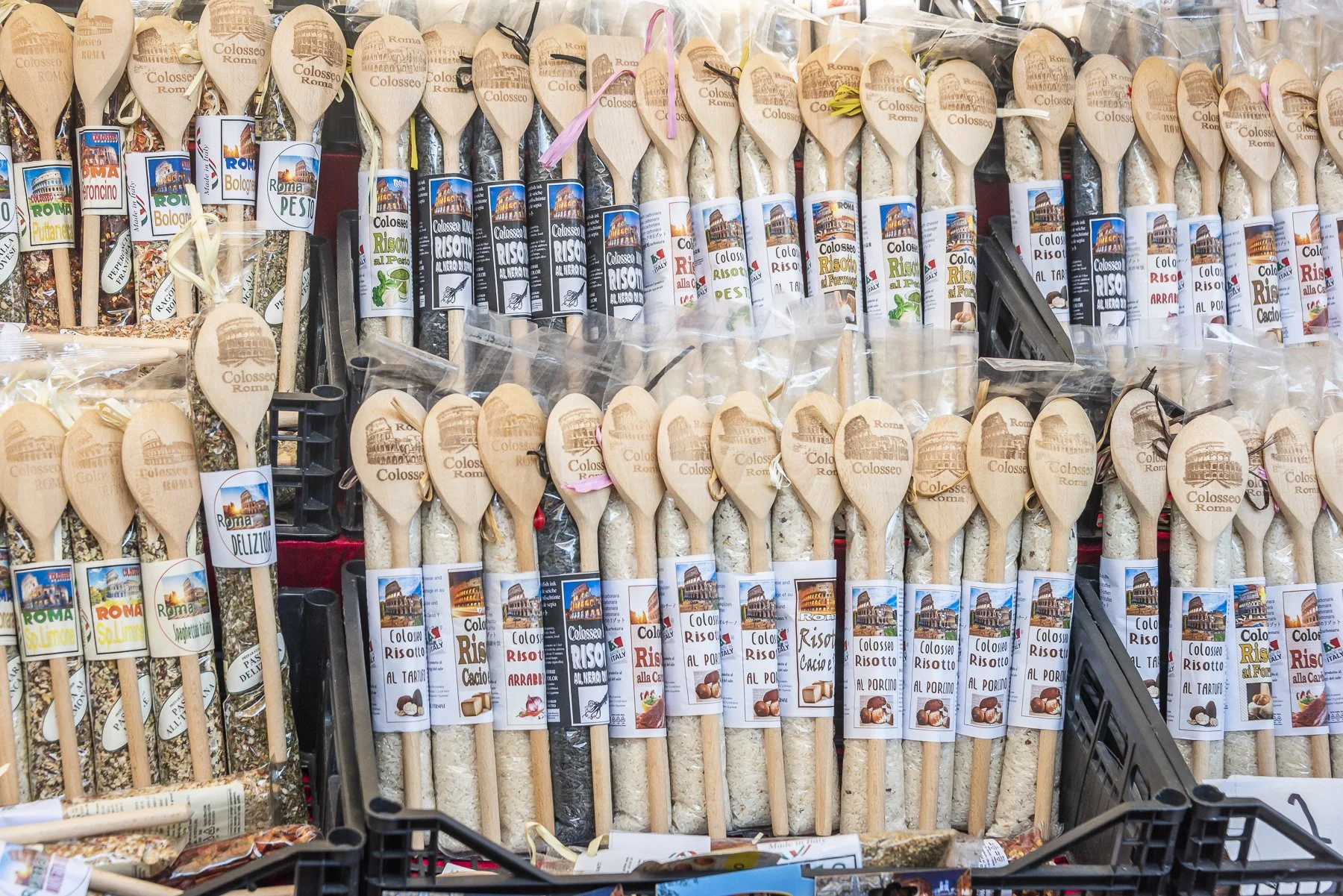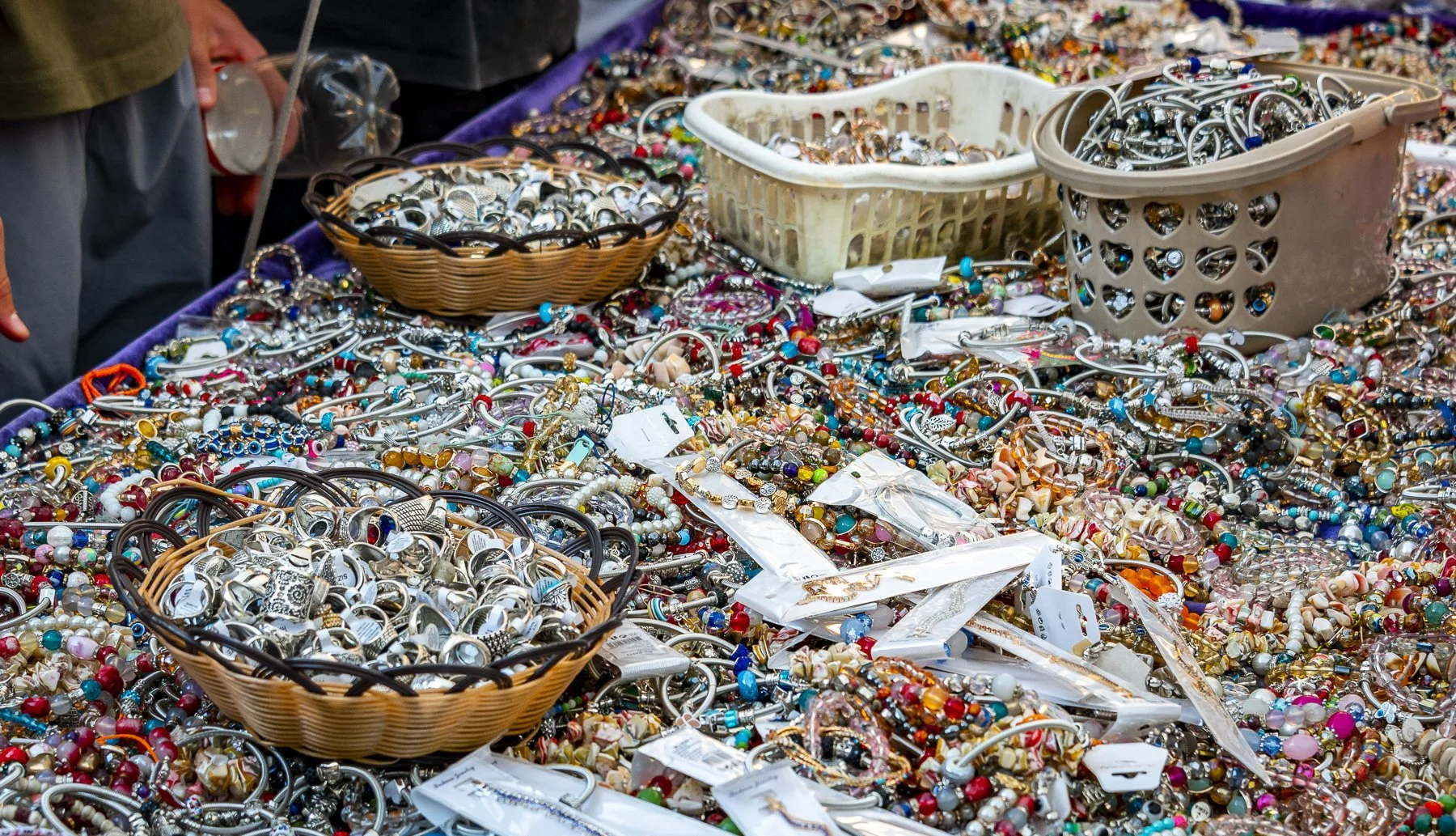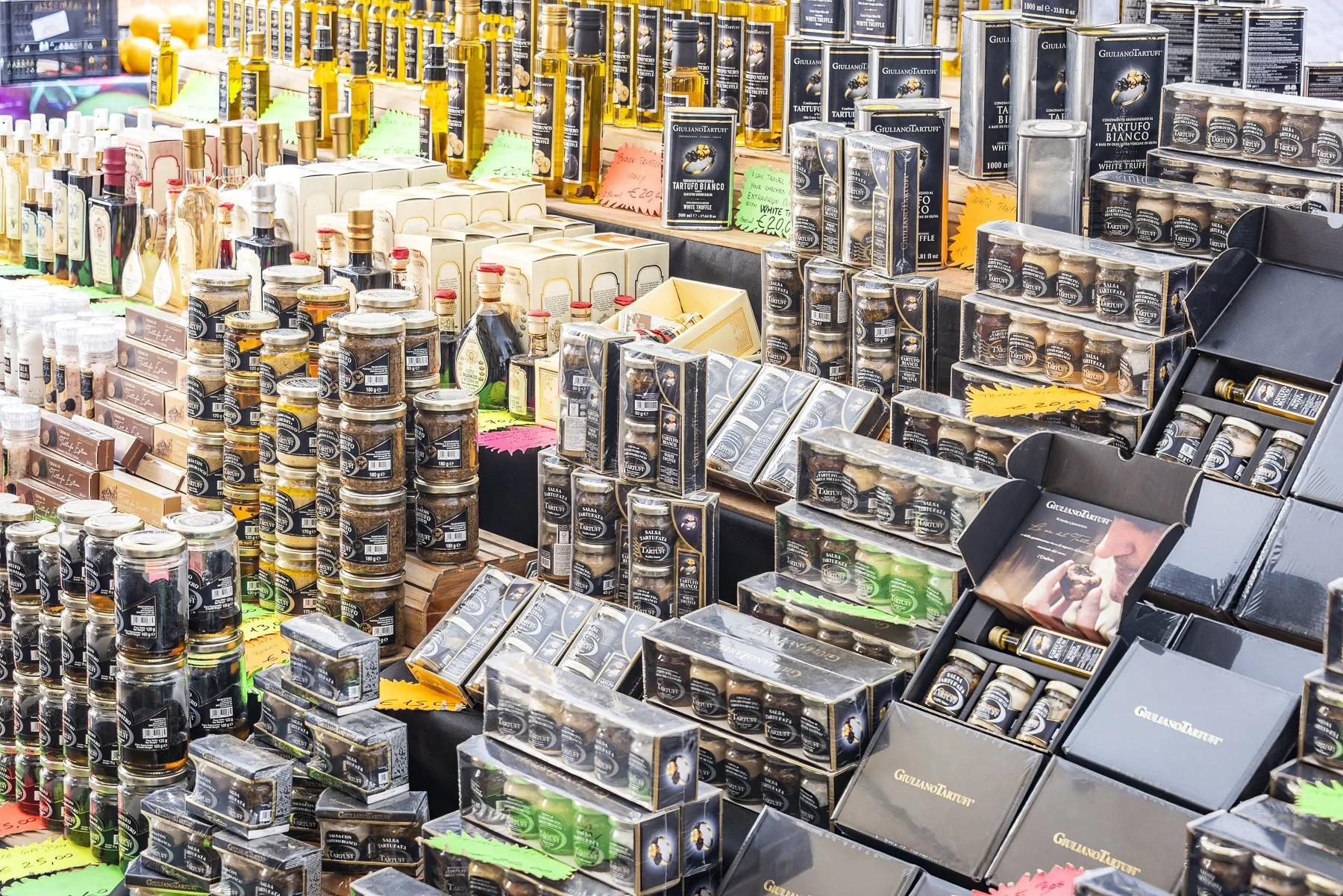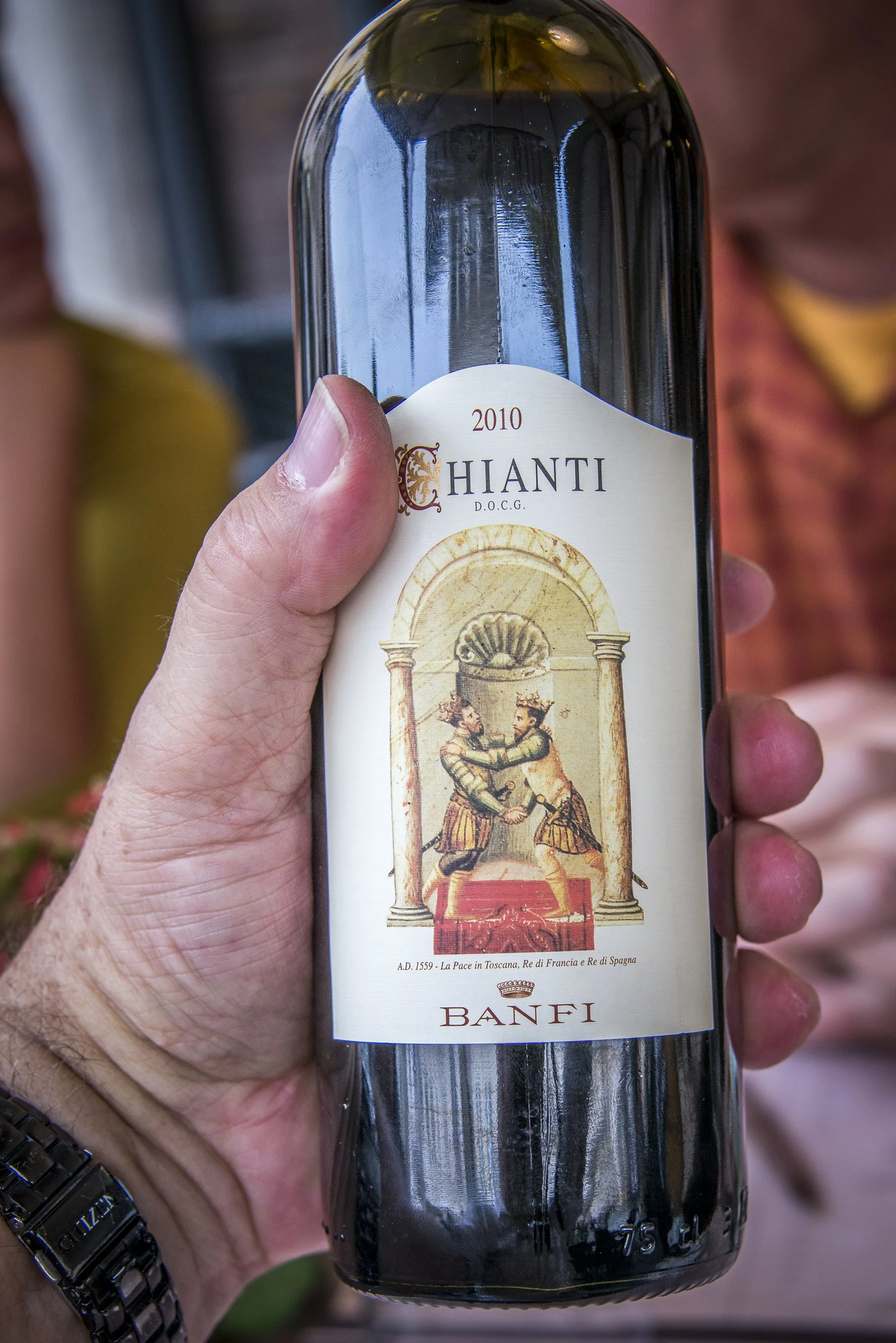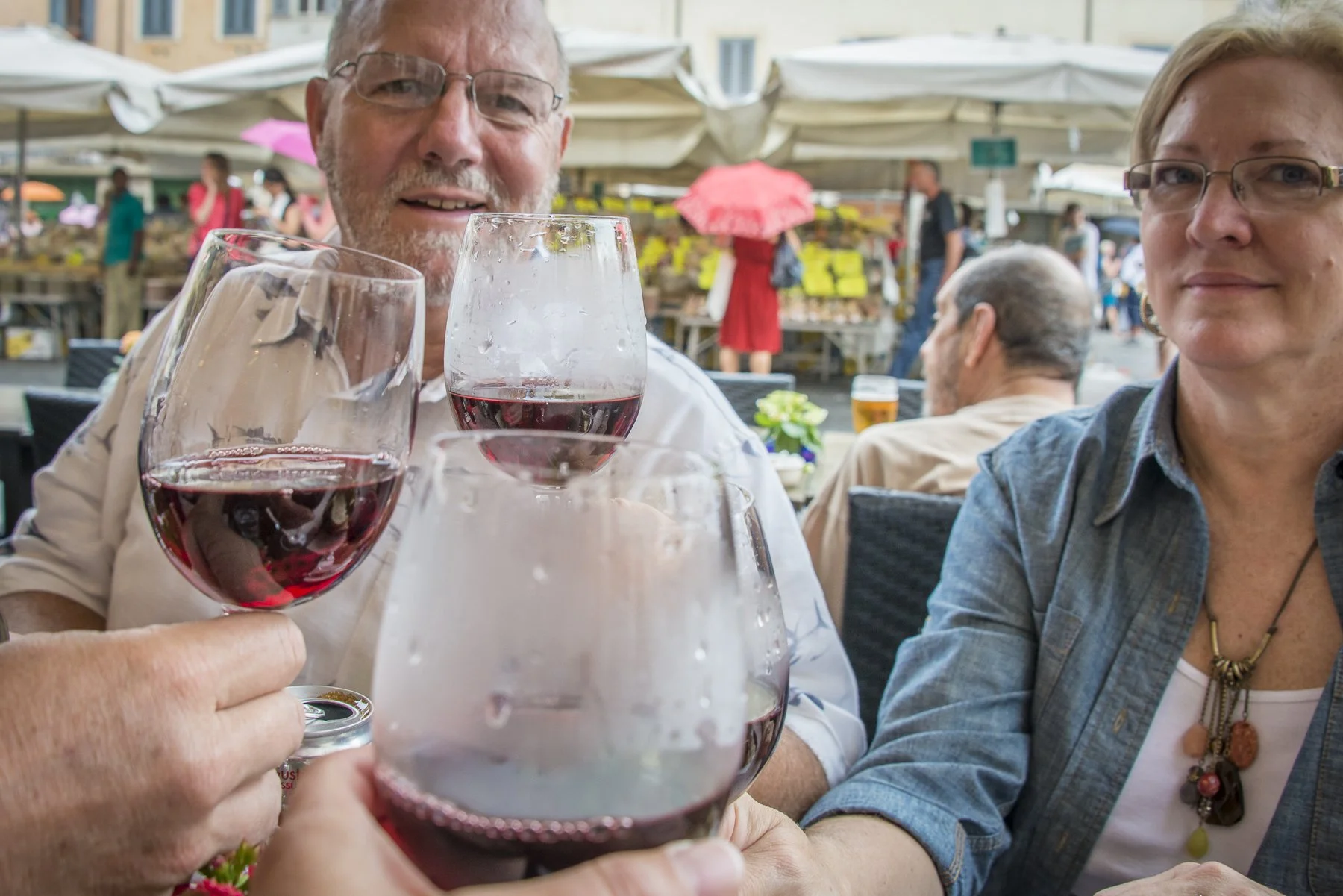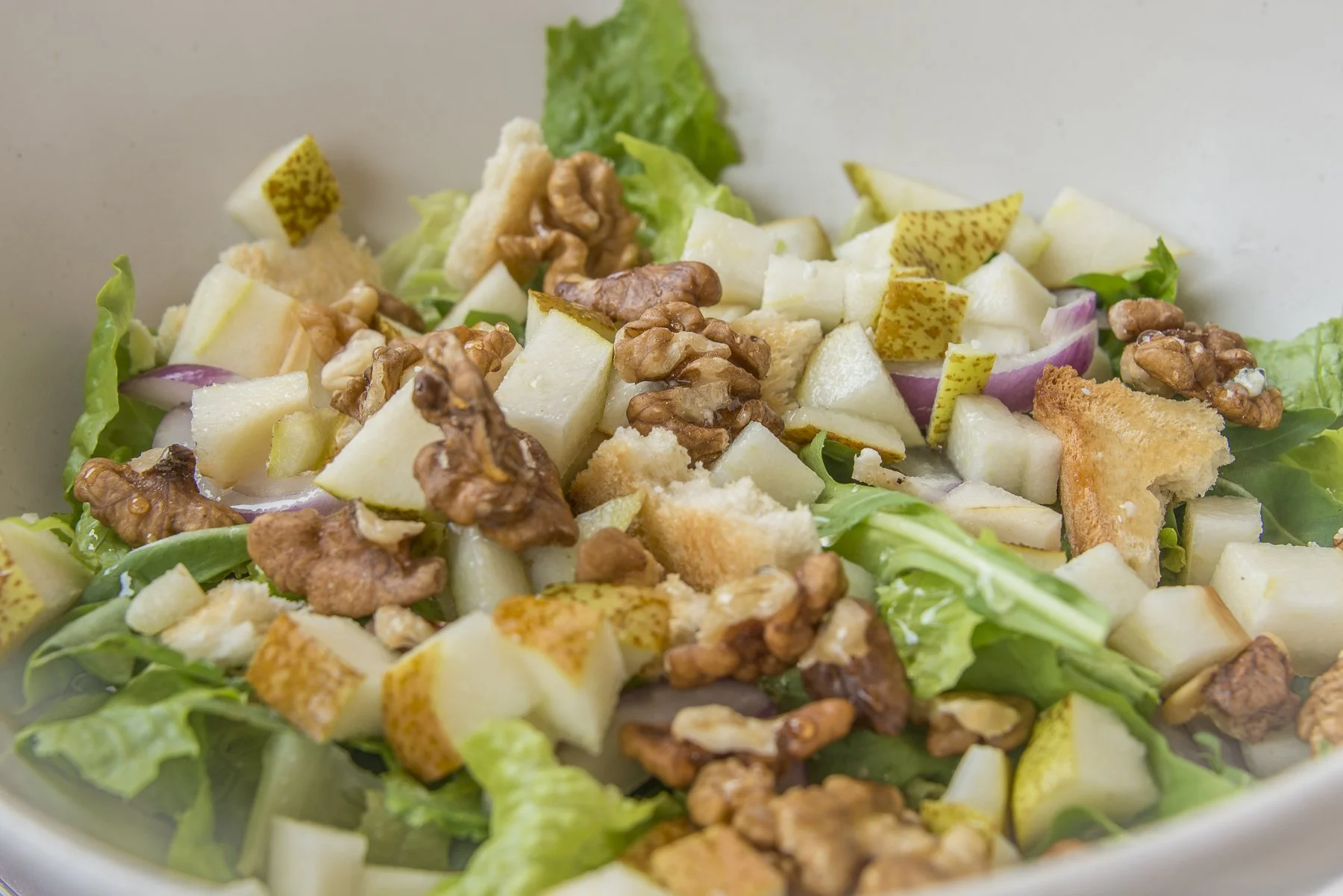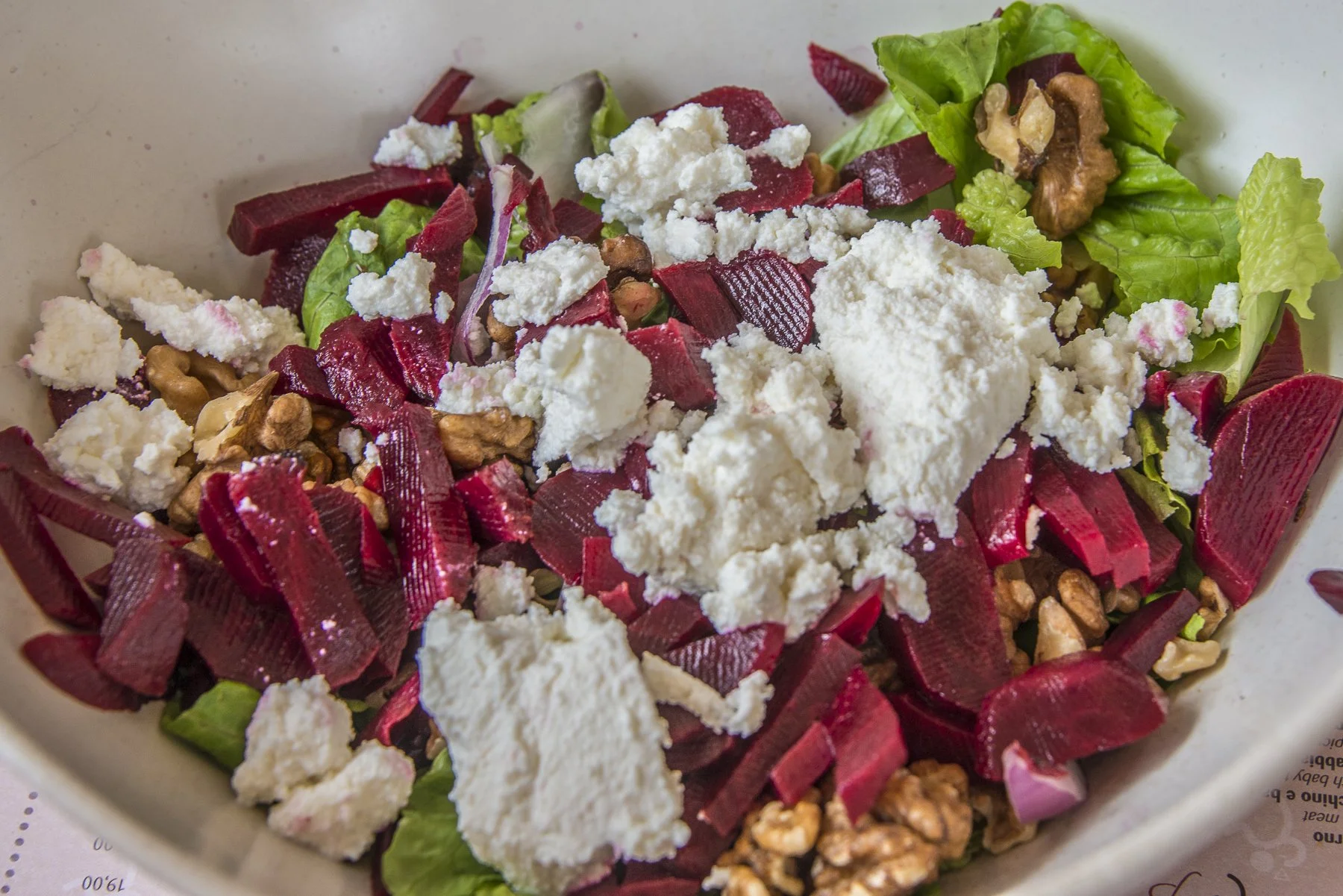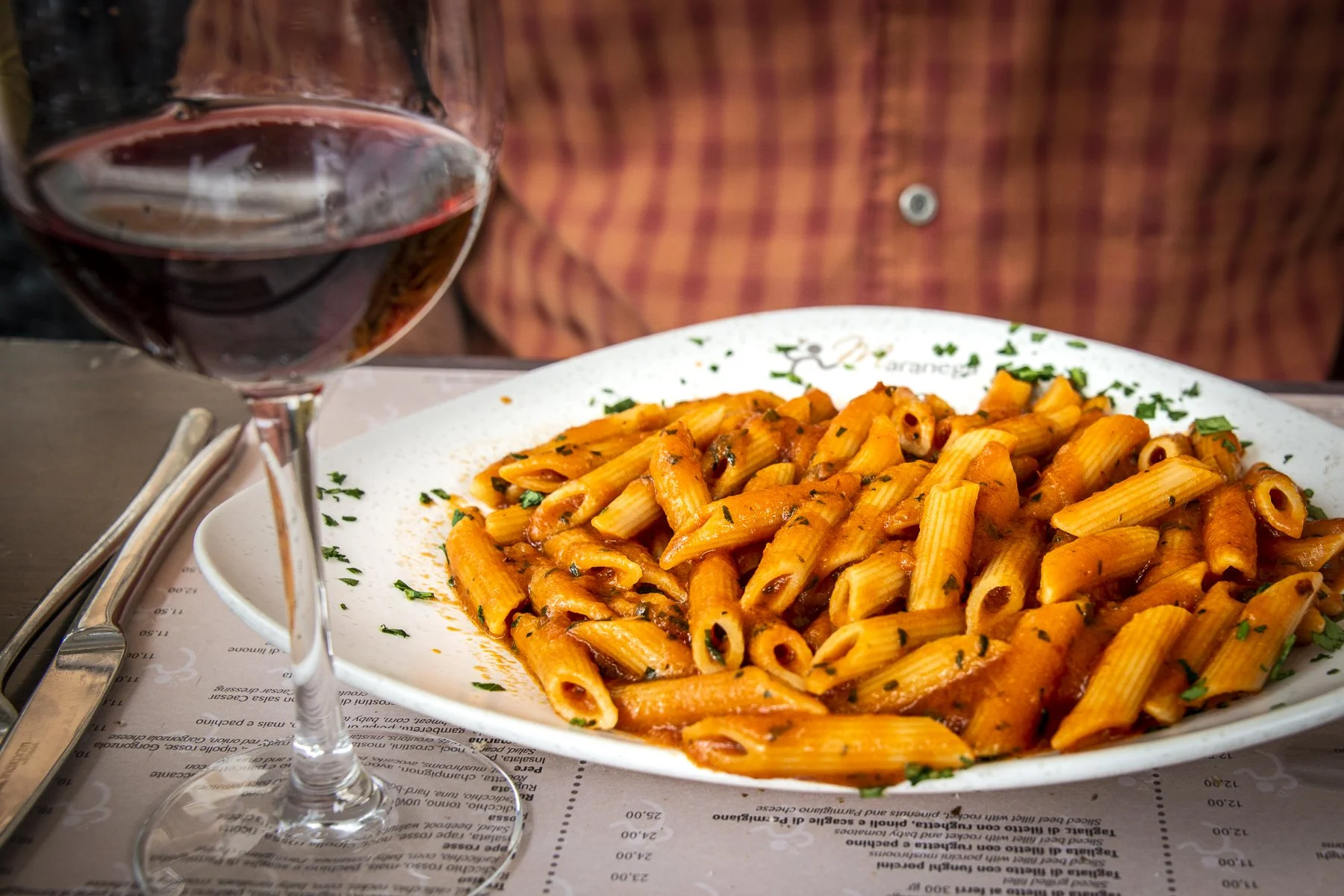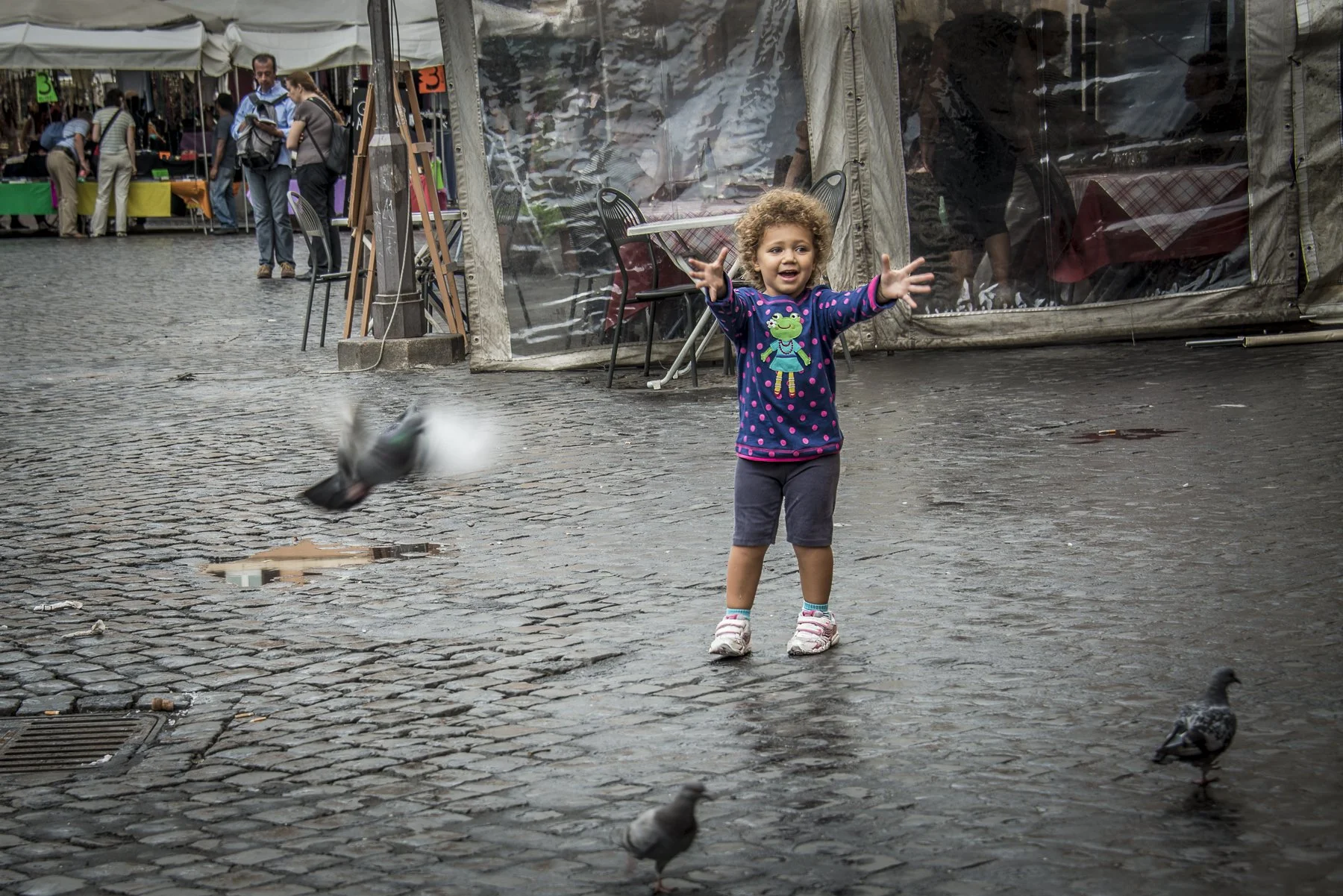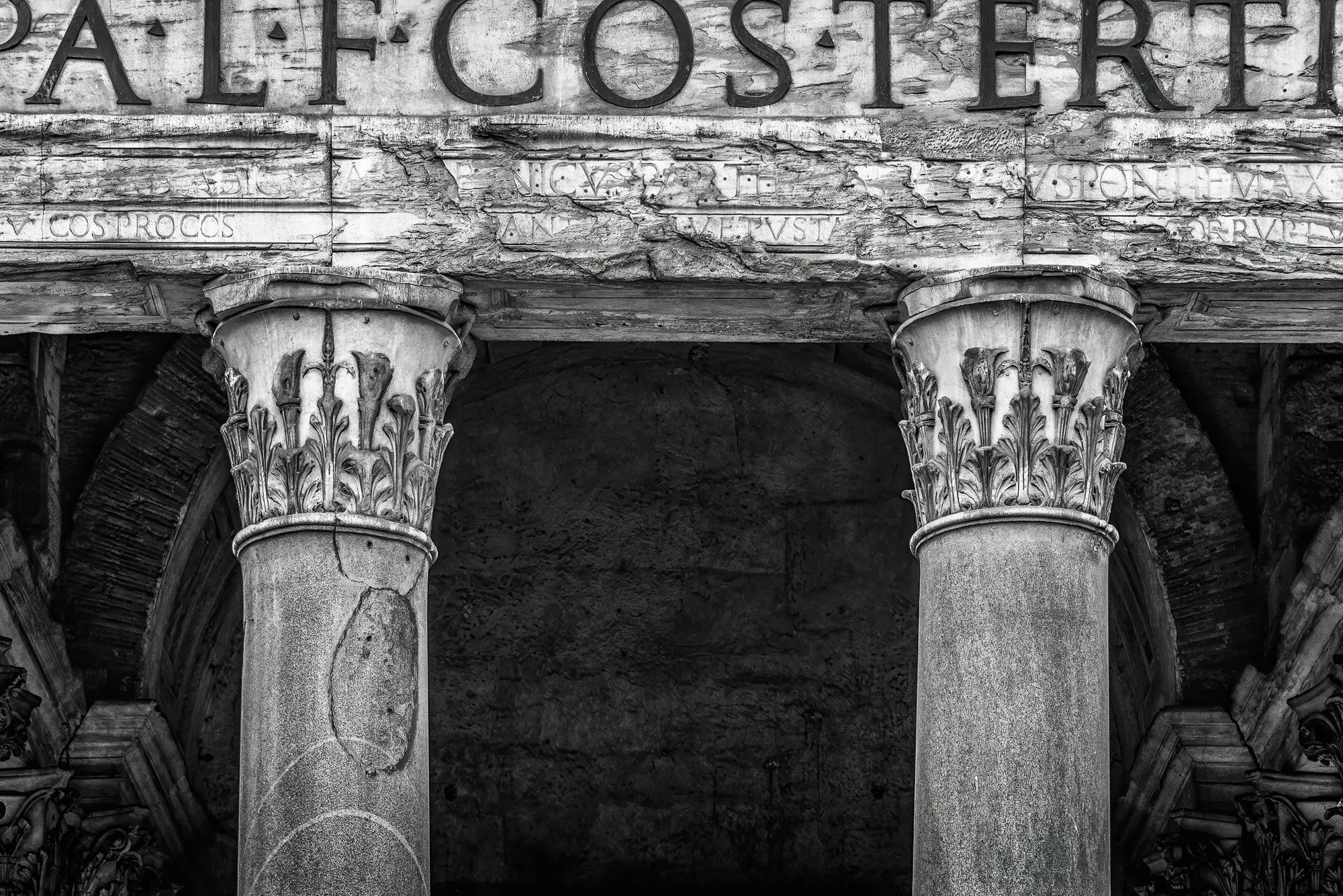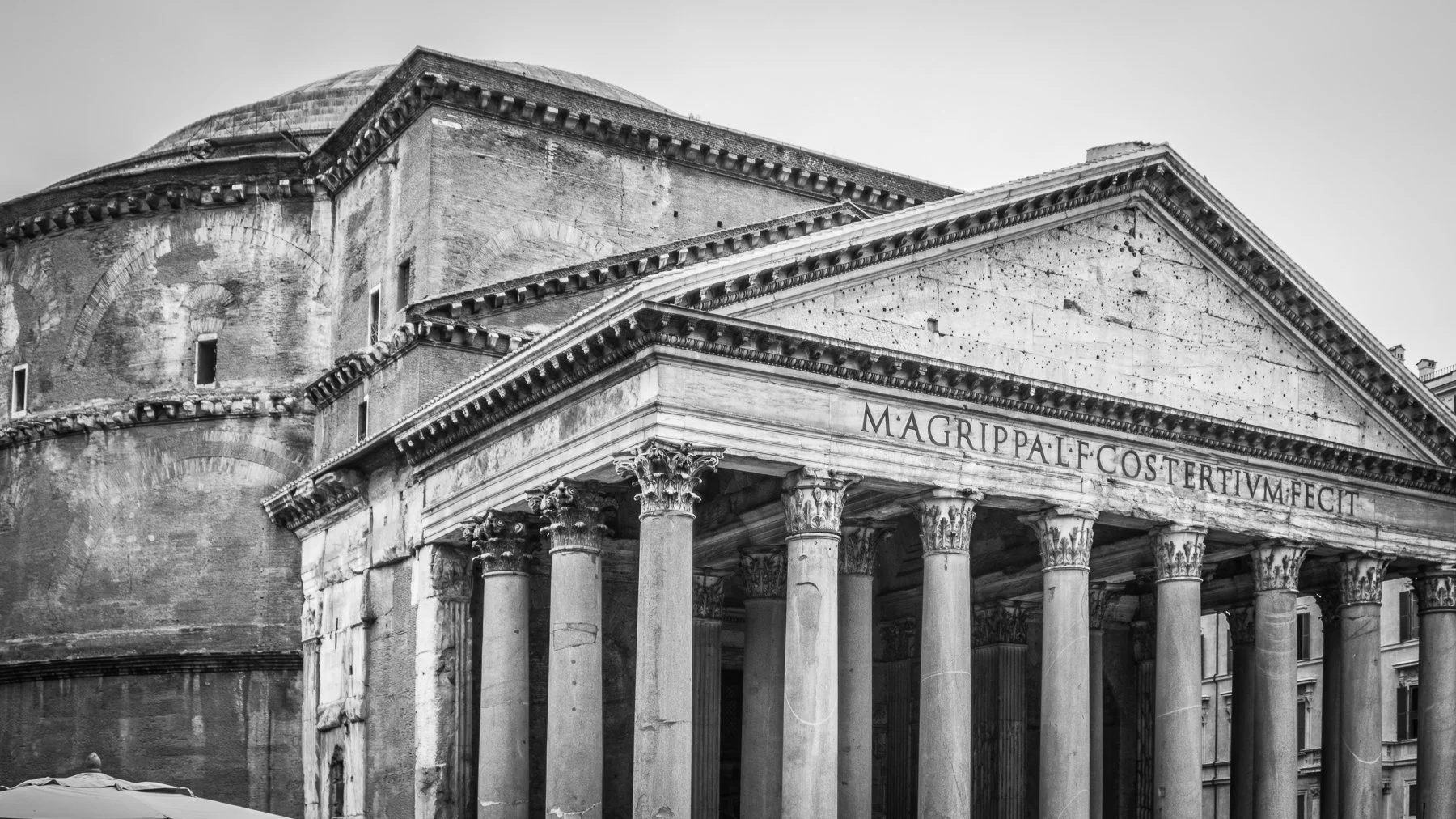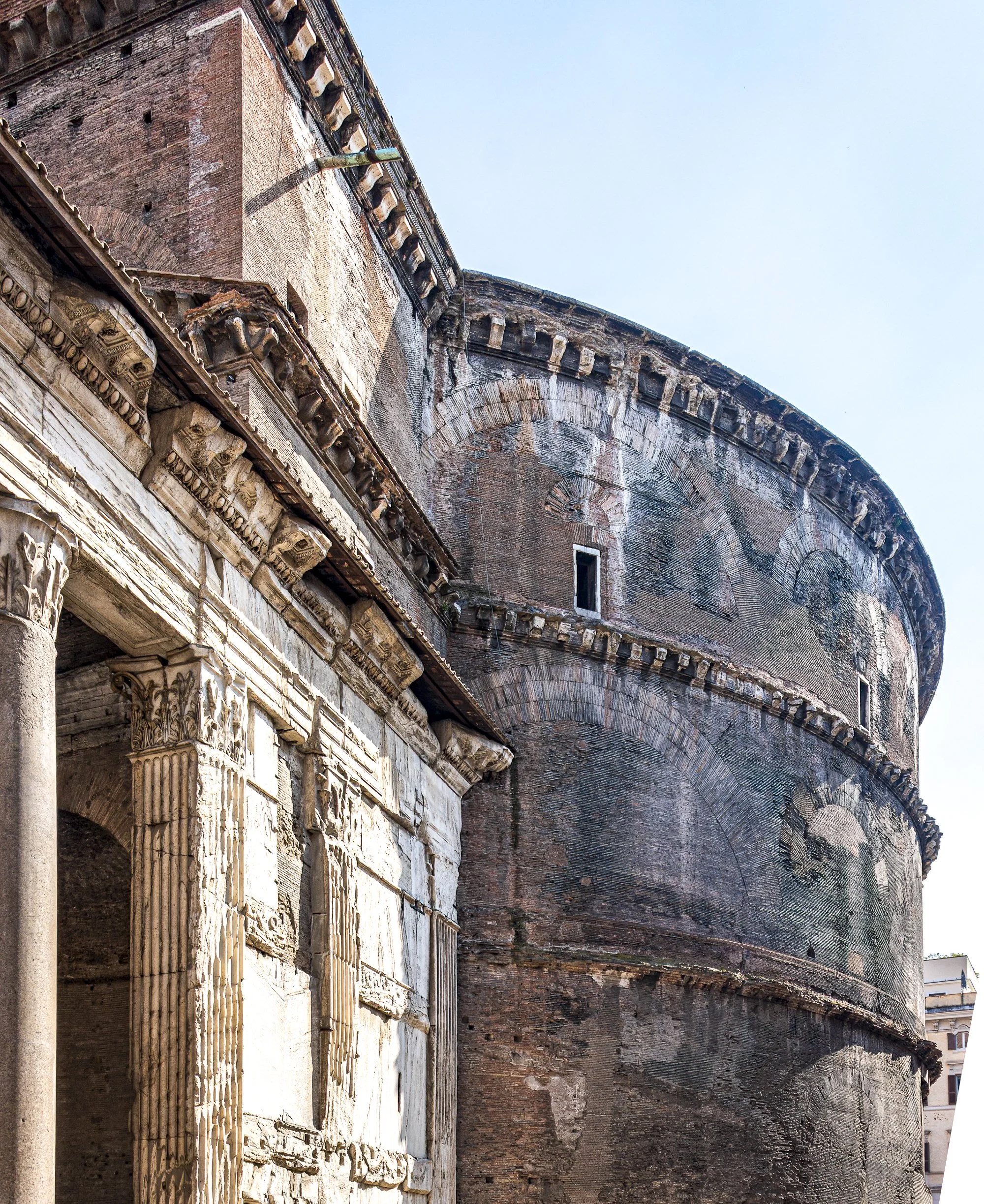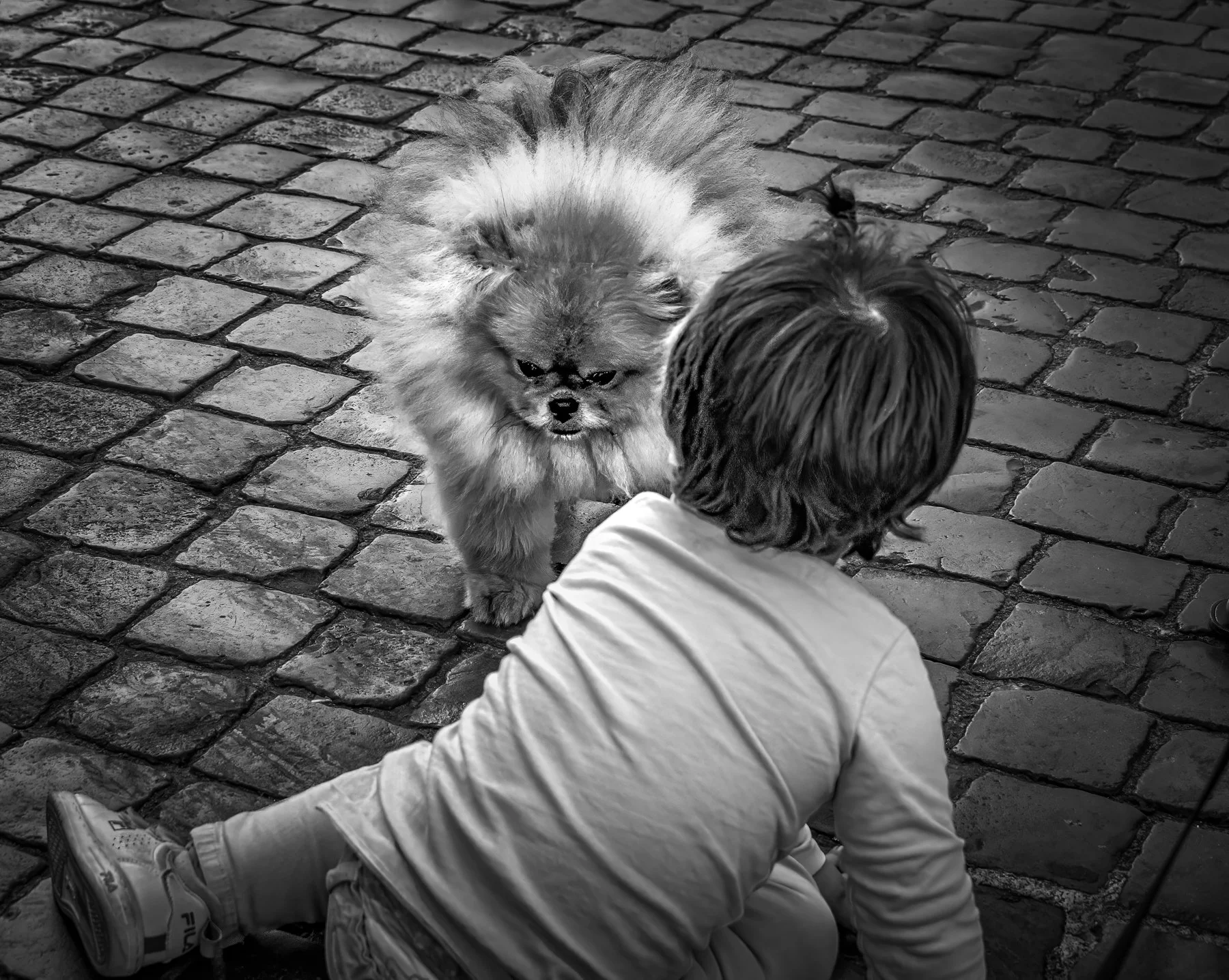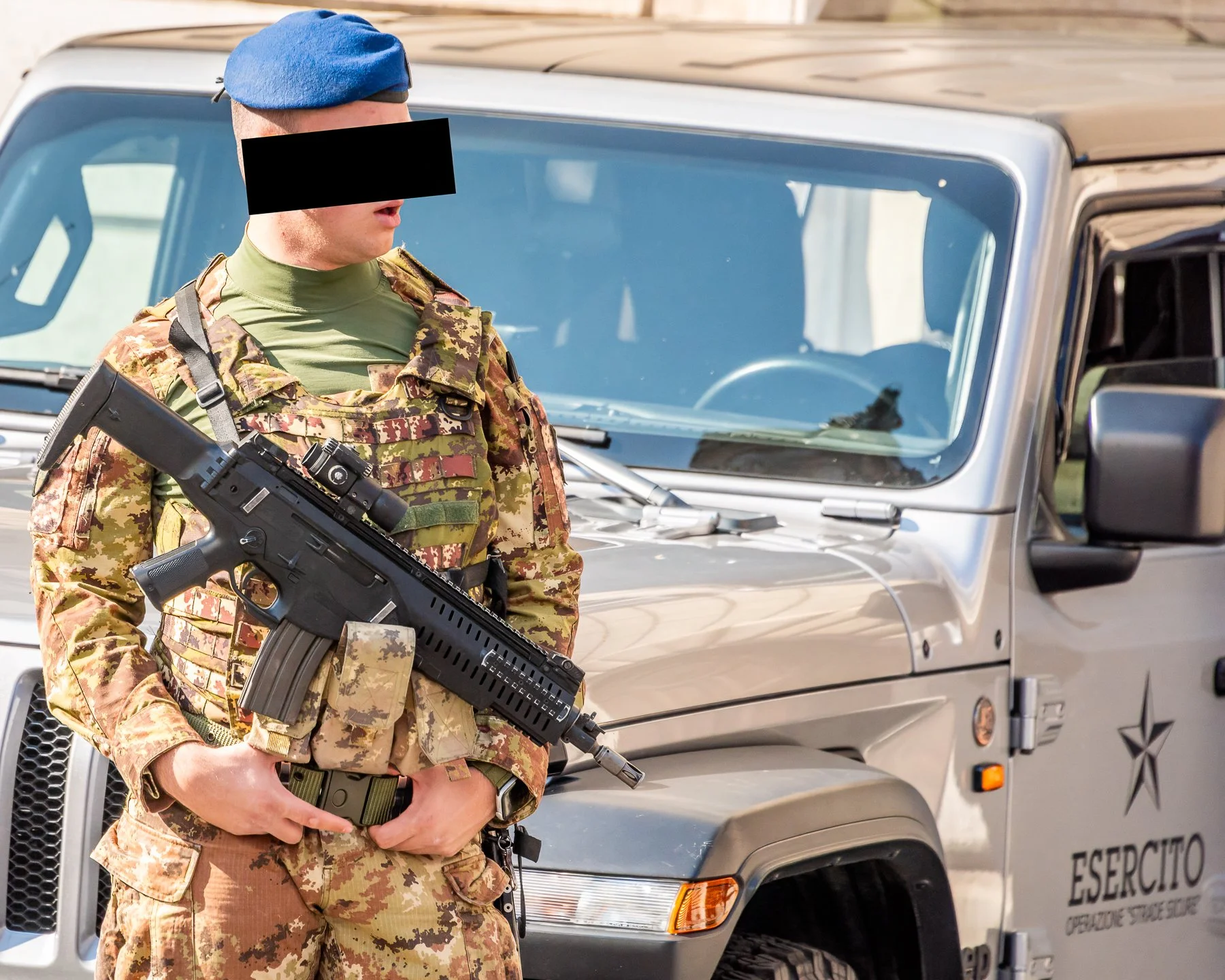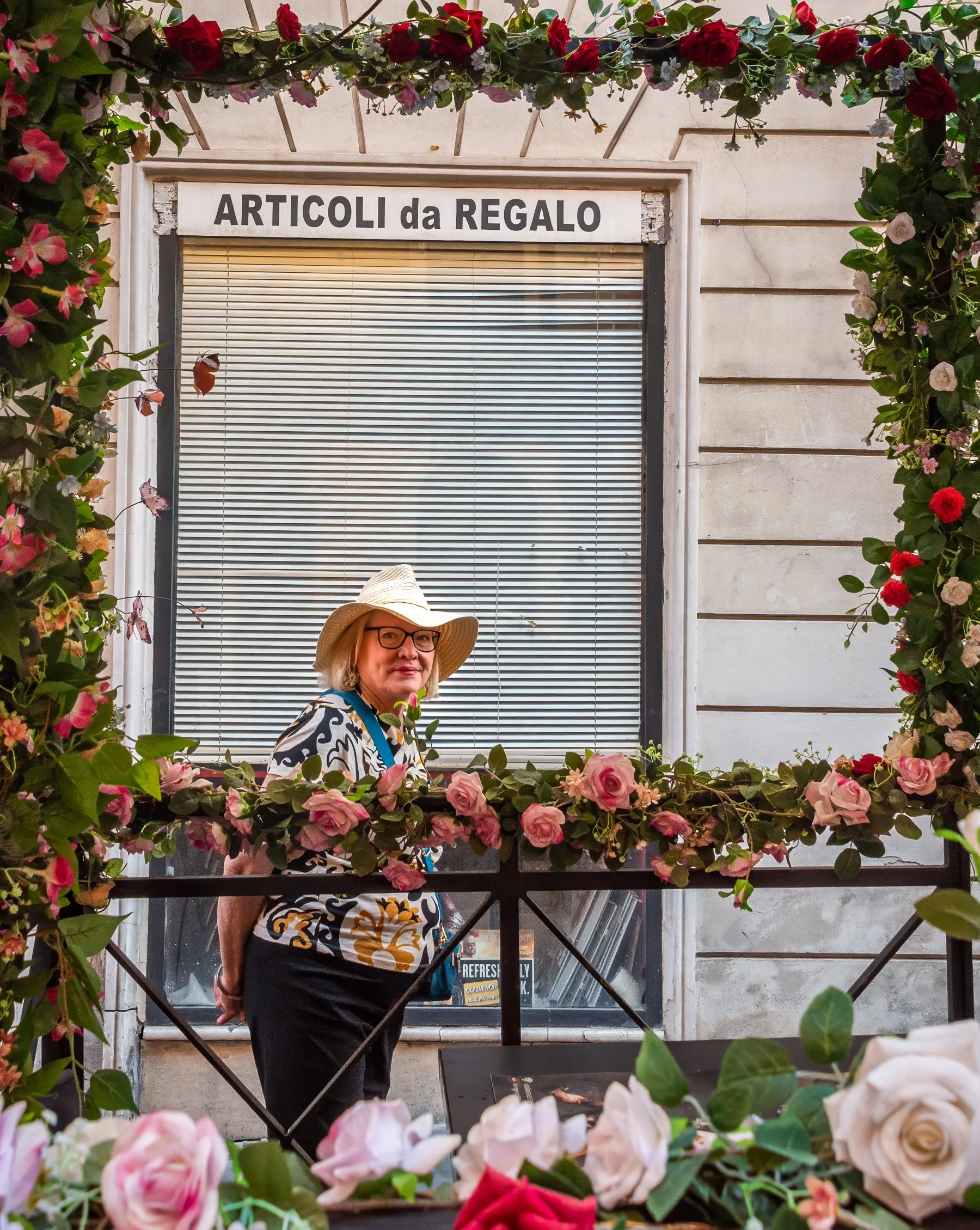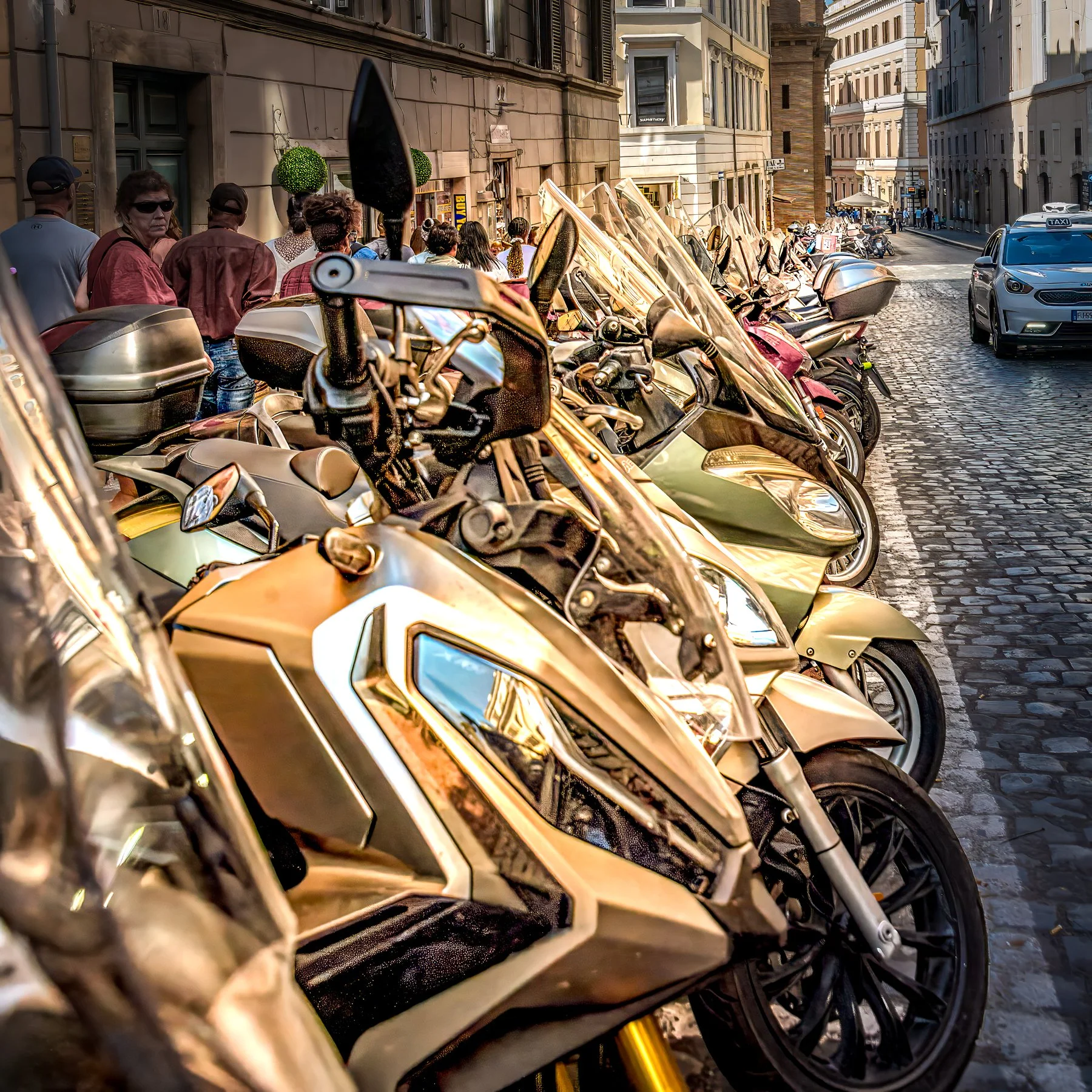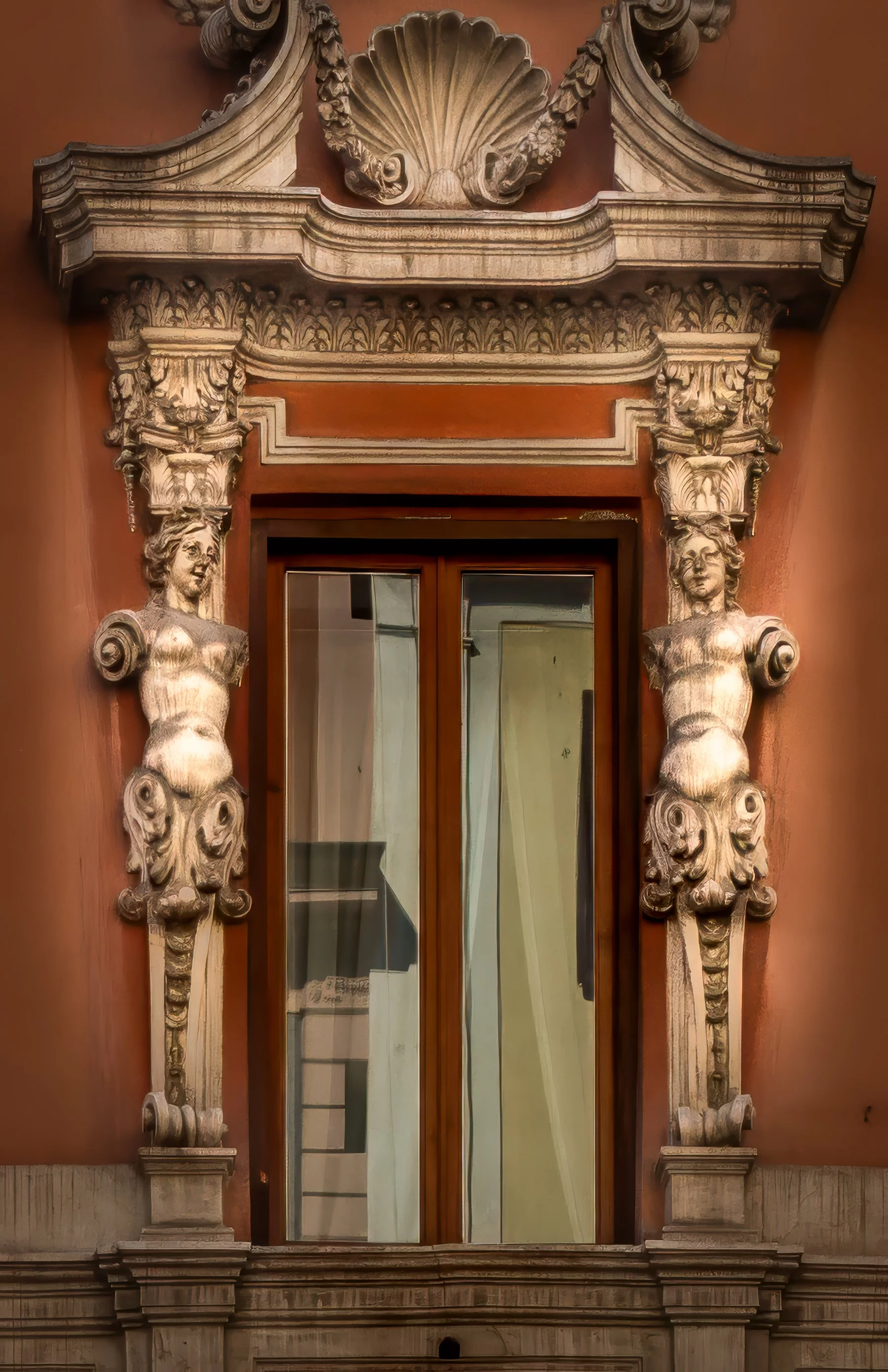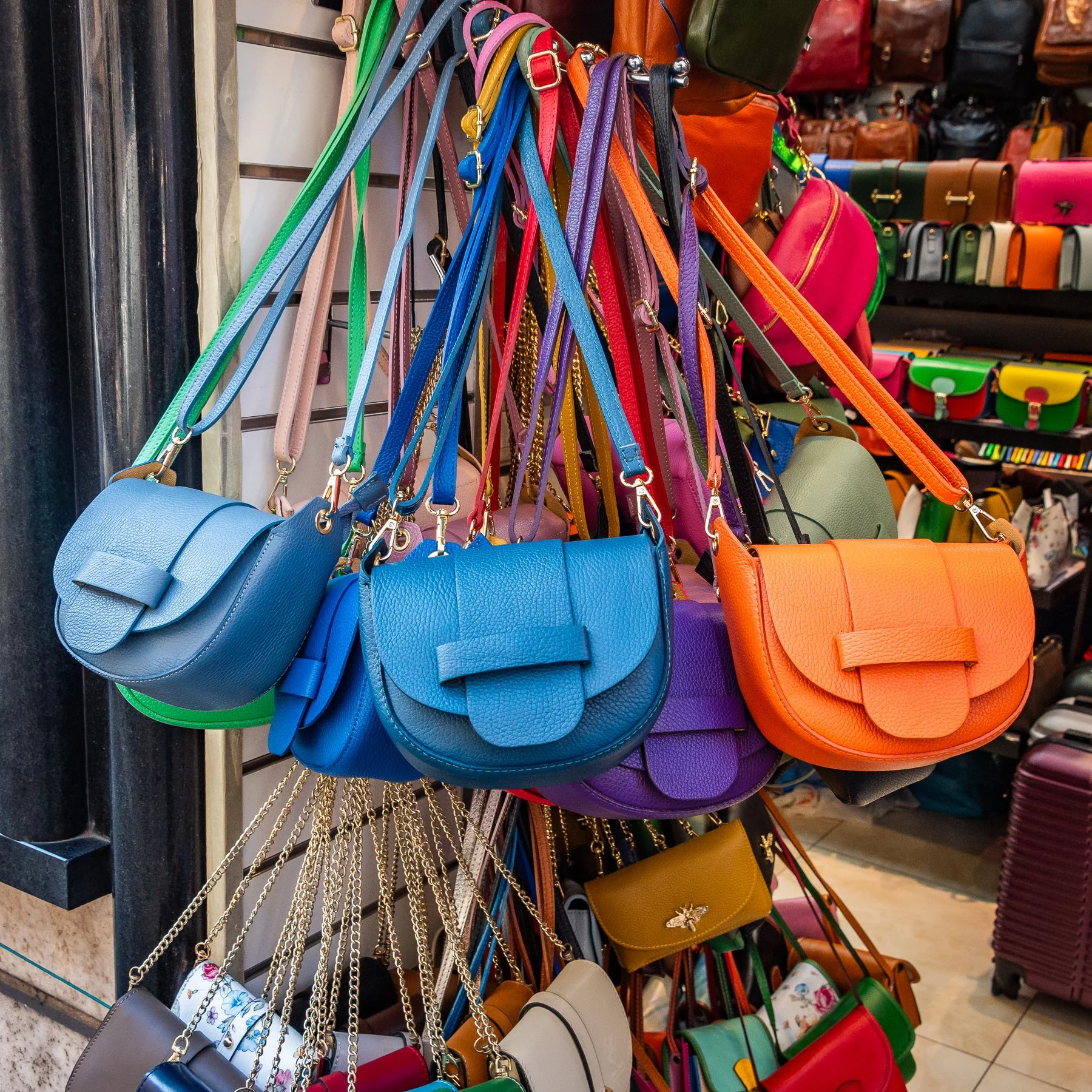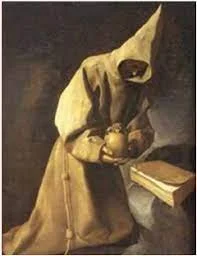This article is in regard to the safety of your possessions when traveling by train in Italy, and it is based on experience.
My mother had a saying that goes like this, “A word to the wise is sufficient”. It means that a wise person needs only a brief hint or piece of advice to understand and act upon the words.
“A word to the wise is sufficient”
And, I know that you are wise because you are reading these words, as you have most likely read many of the words on my ItalyOurItaly.com website before.
INTRODUCTION
What I have to say to you today is based on two personal experiences in Italy as we travelled by train…specifically awaiting and boarding trains. One incident was in 2000 in Florence, and the other was in 2023 in Rome. These will be characterized as “Incident #1”, and “Incident #2”.
INCIDENT #1 - Florence, Italy
As we had taken a taxi from our hotel in Florence to Florence’s Santa Maria Novella train station, and as I was trying to pull my wallet out of my hip pocket and struggling to do so, I finally managed to settle up with our taxi driver. The point here is that I had a very fat wallet with things that I wanted to keep in my possession.
We had eight travelers in our group celebrating graduation from high school in the summer of 2000. We visited Italy, or course…and also Switzerland and France. Besides Ellen and me, we had our son Dale and daughter Nicole, Dale’s buddy Greg, as well as Judy and Mike and their daughter Ginger. Except for this one incident, we had a wonderful time.
It all took place as we were getting onto our train and getting situated by looking for our assigned seats. As we climbed the stairs into the train, two train conductor-looking employees entered with us…at least we thought they were employees, because they were dressed almost exactly like employees with the dark slacks and light blue shirts, and each had a satchel over their shoulders much like, though not identical to, the actual employees.
As we congregated at the end of the car and awaited another group to get situated, the “Conductor-Fraud #1” in front of me stopped and made conversation about how crowded it was as he pushed back against me slightly to give those others more room to situate. It turns out that “Conductor-Fraud #2” was right behind me and was gently pushing from behind. What he was actually doing behind me was working the wallet out of my pants pocket. I had no idea, as it was all very friendly and nonthreatening due to the crowding, and our assuming that they were employees.
When the group ahead of us got situated, we began to move toward our seats, and it was just about time for the train to depart in mere moments. We found our seats and sat down. As the train began to move, I decided to place a carryon sized bag on the luggage rack near our seats, knowing that I could keep an eye on it as we traveled. As I was returning to my seat, I did what most all guys do as they carry a wallet in their hip pocket…I brushed my hand across that pocket out of habit. Rest assured that I had no suspicion that anything amiss had happened…it’s just habit. What I found was, absolutely nothing
I was infuriated. In my wallet were were my debit card (useful for Lira cash acquisition), a credit card, and some cash. The cash was Italian Lira, as it would be a year-and-a-half later that the Euro would be adopted on January 1, 2002 for cash transactions.
The rest of our group was also infuriated and the four of us males decided to find those culprits to get my goods back. We walked up and down the length of the moving train, getting everywhere but the engine it seems. No luck. The culprits were based at the Florence train station and they had gotten off to help out other luckless travelers as other trains were preparing to depart.
As soon as we debarked at the Venice Santa Lucia train station, I found my way to a pay phone. I called our bank here in Colorado, using their 24-hour hotline, which I had used several times and had memorized. I canceled my debit card and made sure that Ellen’s would still be available for garnering Lira. Next, I was directed by station employees to an American Express office that happened to be just a few feet from our hotel lodging. Within 2 hours, I had cancelled the old card and was issued a new card with a new number. Very convenient indeed!
It turns out that all I was out of was a wallet with cards and cash…as I had not taken my driver’s license and my passport was secured within my trousers with a belt-like device…not handy for quickly getting to one’s financial items for purchases, but safe from thieves, as I would definitely have noticed that. And luckily, we did not have to get physical with the culprits because Italian law gives them a good bit of protection from those that they themselves are in the process of accosting.
Thus ends INCIDENT #1. The word to the wise is to not trust your eyes when you are boarding a train, and be aware of persons you were in the process of trusting who may be trying to garner something of yours that you would like to keep. In a 2012 trip with Debbie and Scott, knowing what had happened in Florence, we were hyperaware as we rode a subway train in Rome. Scott and I even arranged a phrase to state loudly should one of us find that we are in the process of being accosted, or the other sees that it’s happening. That phrase to be said loudly was “Go Buffs!”. Those of you in Colorado would know that this applies to the University of Colorado mascot, which is a buffalo.
Incident #2 - Rome, Italy
We are in the main train station in Rome. This station’s official name is, “Roma Termini”. I would think that “termini” would translate to “terminal”, as in this is the end of the line (however, all of my research says it means “terms”, as in the terms of a contract).
Often, one will be in a train station where the train track passes through the terminal area on the way to the next destination. That would not be a terminating terminal station…so maybe we could call that a “whistle stop” station, and there are plenty of those in Italy. As you can see from the photo, all trains entering the station terminate there…at least until they debark and embark passengers and then head back out the other direction to their next destination through a system of interconnecting rail lines.
Here is a photo of the Roma Termini station from above.
Roma Termini Station
We are now in the station and we are looking at the “train board”. This board will show you a destination, the time of arrivi (arrivals) or partenze (departures), and the binario (track) that the train will occupy as it debarks and then embarks passengers. Typically, as in the photo below, you may see the arriving (in arrivo) trains on the left side of the board, and the departuring (in partenza) trains on the right side. As we are departing for Siena, we are looking at the right-hand side of the board. By the way, this is a stock photo and not one that I had taken…otherwise I would have shown more detail regarding the arriving and departing trains.
Roma Termini Train Board
You can see yellow signs with arrows letting you know which way you would turn after you enter the track area through the entrance dead ahead and under those yellow signs.
Here is a very important thing [which led to our demise]: You have to stare at the train board to see which binario from which your train will depart. You can see six columns on the right side of the board. The trains are listed by their time of departure. As our train to Siena is initially listed at the very bottom of the list, it will creep up as the earlier departing trains make their departure. As your city’s listing gets closer to the top, at some point the binario number will appear as a number on the sixth/last column on the board. Once your train’s binario number appears, it is time to scoot. Notice that there are 29 tracks here, according to those yellow signs. The trains are very prompt in their departure as listed on the board (which due to delays along the route, may not be the time that was advertised when you bought your tickets). When you scoot, you will need to scoot left, right, or straight ahead.
So, once your train works its way up near the top of the list, you must be vigilant as you wait to see the binario of your train. They debark and embark quickly (as we learned in Incident #1 - Florence). Don’t take your eyes off the list. Uh oh…that staring at the train board means that you are not also staring at your luggage!
Here is what happened. Four of us were standing watching the train board with our luggage resting around us, mostly right in front of us, but a few items were just out of our peripheral vision. Marsha and Ellen were resting their knees on a bench about 30’ away. They kept an eye on us to see when we might start to make our move. That is when Accomplice #1 went into action. This was a female who had the look of a typical Italian gypsy who wanted to procure a handout. She engaged Marsha and Ellen in conversation in a way that they were no longer looking in our direction at all. Now comes Accomplice #2, whom we never saw, obviously. He walked right behind us, grabbed a large rolling suitcase with a duffle threaded on top, and just kept right on walking. This bag, and a couple of more, were out of that afore mentioned peripheral vision. The layout of the situation had put me just a bit at ease, as just 5’ behind us was a glass wall and an information kiosk occupied by two persons. That 5’ wide ally-like area allowed Accomplice #2 to just stroll along, grab the two bags, and keep on walking with no hesitation. Accomplice #1 had done her job, and she now disengaged from conversation with Marsha and Ellen.
None of suspected that a theft had taken place…if we had, we would have raised a ruckus then and there. Now as we continue to watch the train board, we see that our Siena bound train has neared the top of the list and a binario number is visible. We start to gather our luggage together to move out to the train. Marsha and Ellen now join us and Ellen is a bit dismayed as her luggage is nowhere to be seen. We all take a gander around us and Ellen’s luggage is not there. We now know that we have been burgled. At the same time, our train has debarked and is beginning to embark Siena-bound passengers.
What do we do? Ellen saw no point in waiting, finding the polizia, missing our train, ruining the day’s plans for everyone…not just herself. We headed to our train with a heart that has now completely sank with the reality that all of Ellen’s clothing, jewelry, hair and makeup items, etc is gone…forever. The ride to Siena may have been scenic, but Ellen and I were not in the mood to observe it.
We decide to seek the help of the polizia in Siena to see if any justice can be had. Maybe the Roma Termini polizia can be contacted to review security camera footage. We doubted that we would ever see Ellen’s possessions again, but perhaps the Accomplices would get caught. We decided to go to both the state and provincial poliza in Siena with our story…but to make that long story short, there was no interest there.
We had two more weeks left in our Italy trip. Much of that time was spent looking for dresses, slacks, shoes, make up, and other women’s items. Those goods were not only essentials now, but they served as souvenirs, too. Oh, and let’s not forget that we need another large suitcase…one that we will certainly keep an eye on for the remainder of the trip…and future trips.
Conclusion
You now have several words above directed to you, a wise person. The conclusion is simple: Be Aware of your surroundings when you are in train stations, on trains, and such. There are people out there in every country who want to take advantage of you to get your possessions.
We are much more cognizant now in our travels. One thing that we have always done when traveling by train is securing our luggage with a cable with a combination lock. Train luggage storage for suitcases are at the ends of the train cars, close to where you enter the train, to make it ease for you to grab your bags as you depart. This would be a prime location for someone to just walk by and snatch your things. So, please get a cable with a lock for your train travels.
Yes, below is our actual luggage, which includes Ellen’s new red suitcase.
A Parting Shot!!!
Yes, I now give you the parting shot (as in photograph) as Ellen was protecting her new luggage as we departed Florence (Firenze) for Venice (Venezia). Marsha and Jason are celebrating Ellen’s new defensive train-station security actions.
Thank you for spending time (it took me only 10 minutes and 36 seconds) to read through these words to your wise self. If you have had your own train-theft incidents, please advise all who read these words in the future by using the Comments section just below.
I’ll say “Ciao for Now!” as I try to remember the combination to my luggage security cable. Hmmm, I should have written it down somewhere!
Steve
If you did not reach these words through an Italy, Our Italy blog subscription, then please click here

